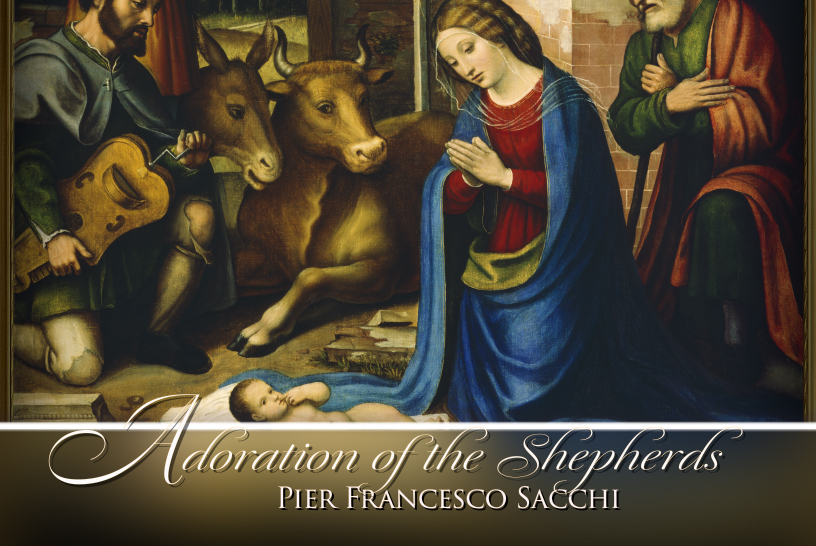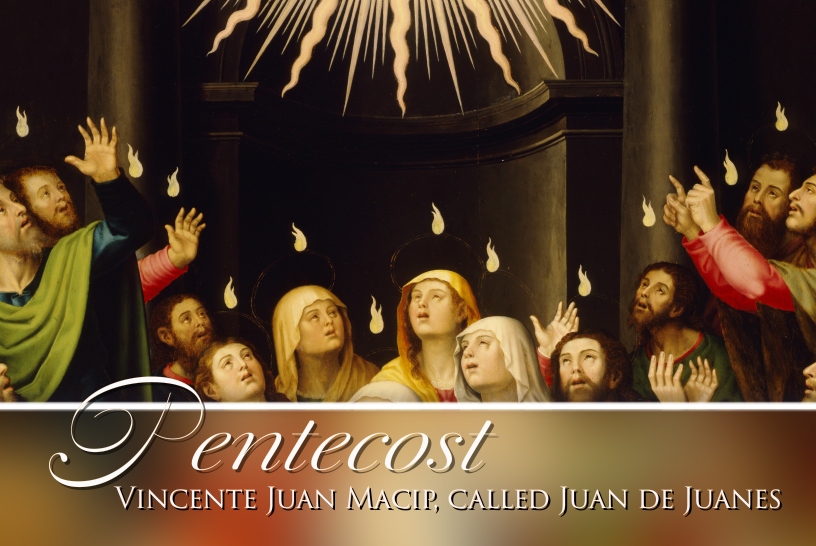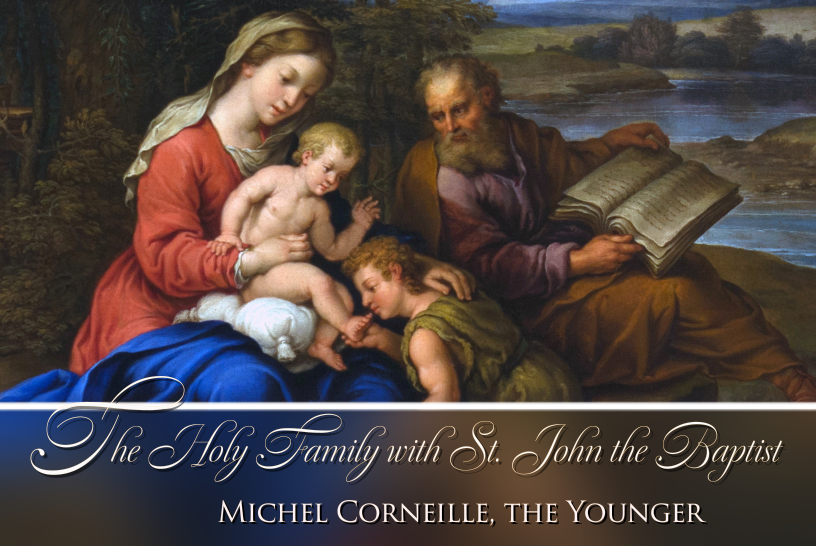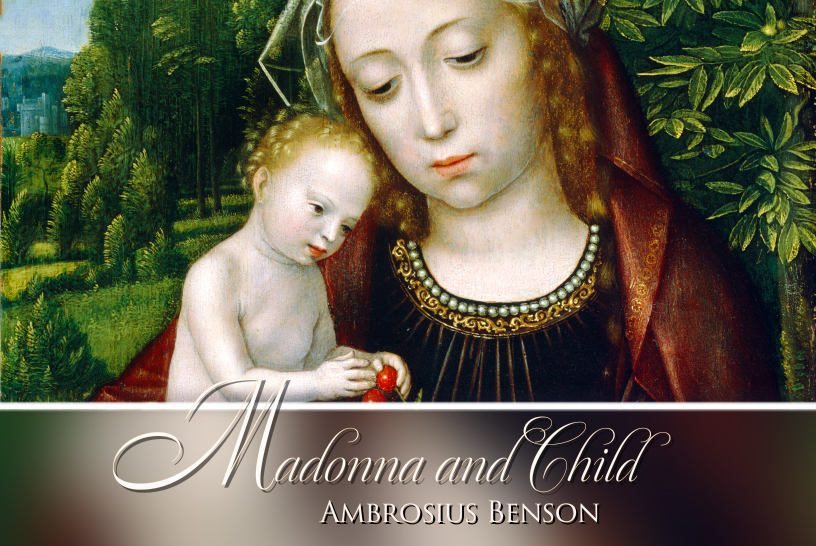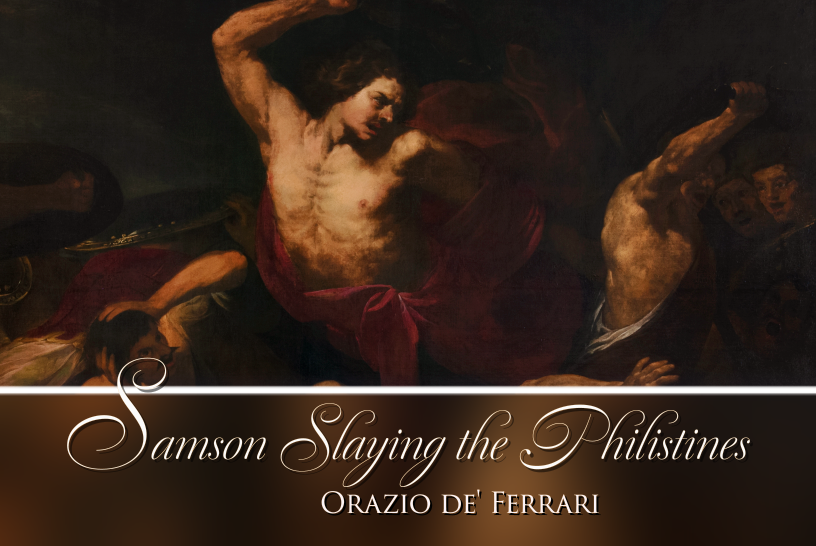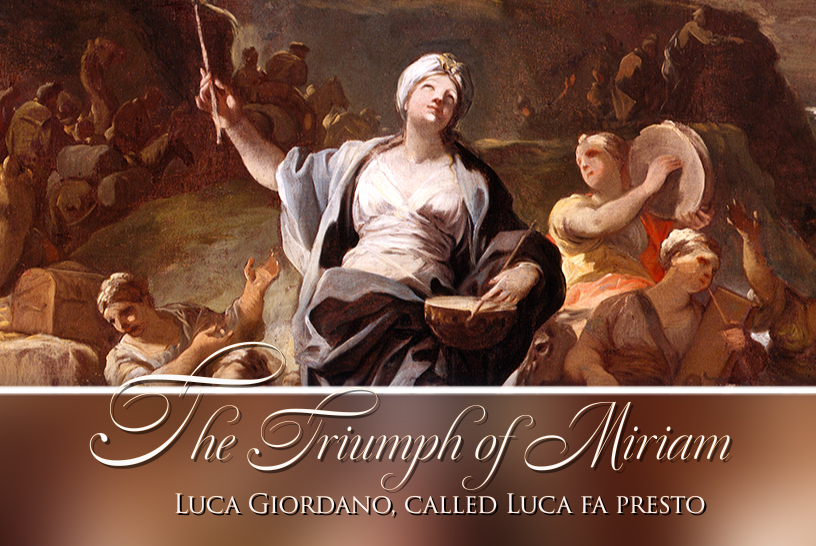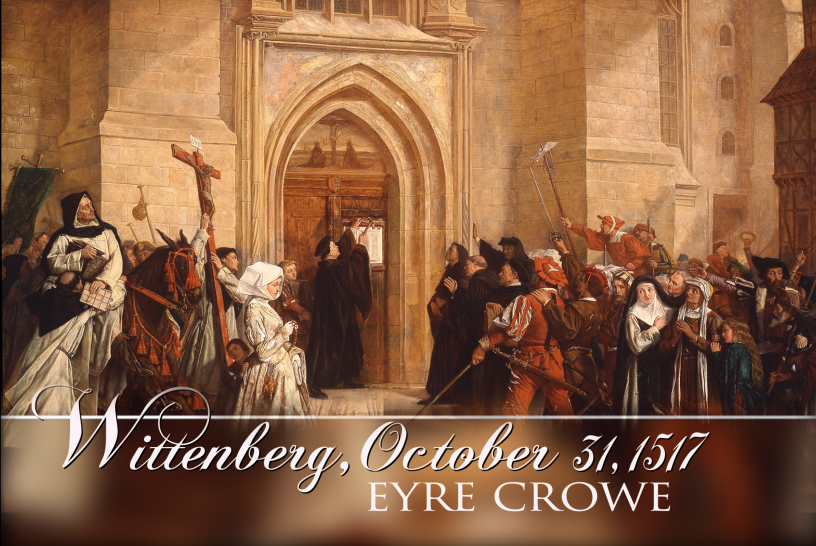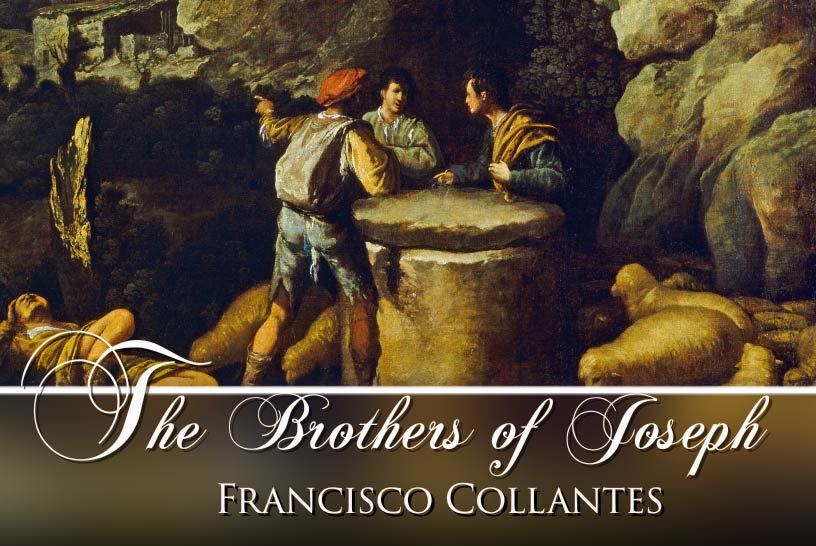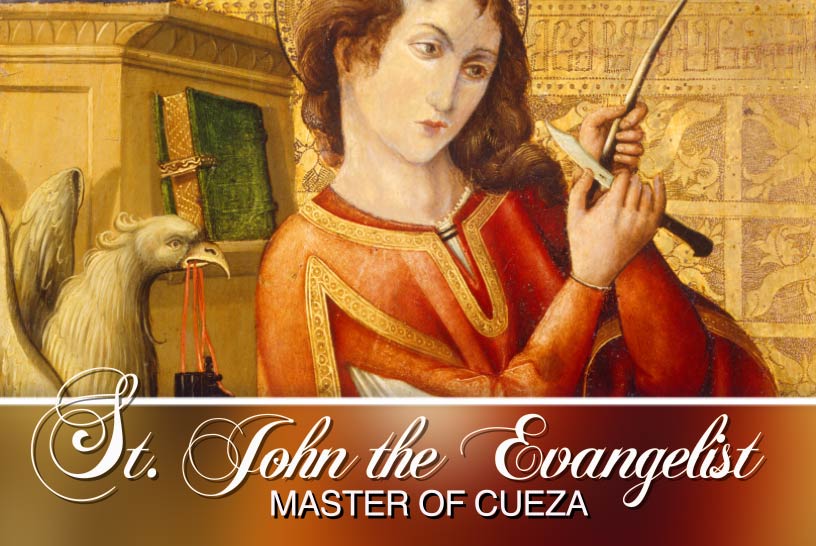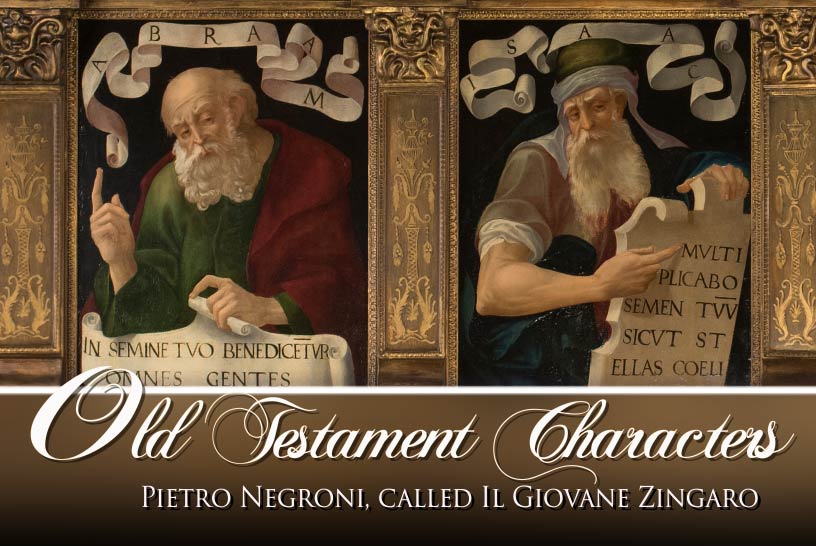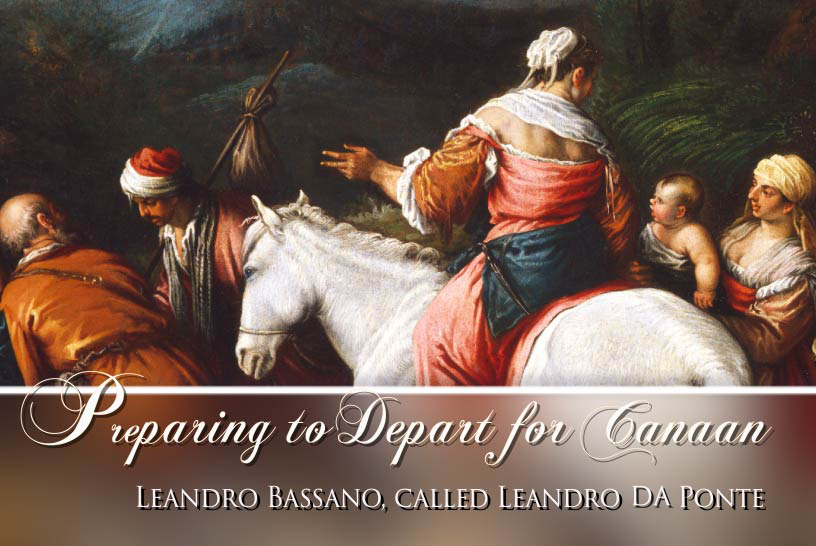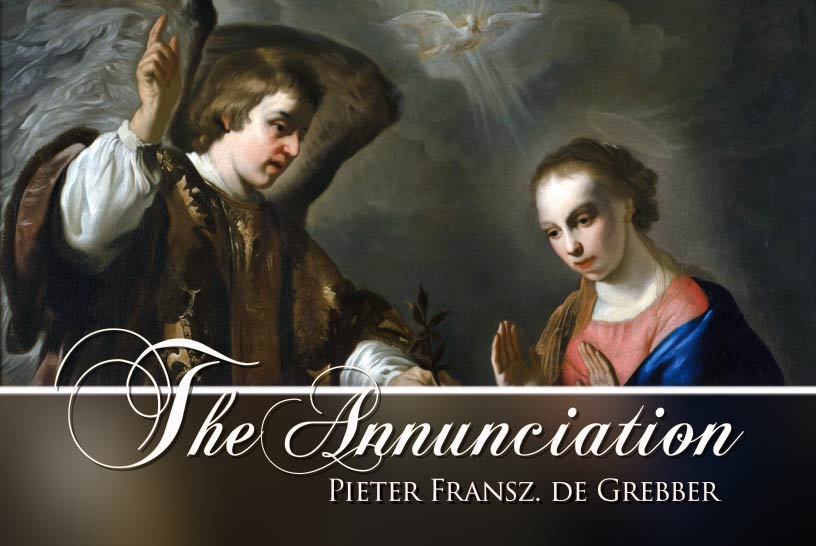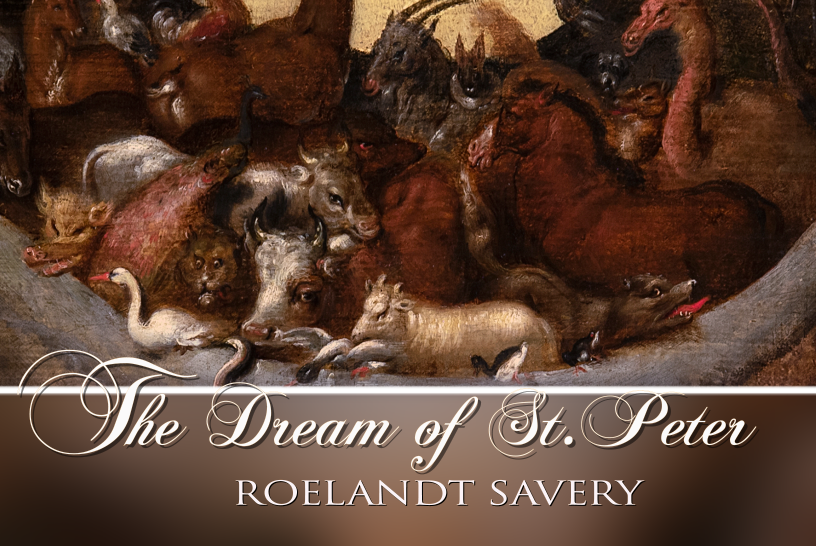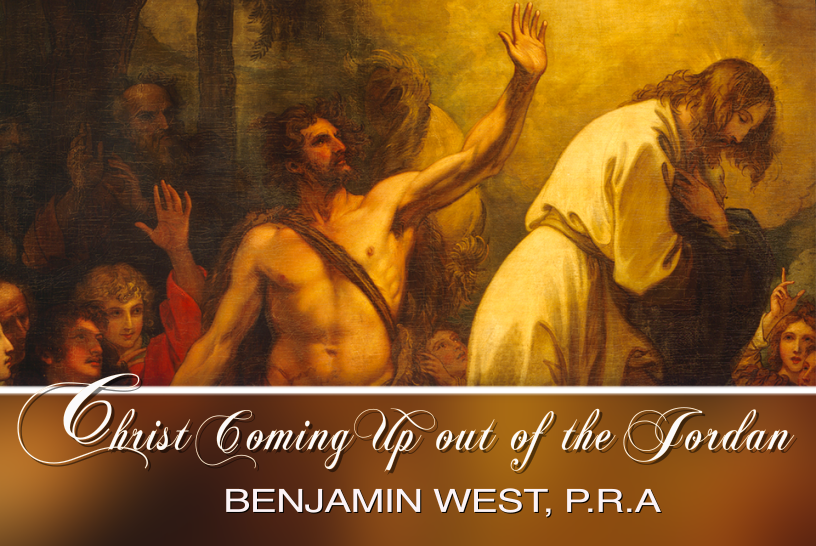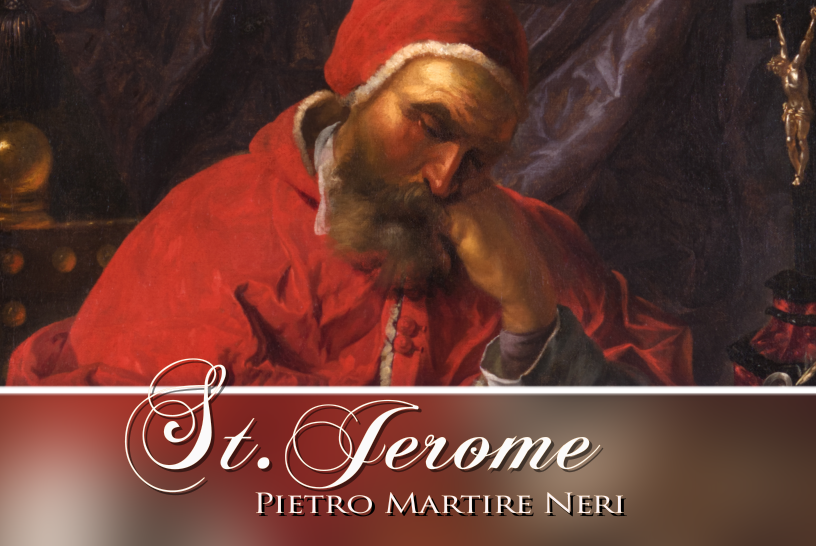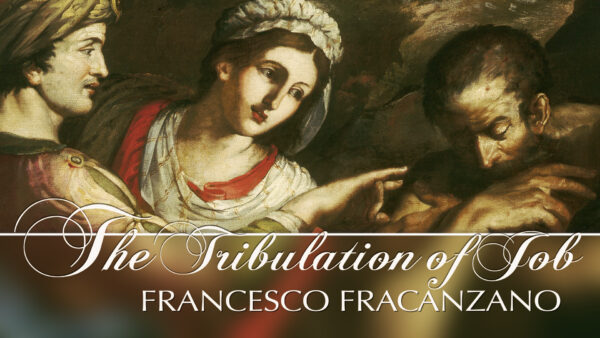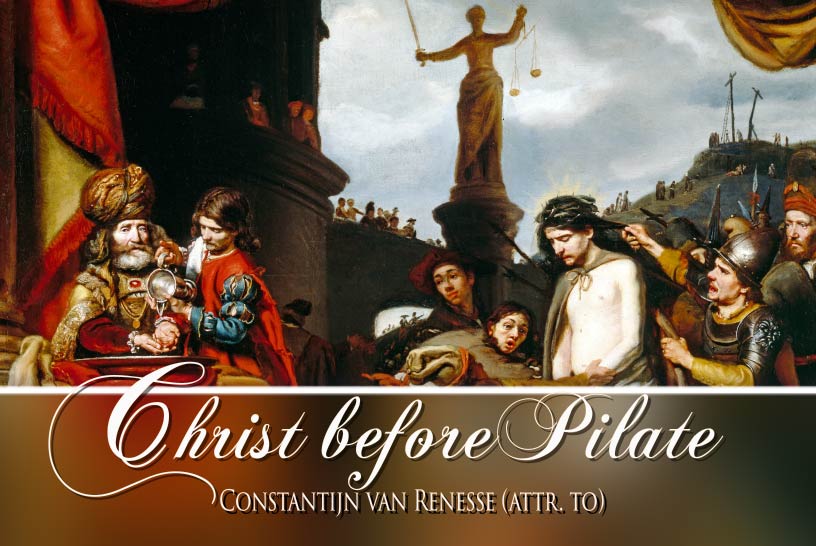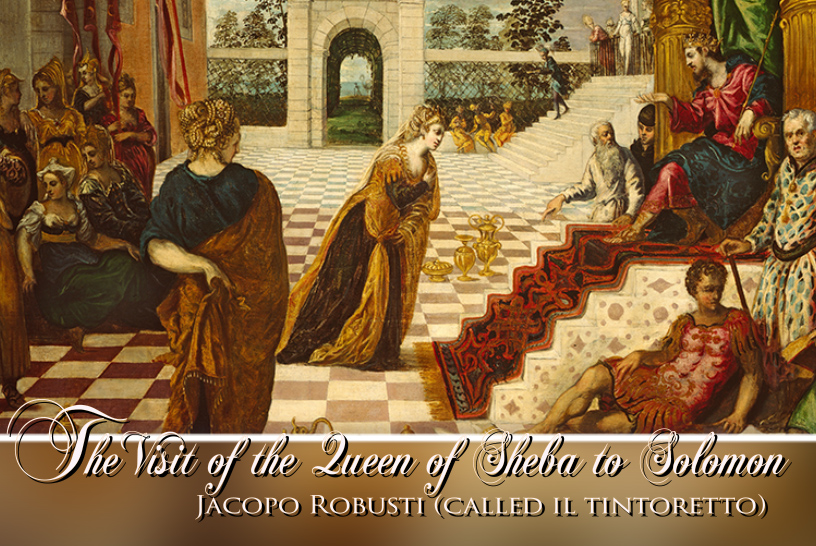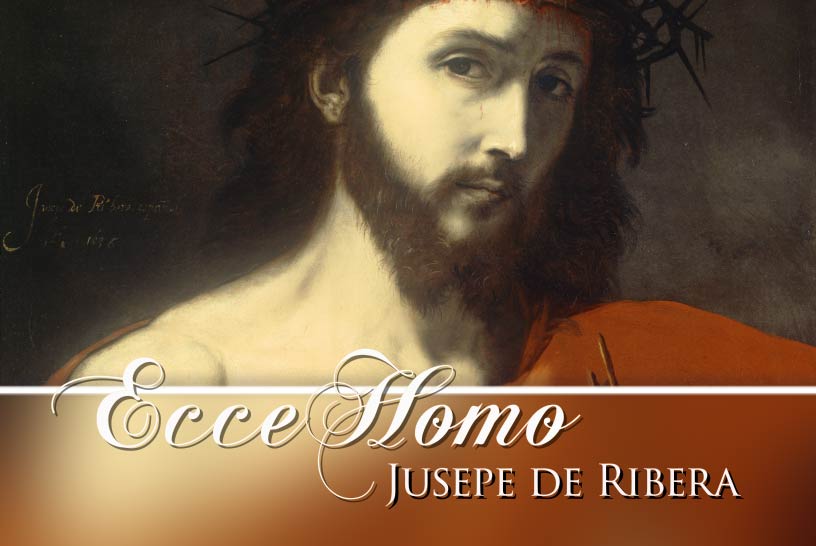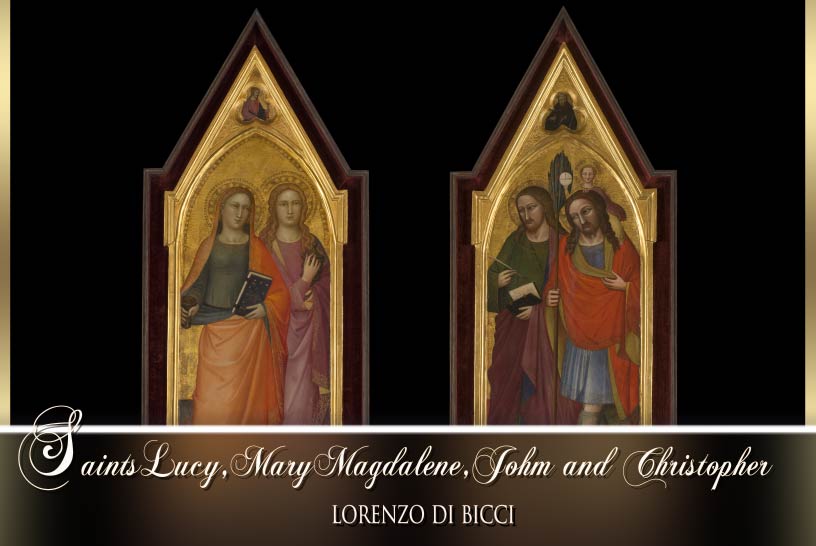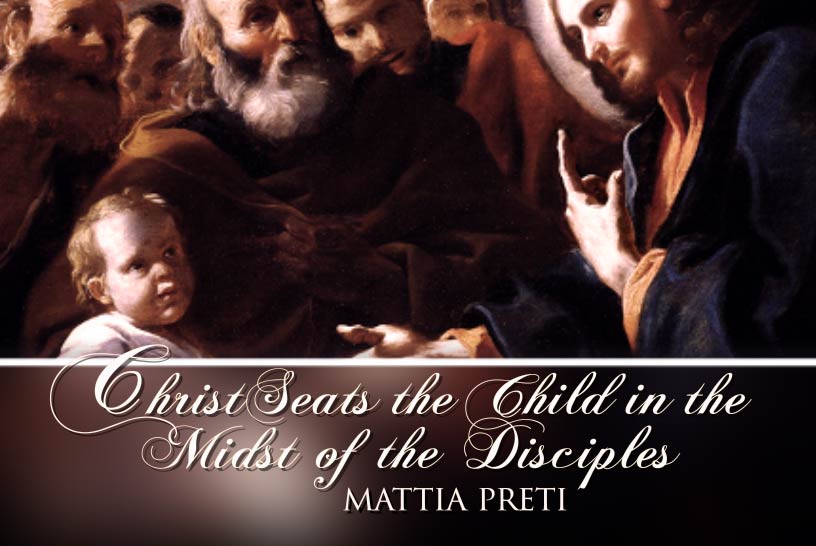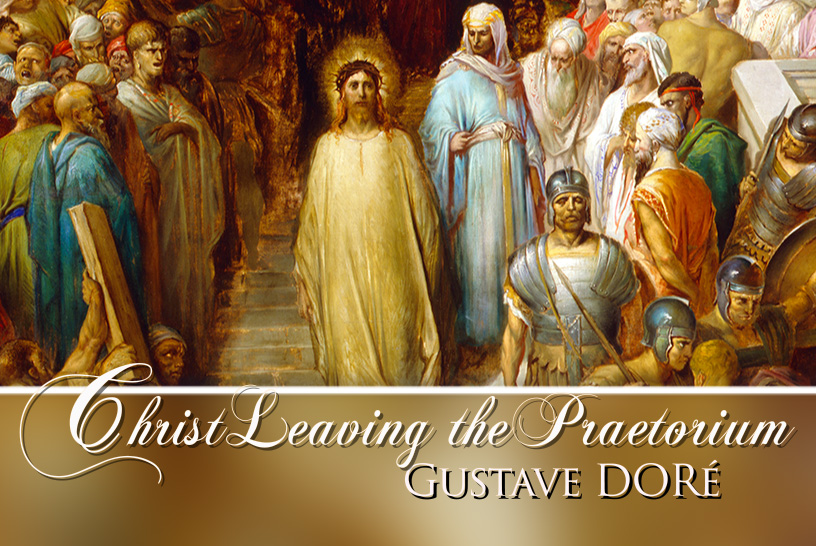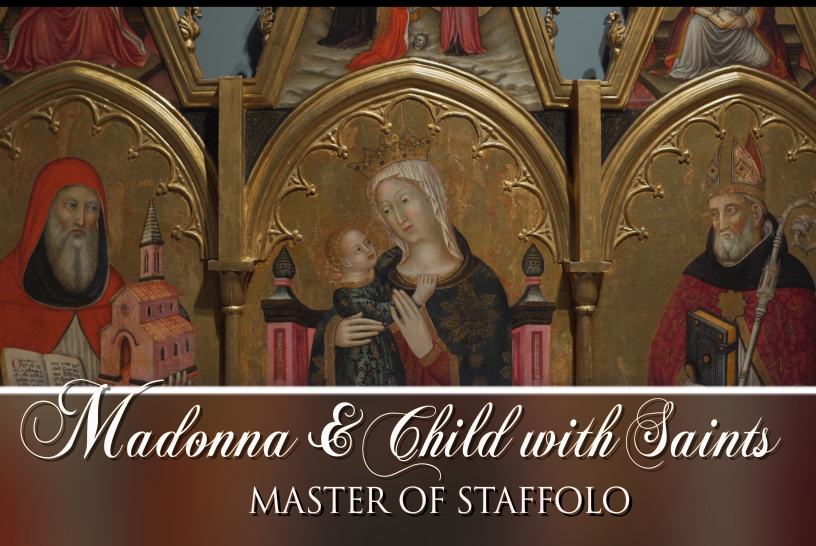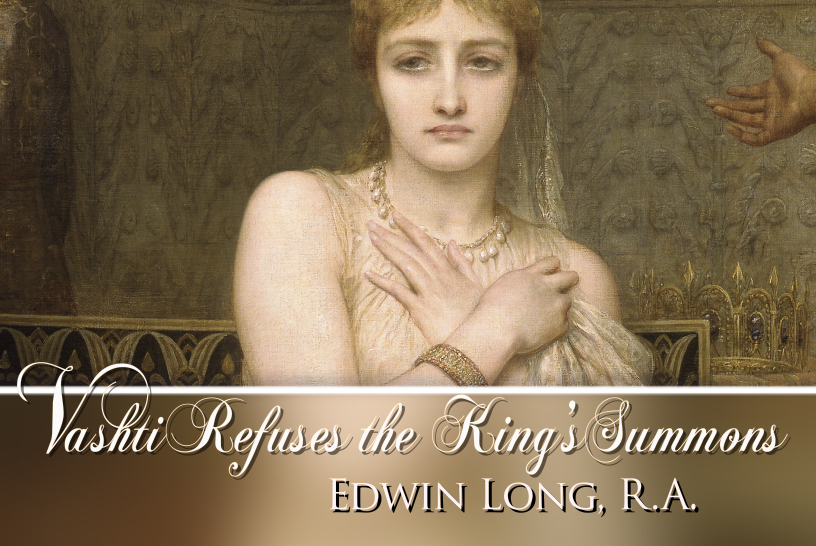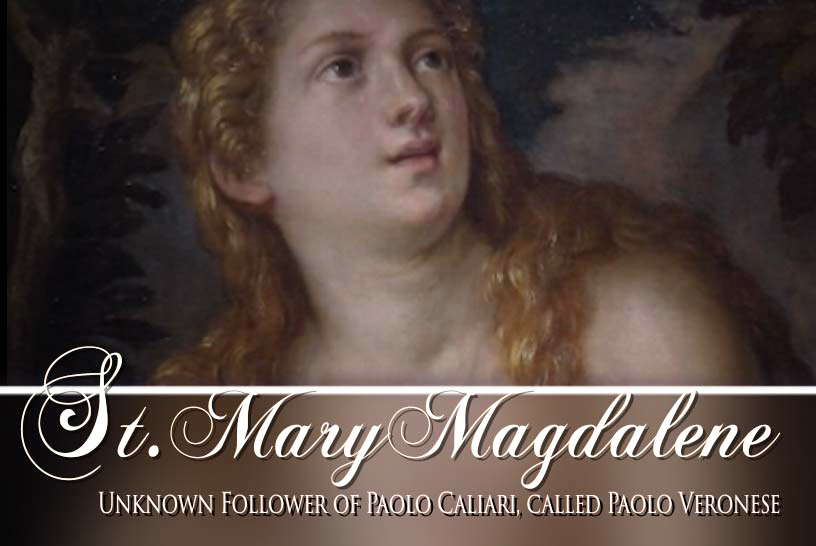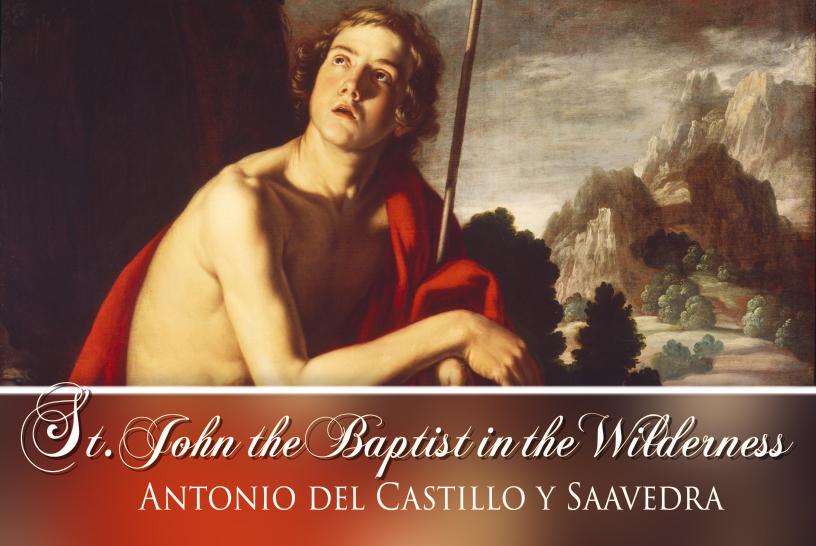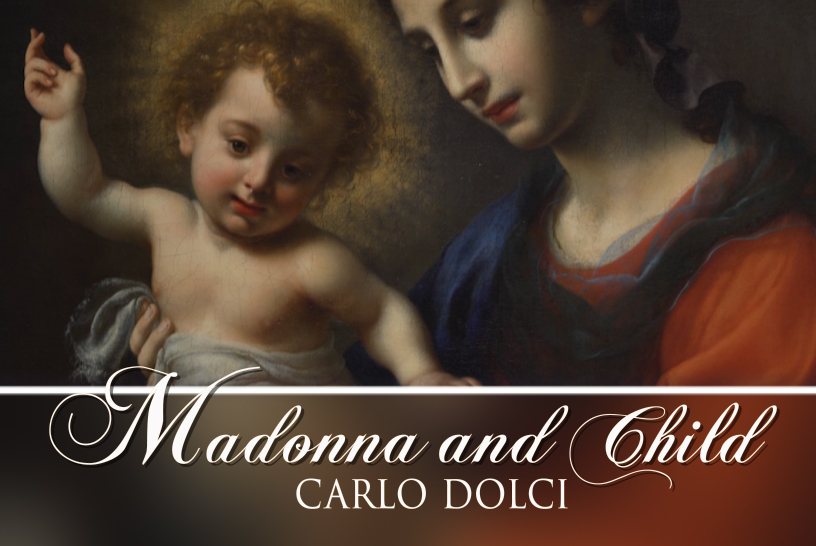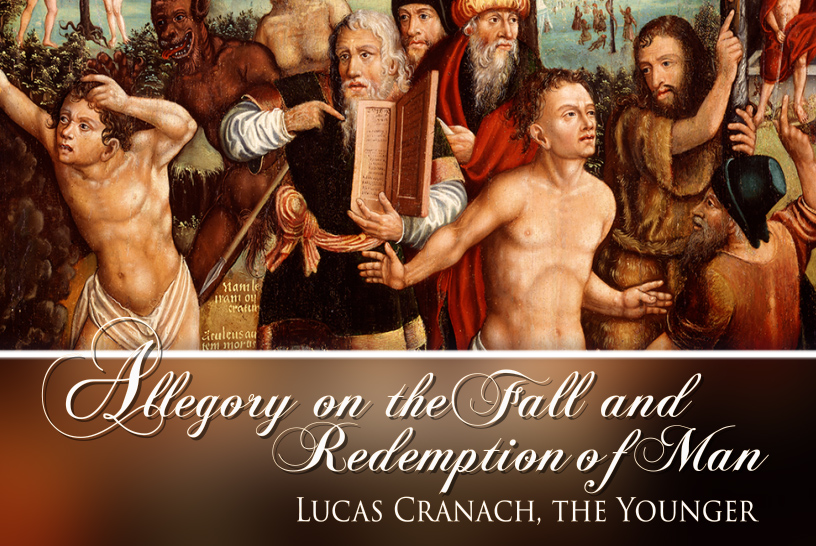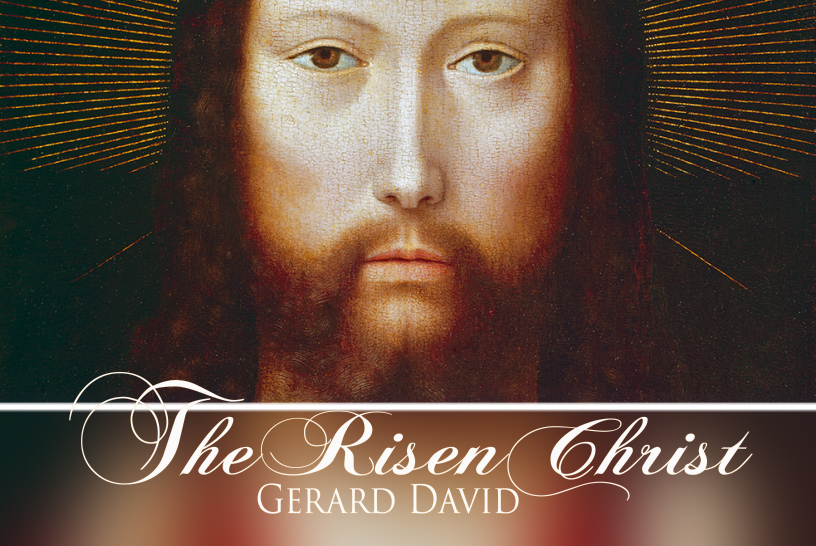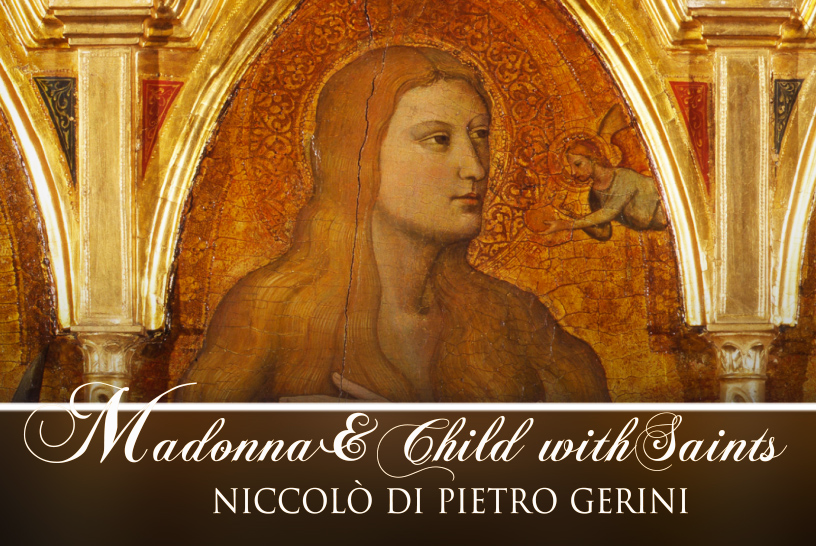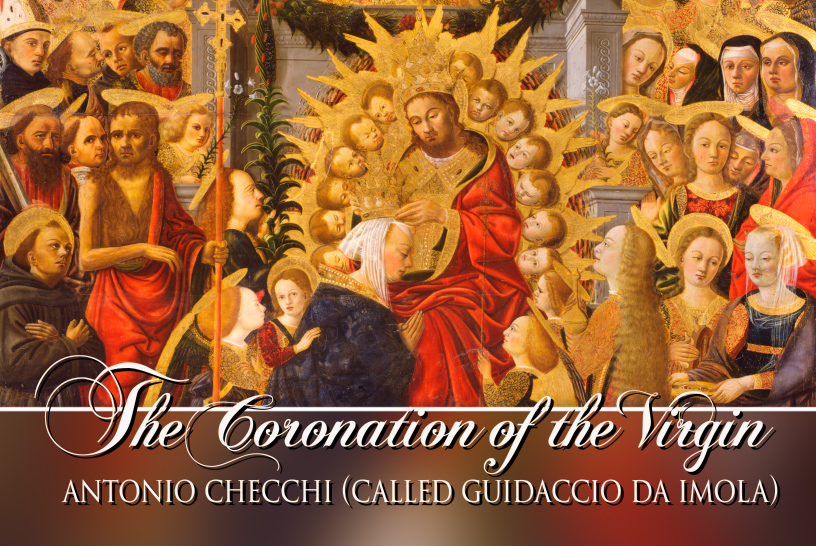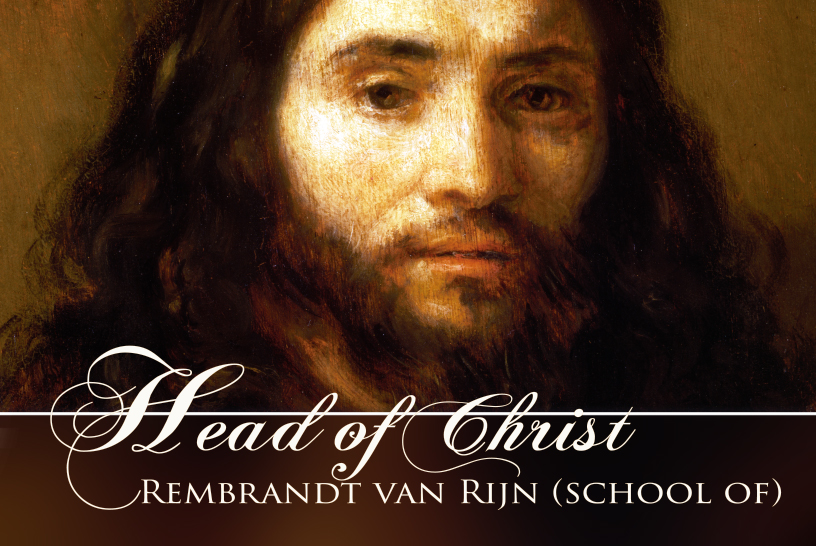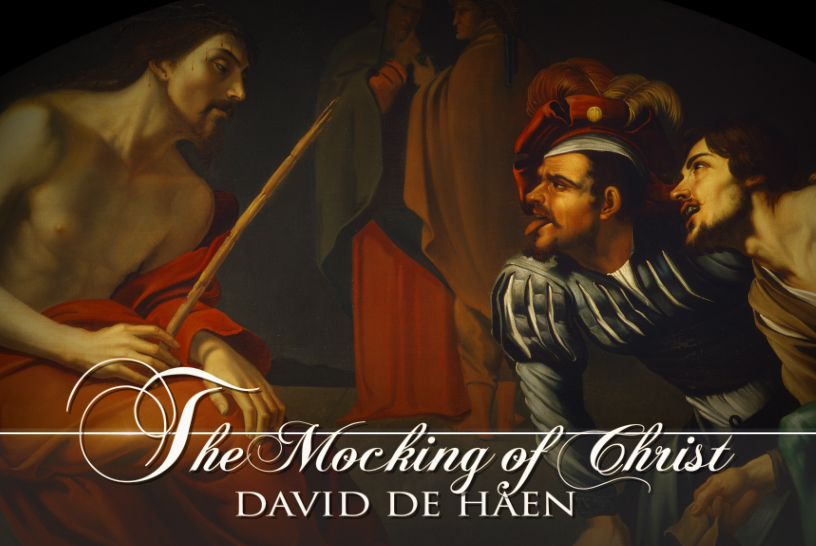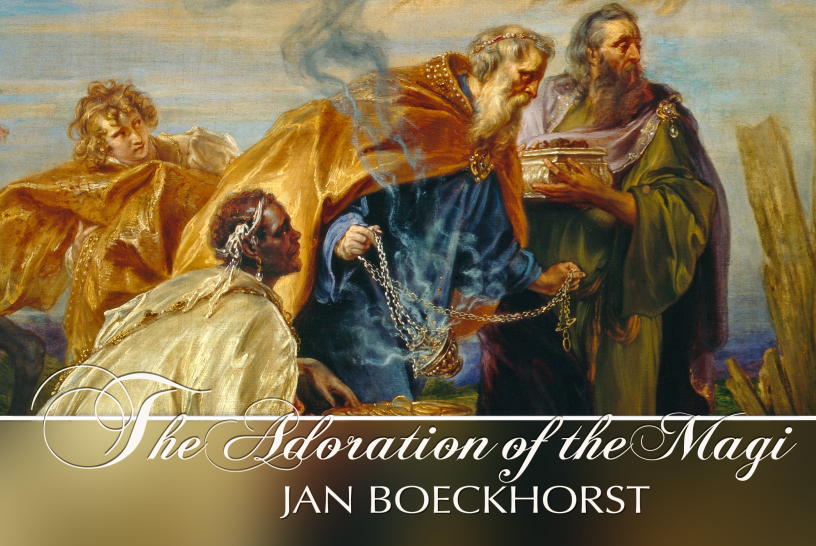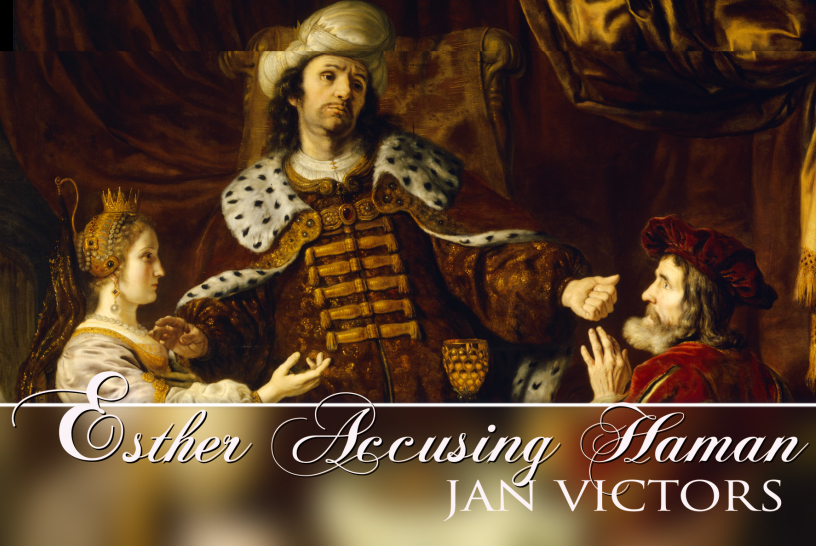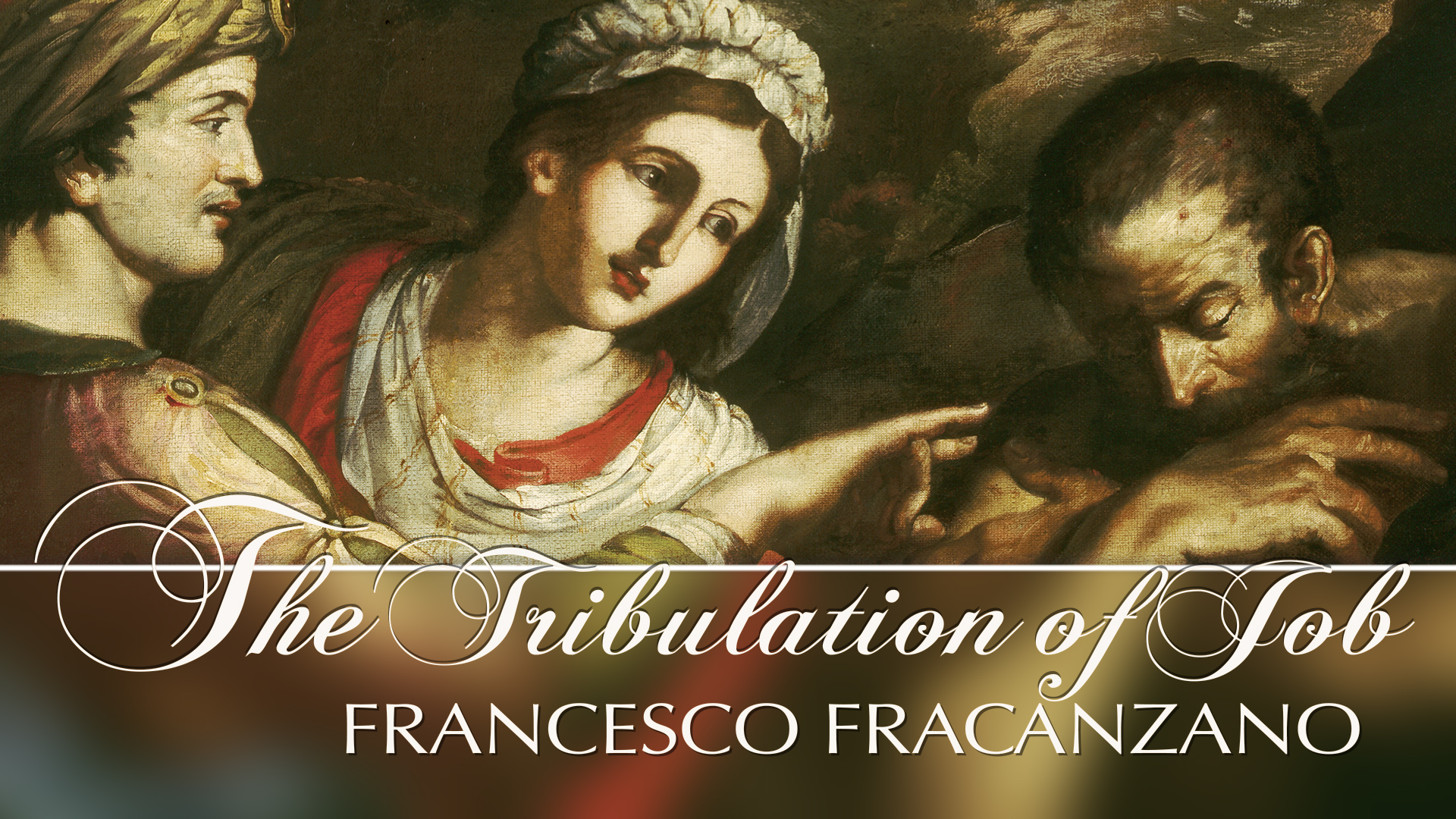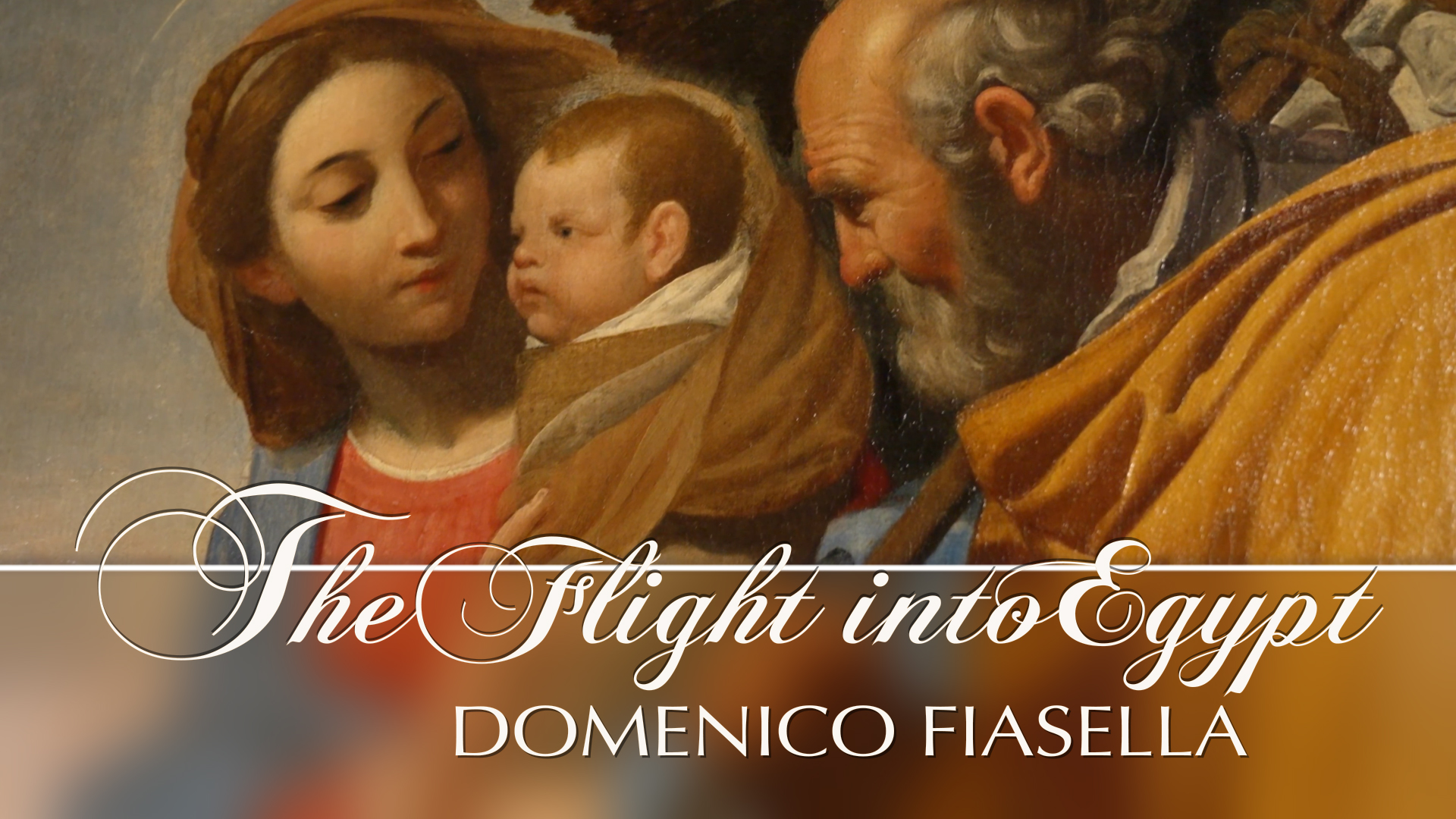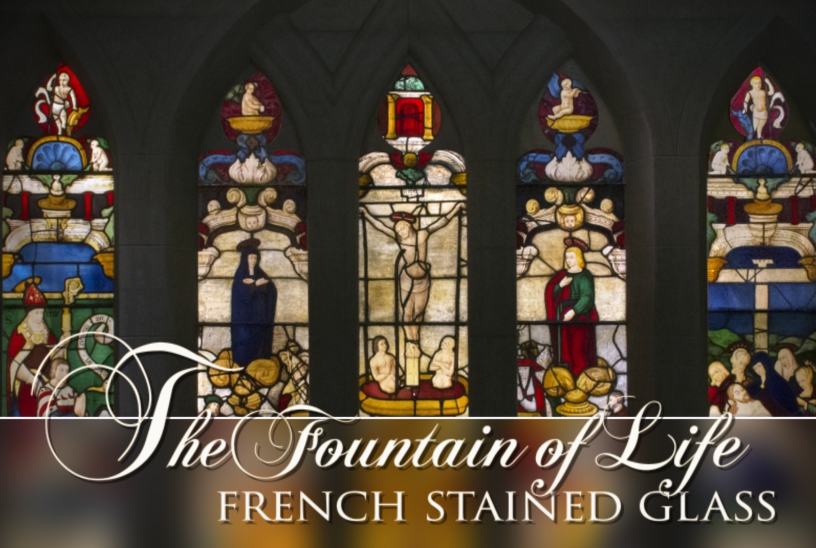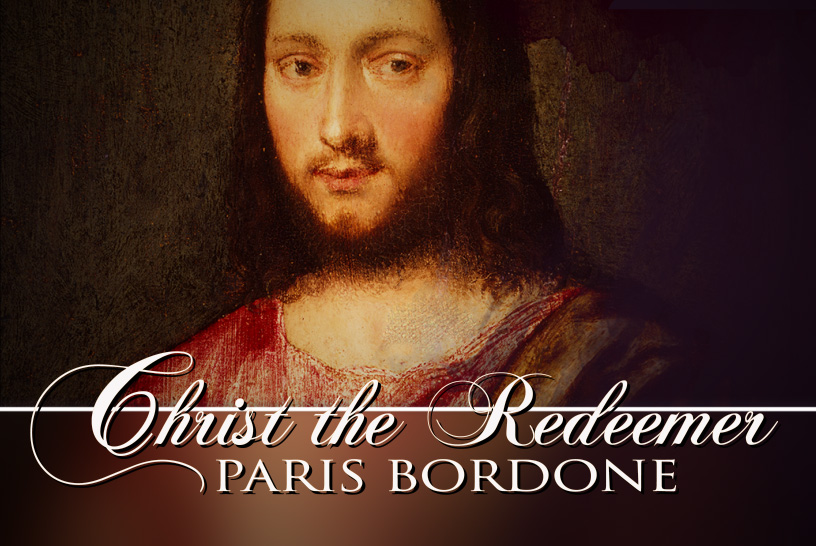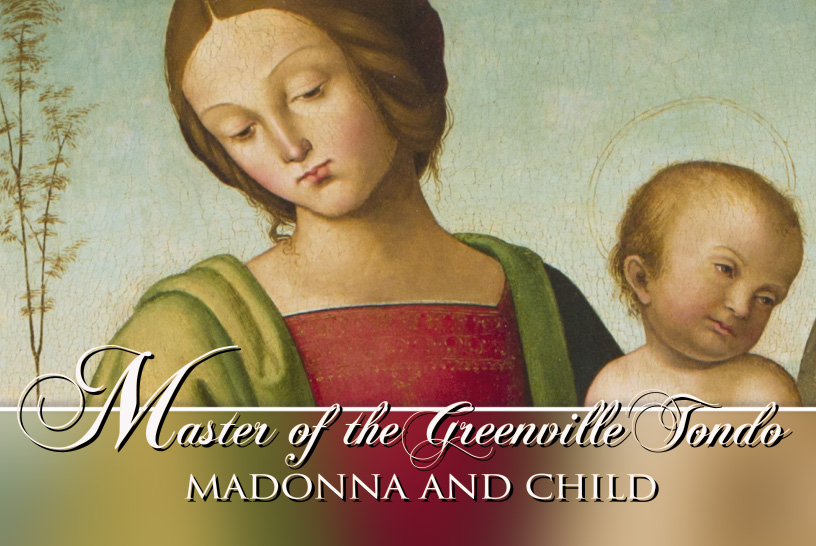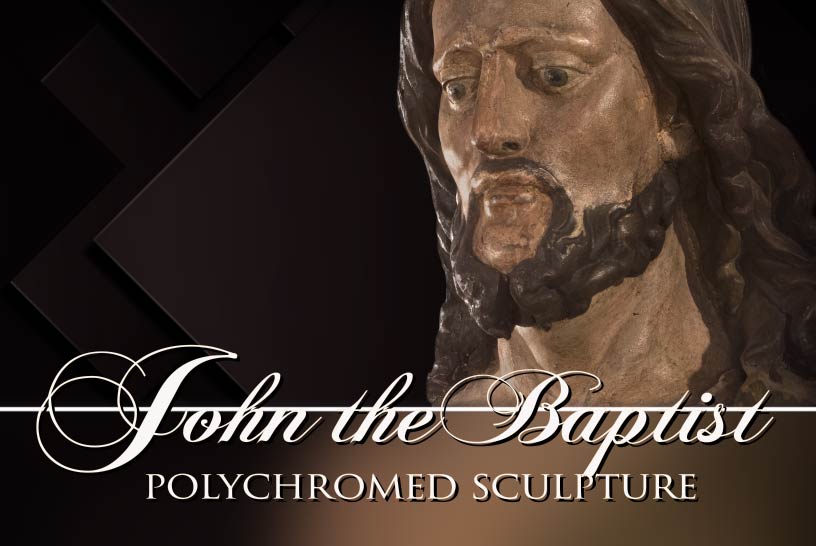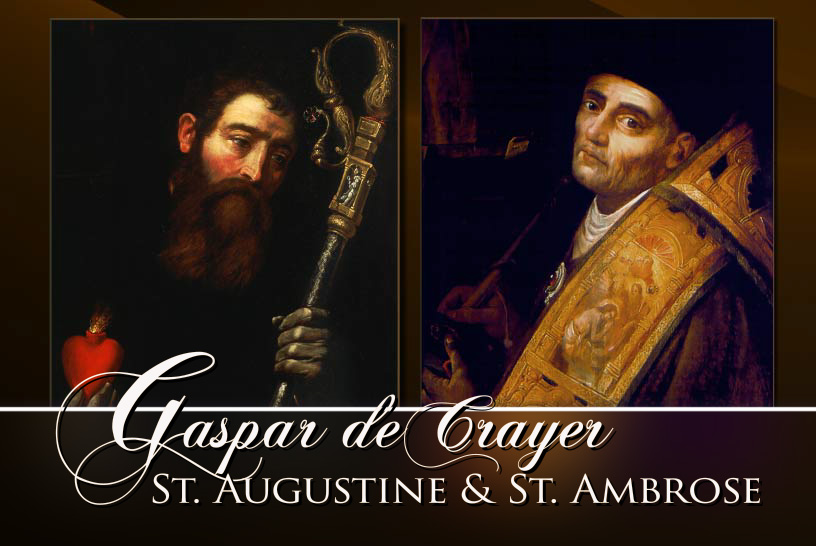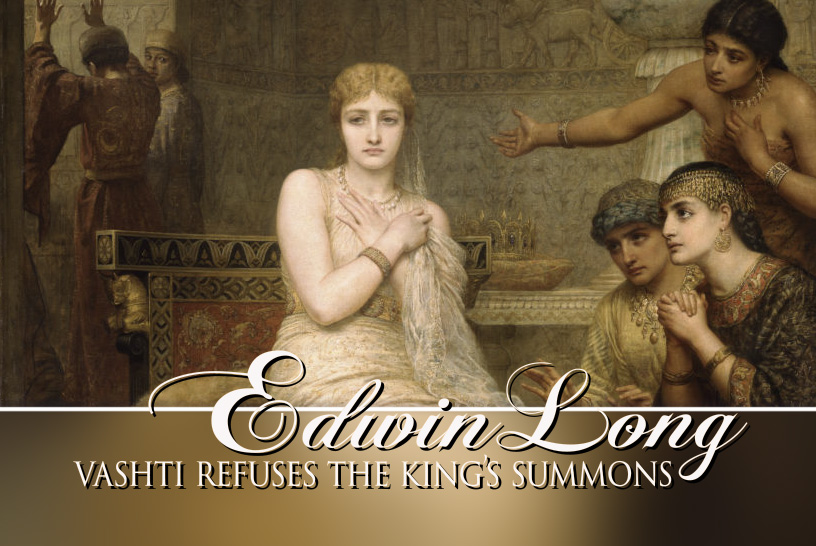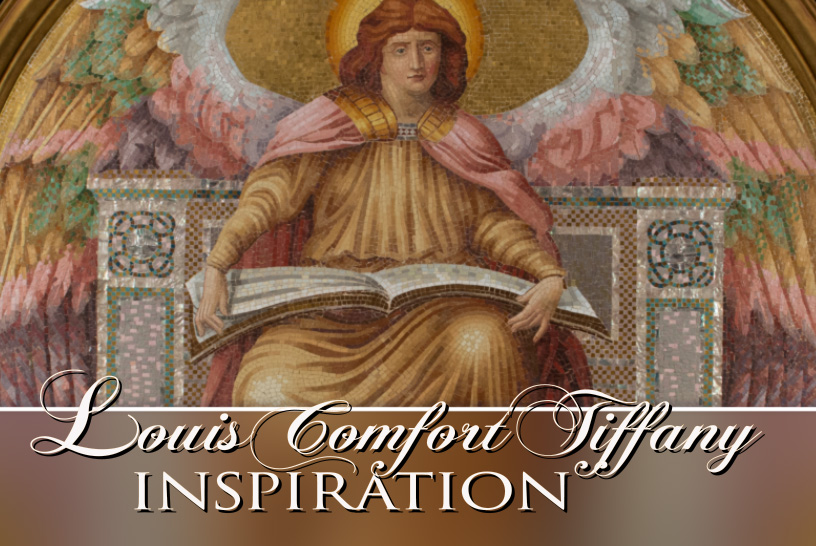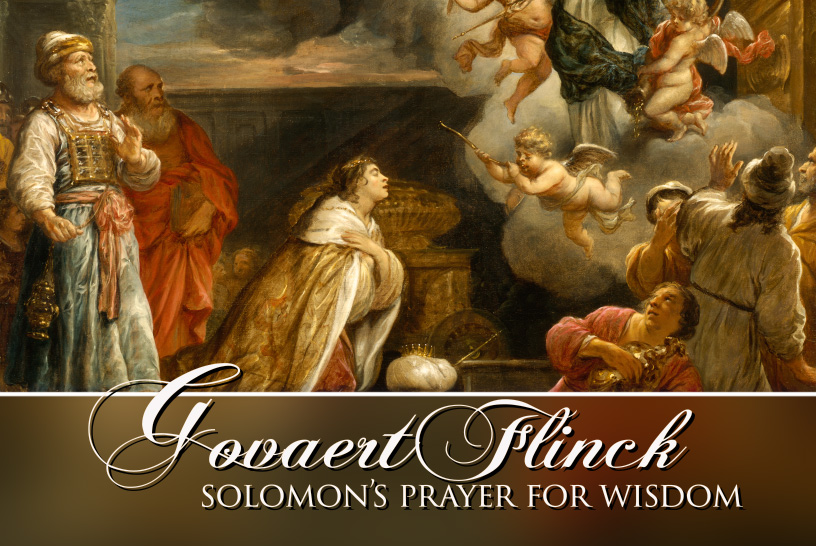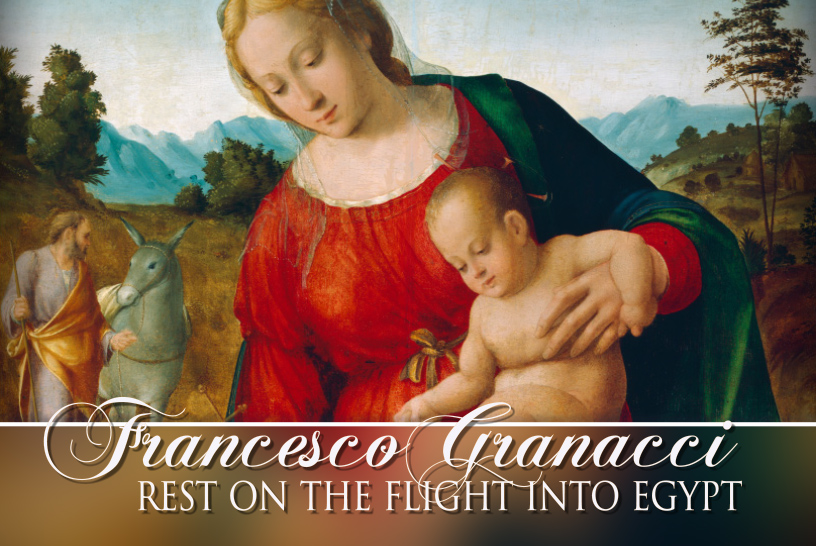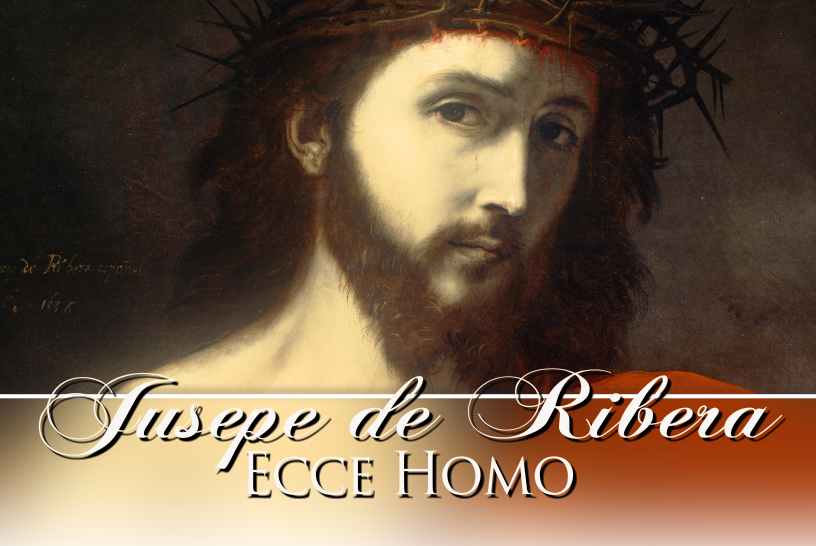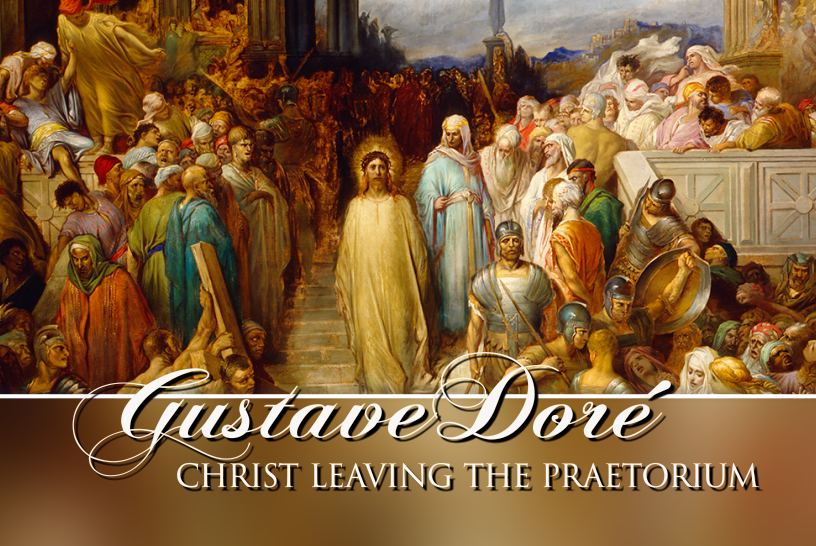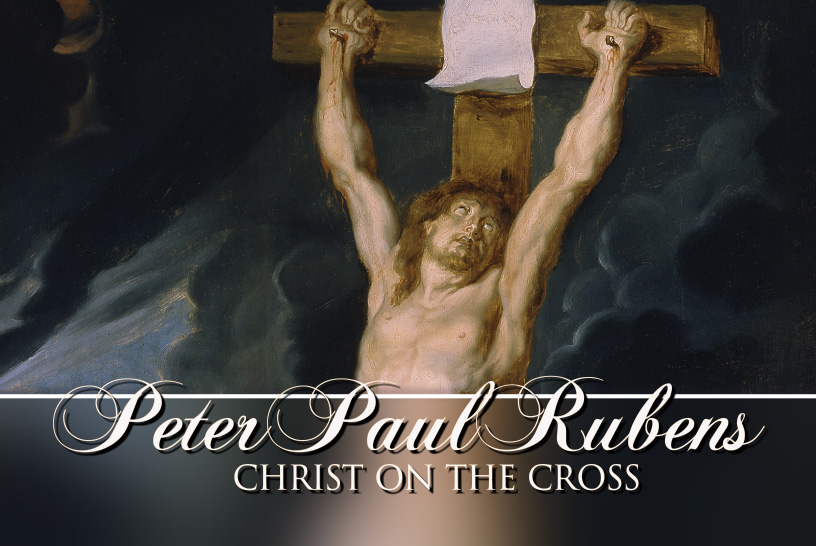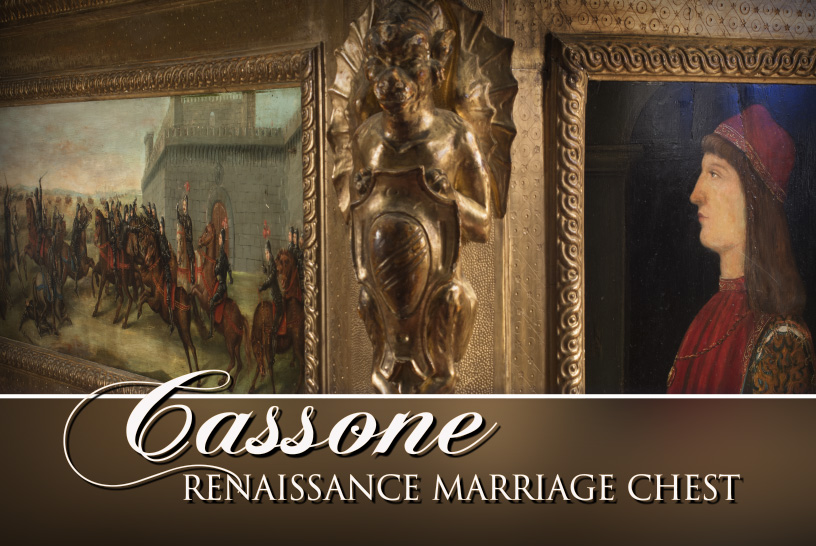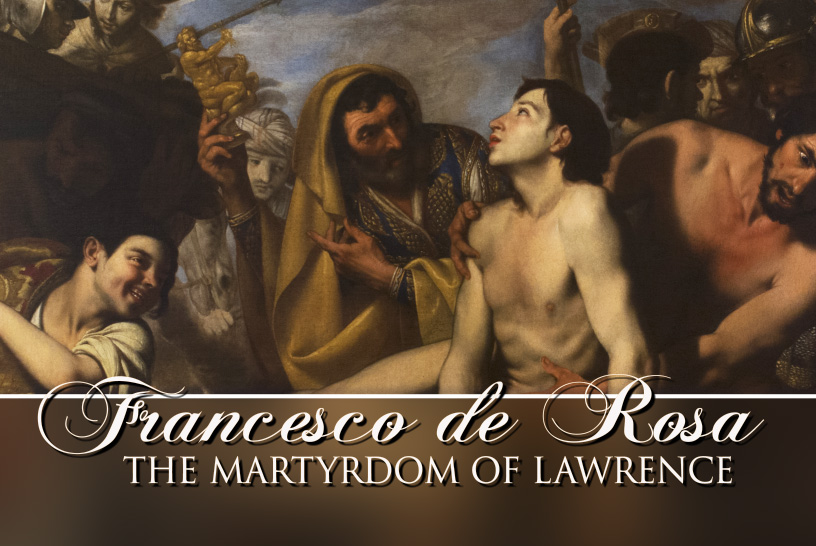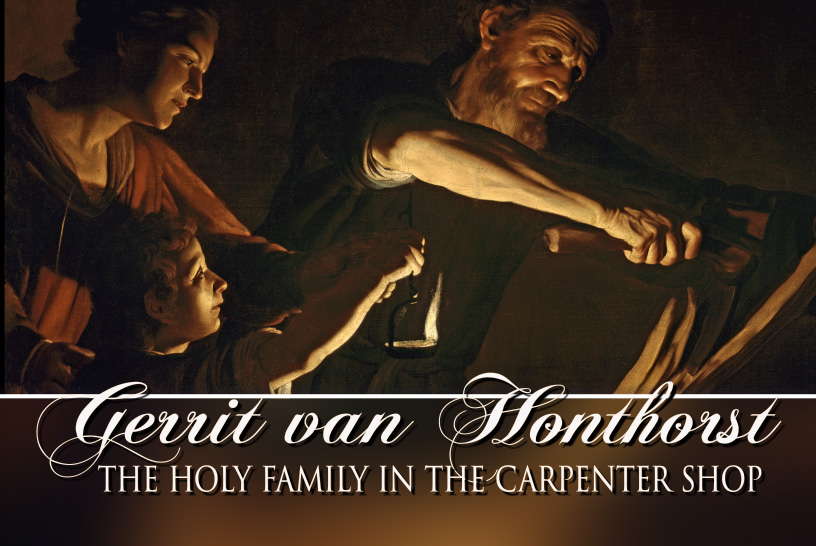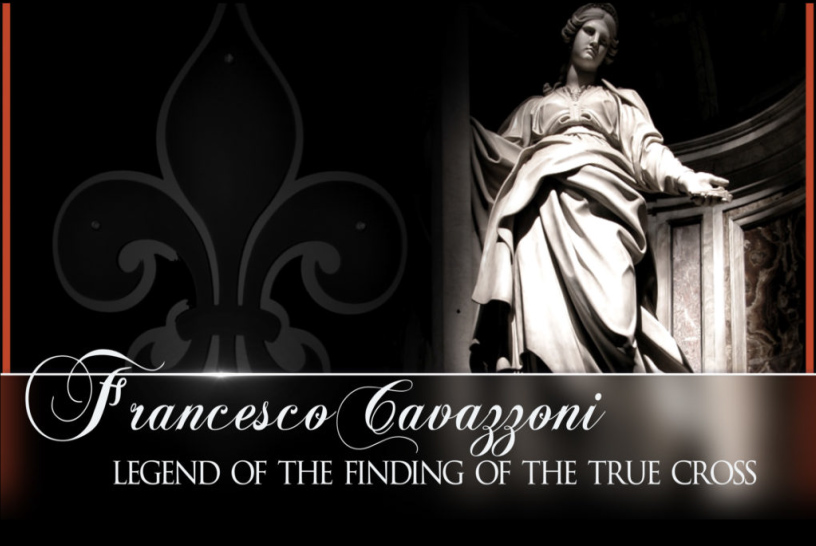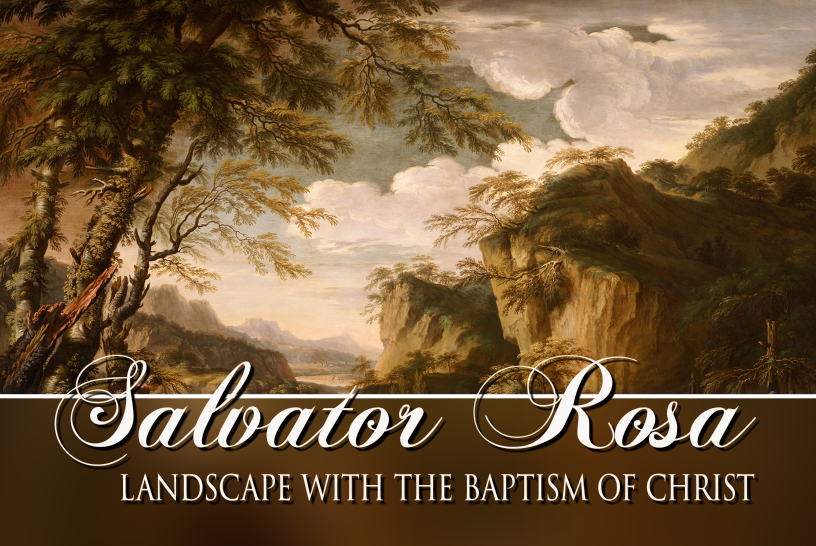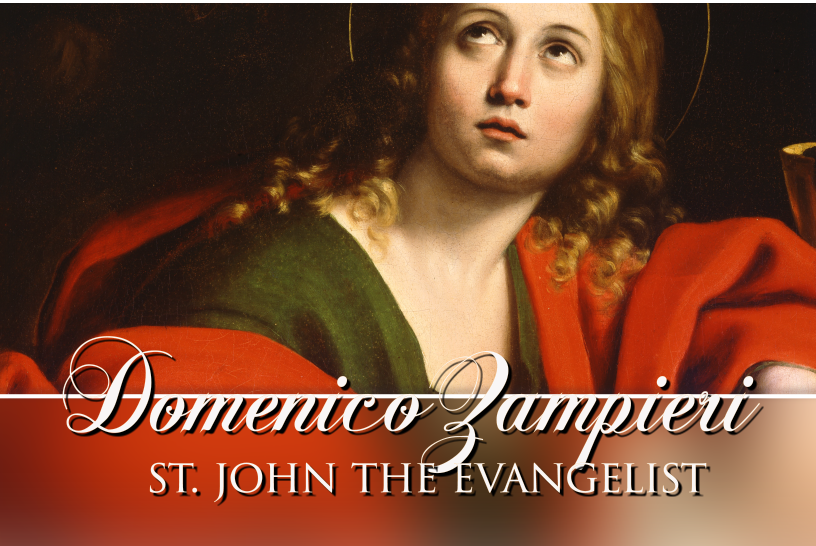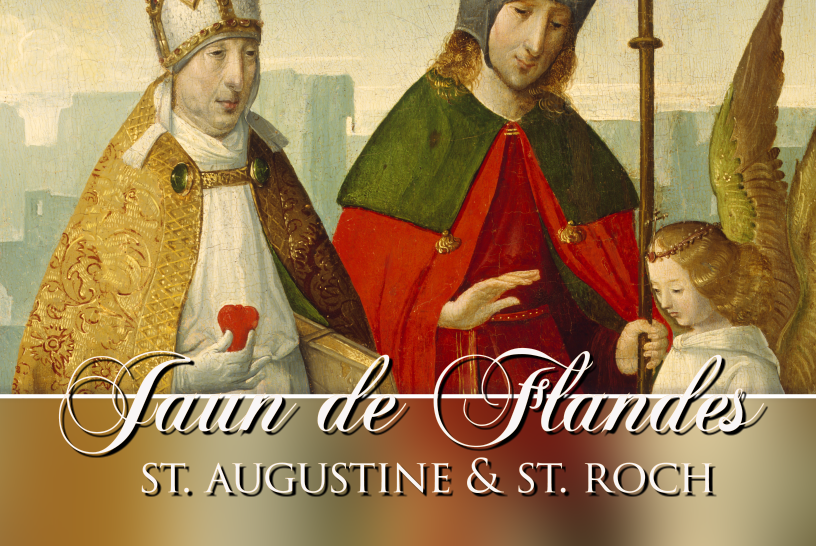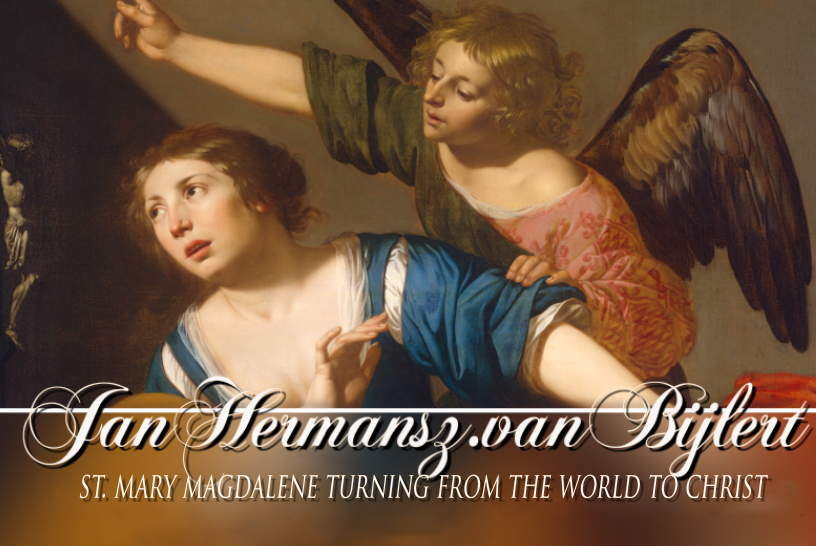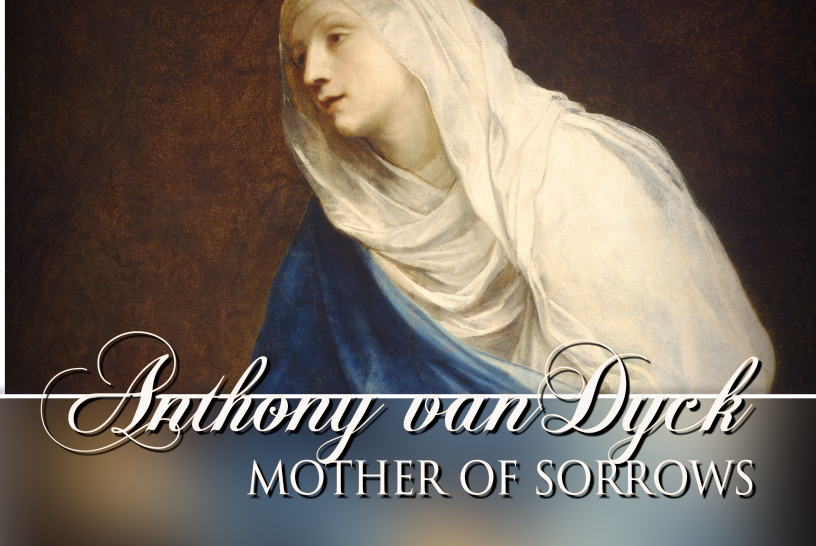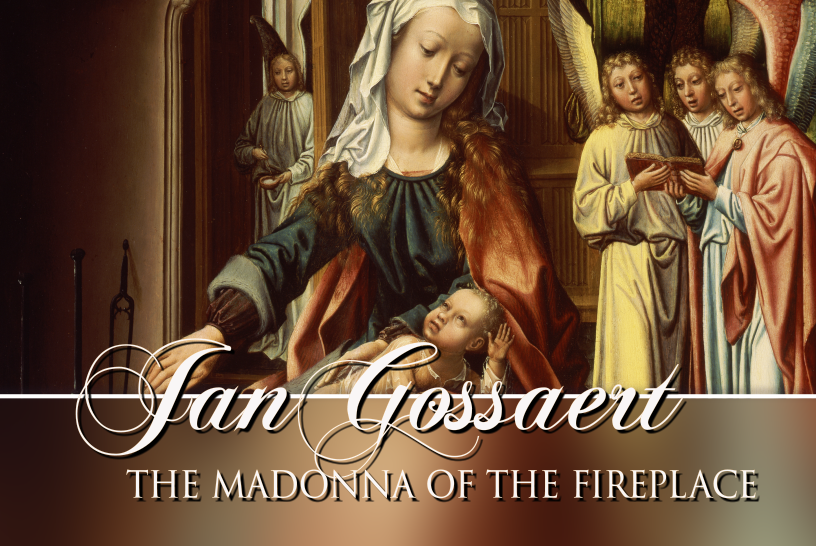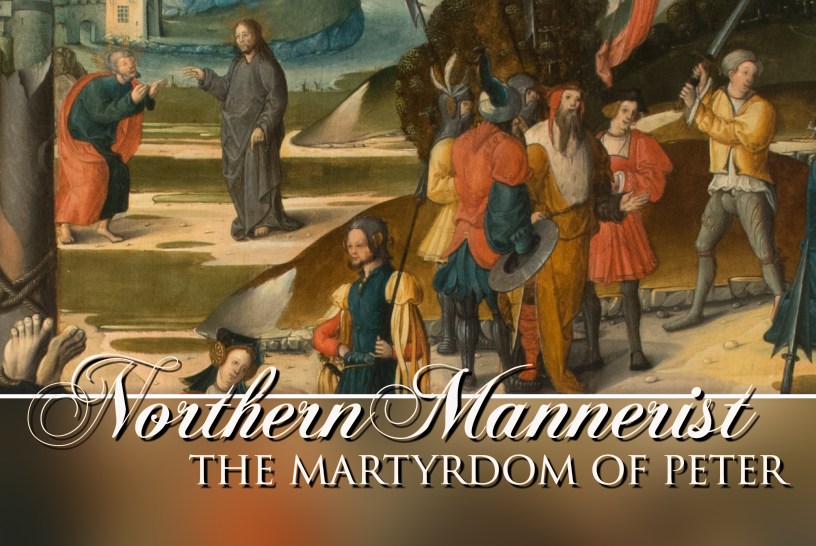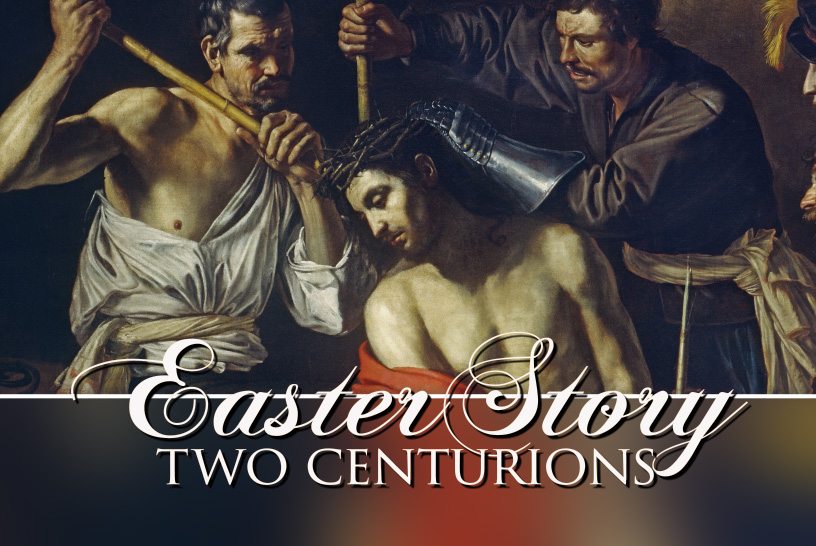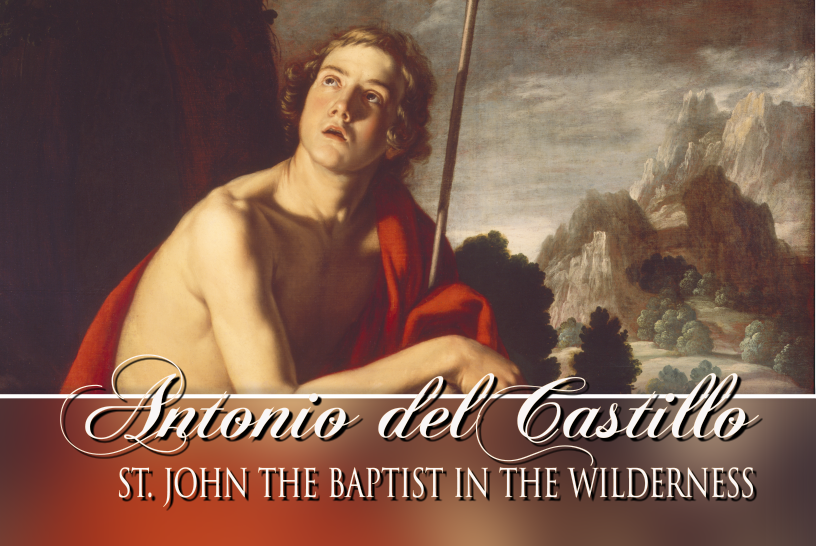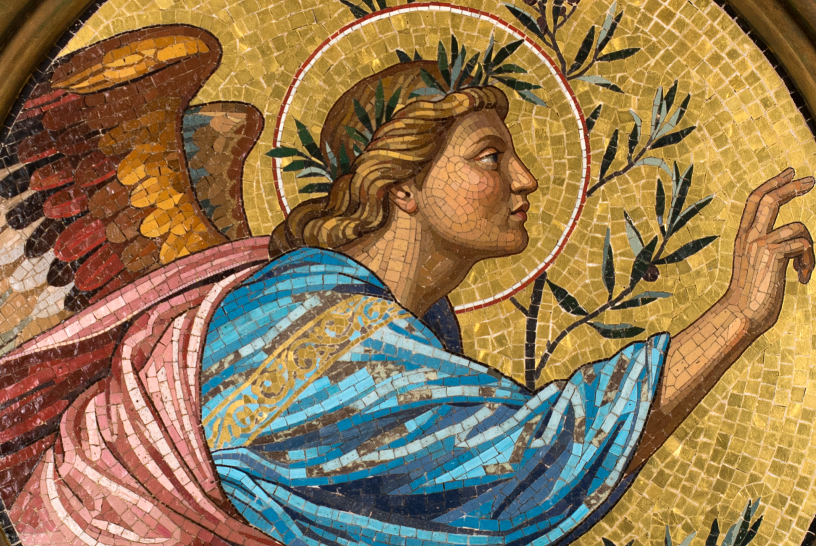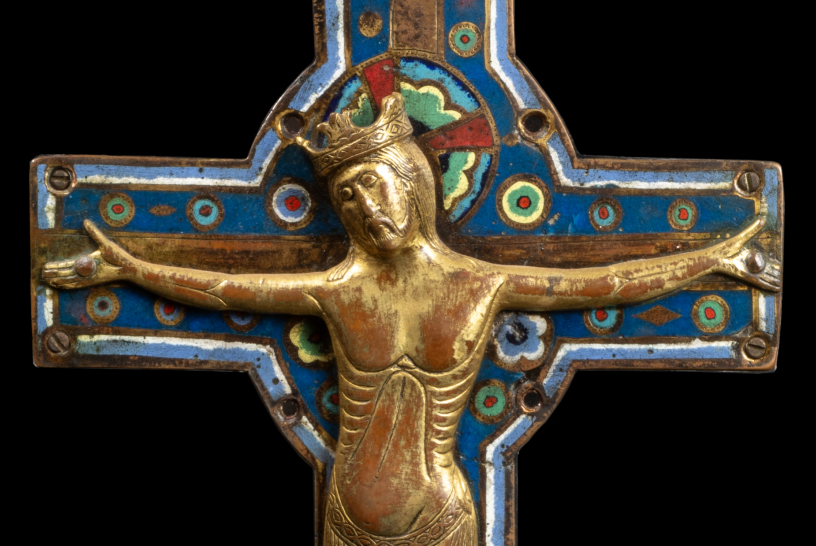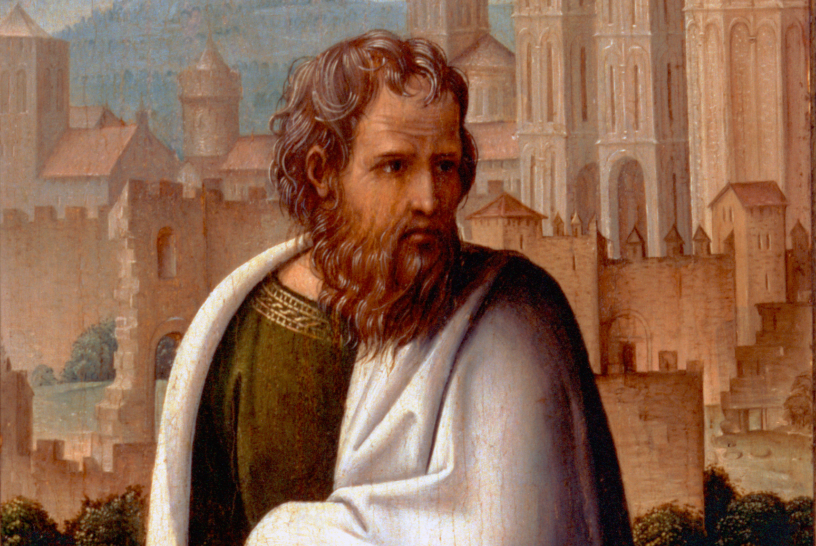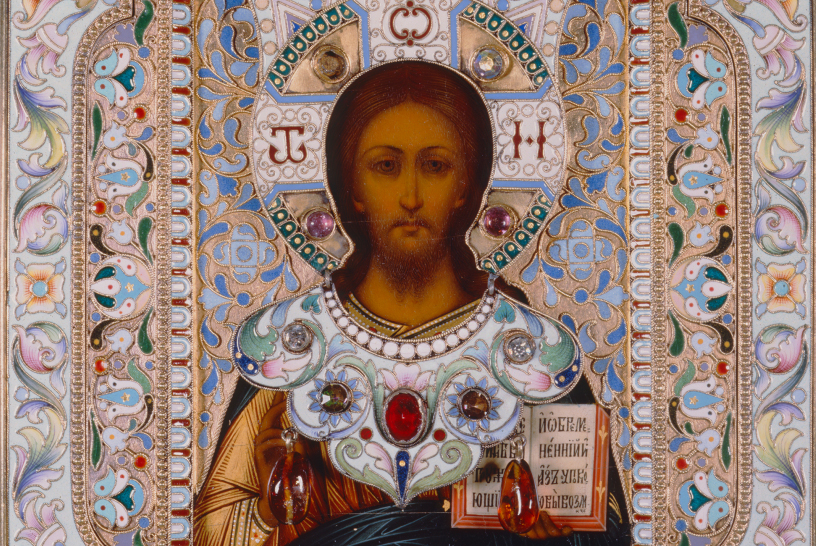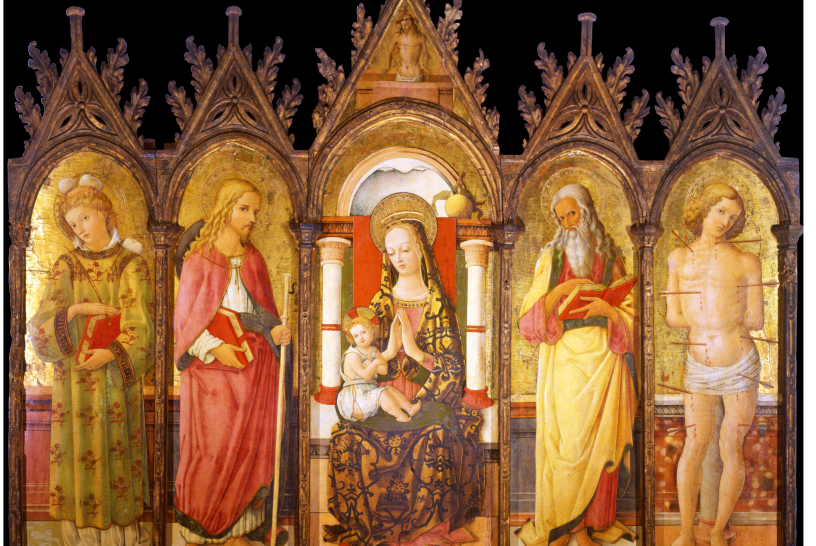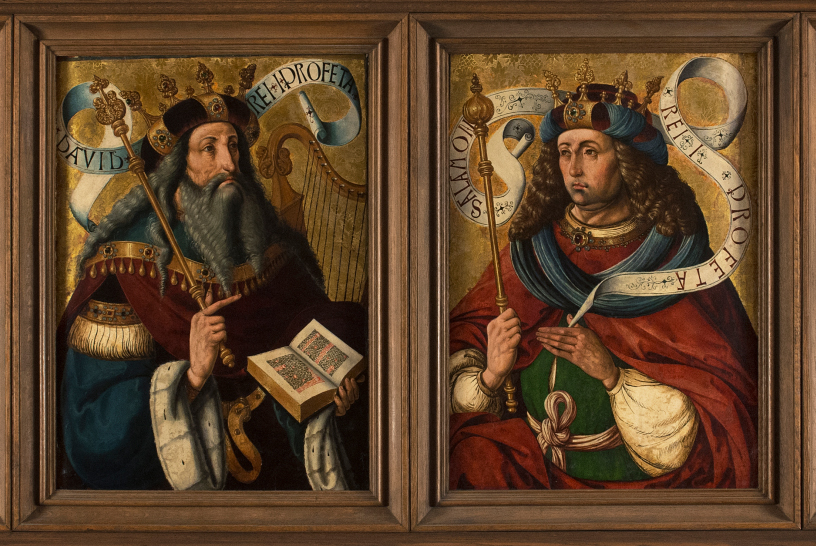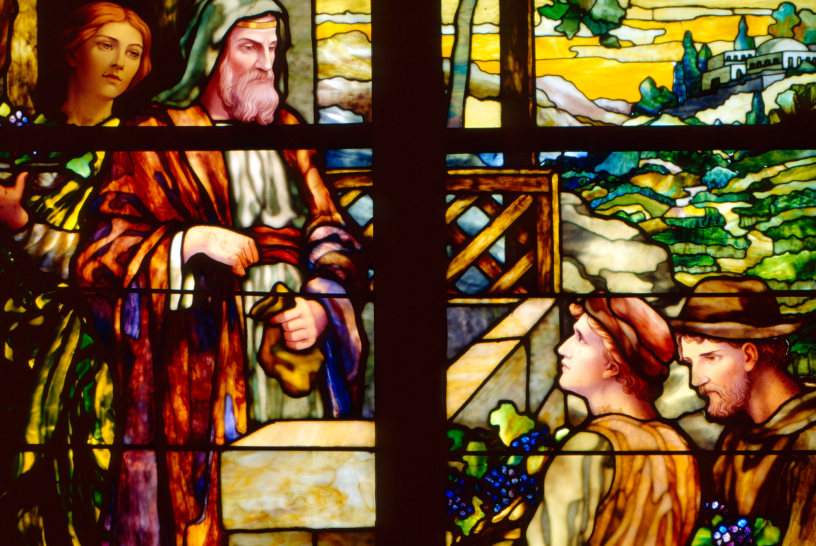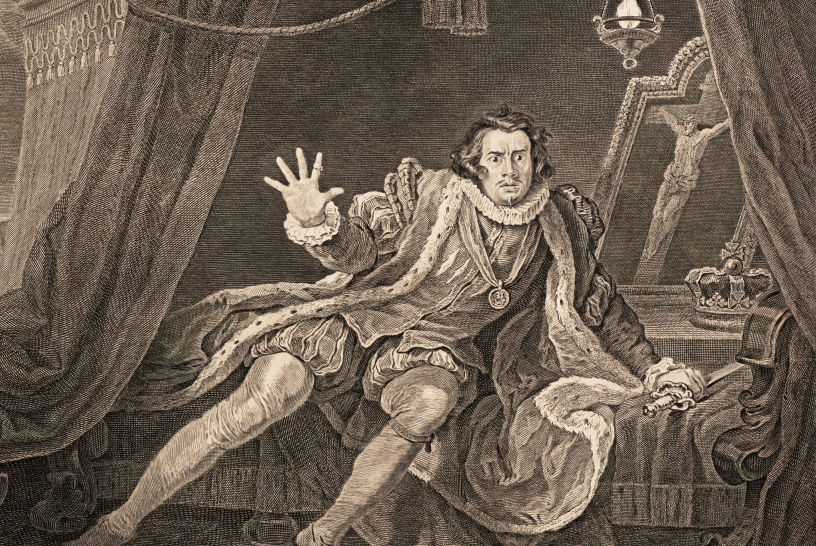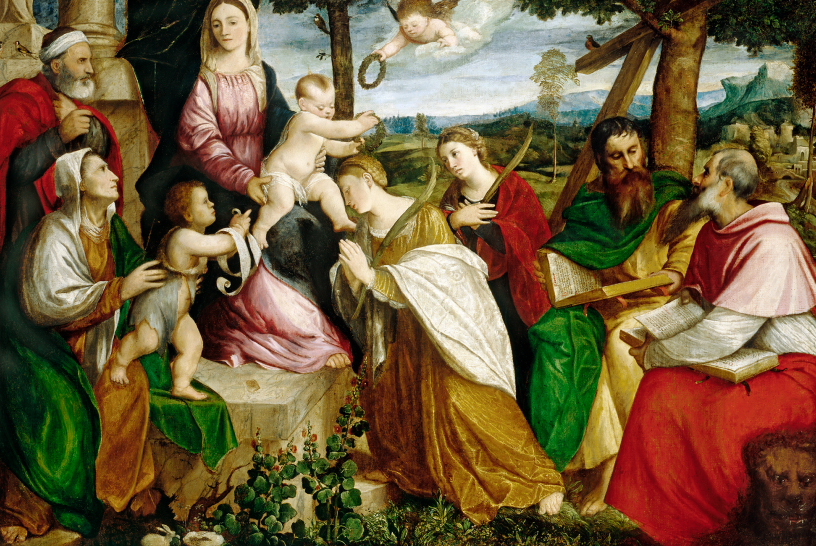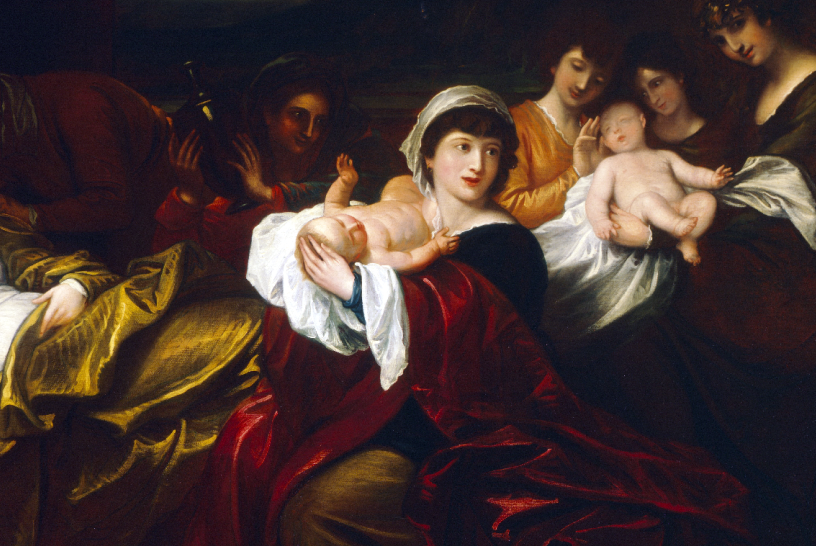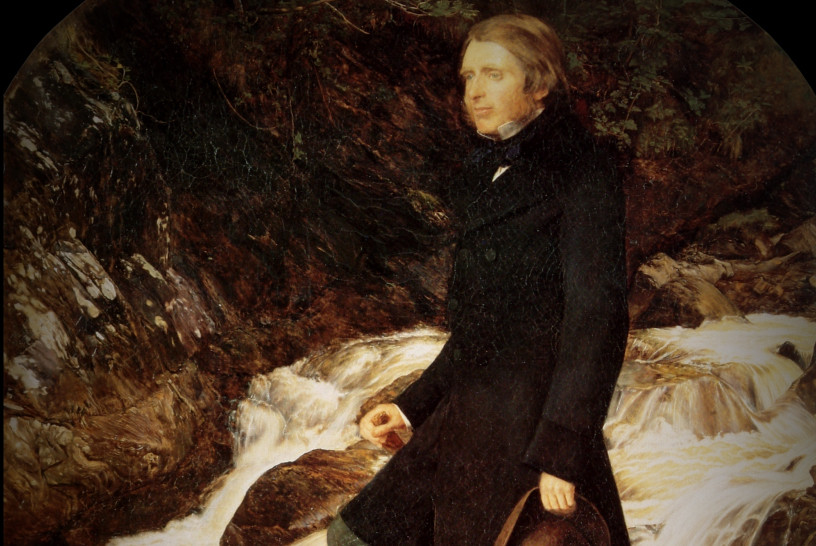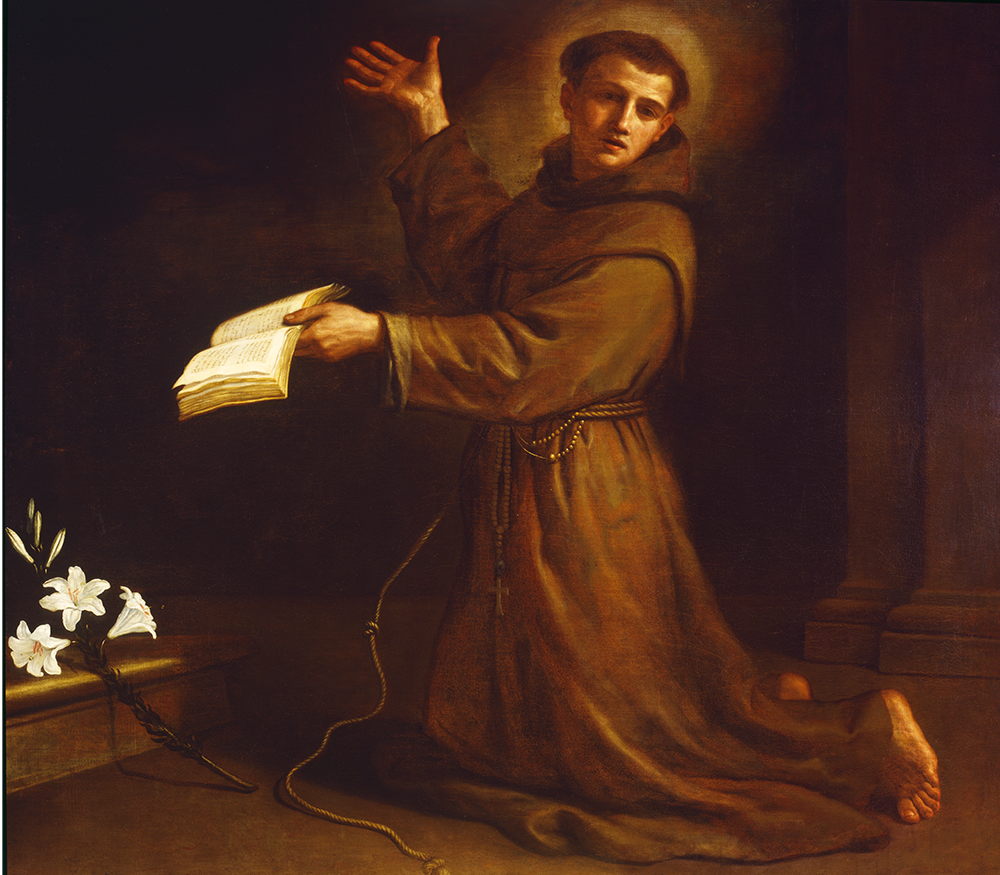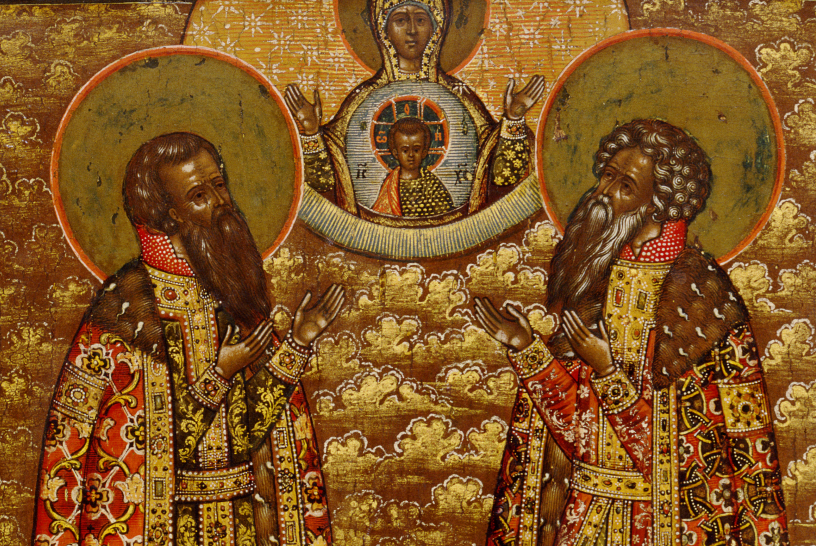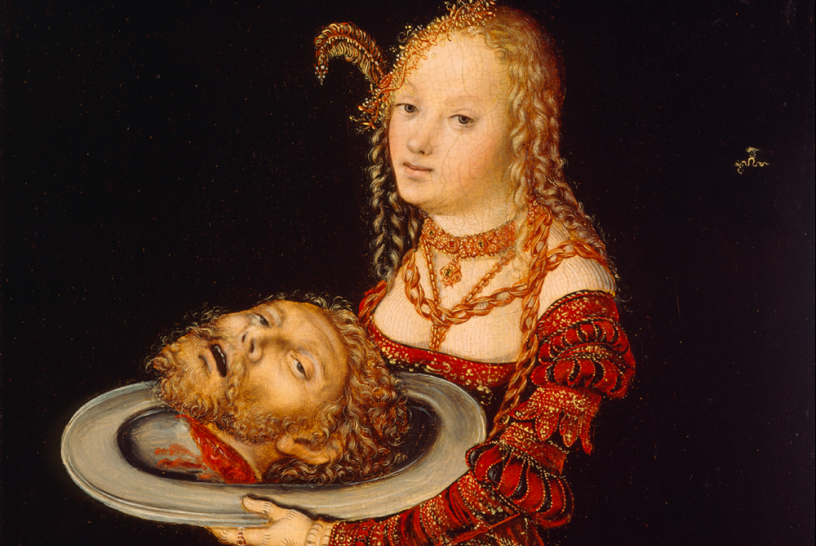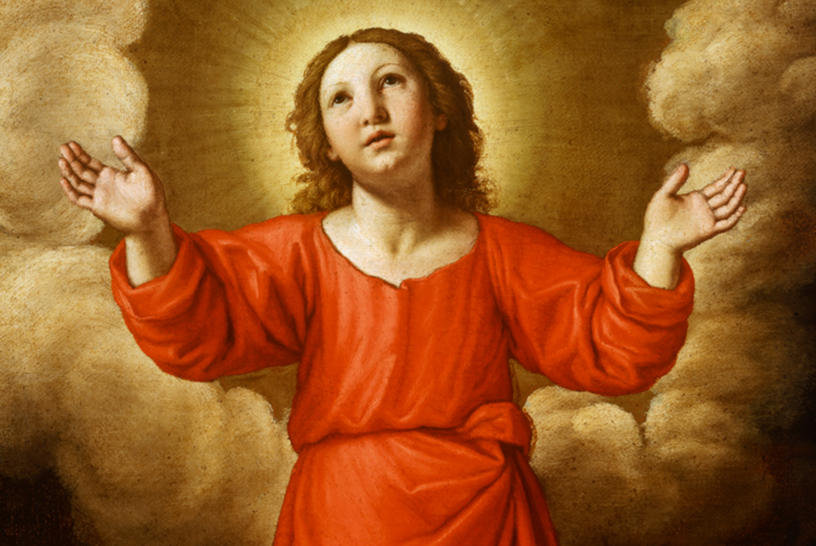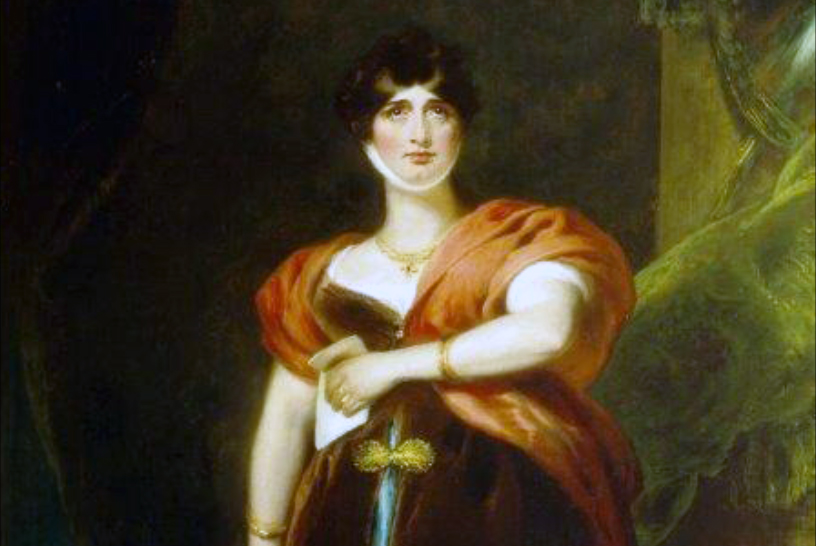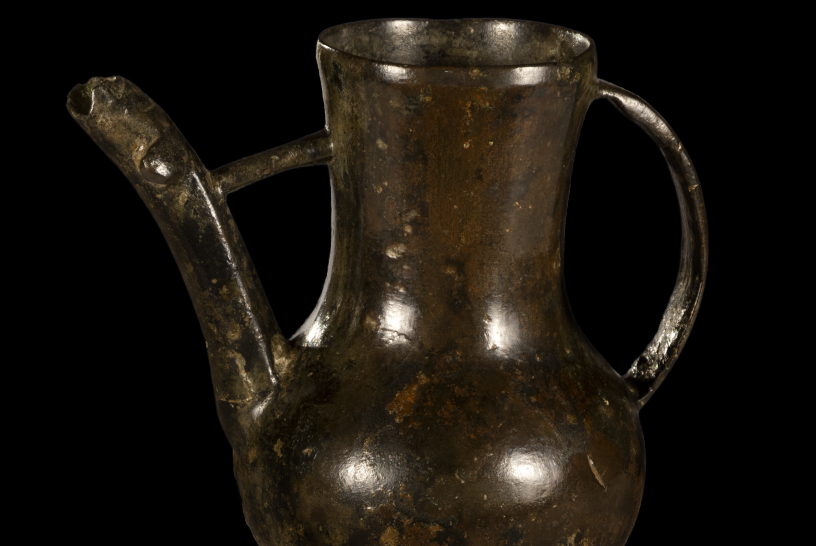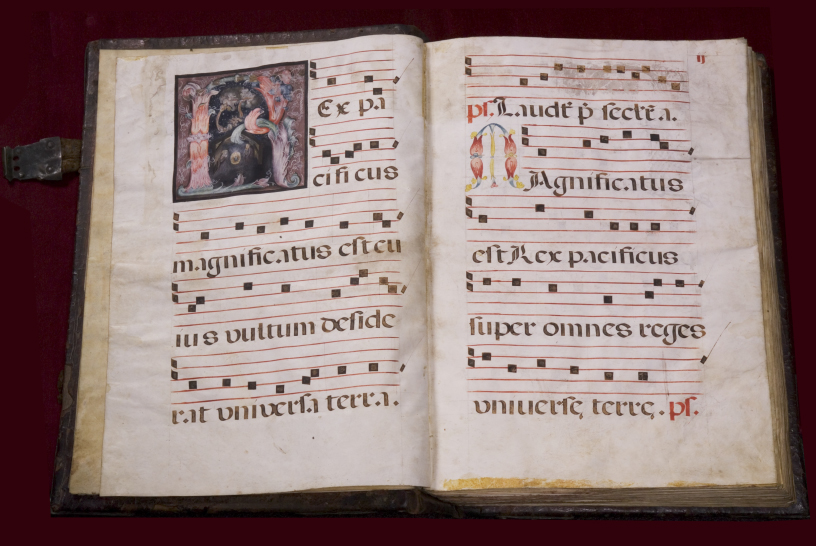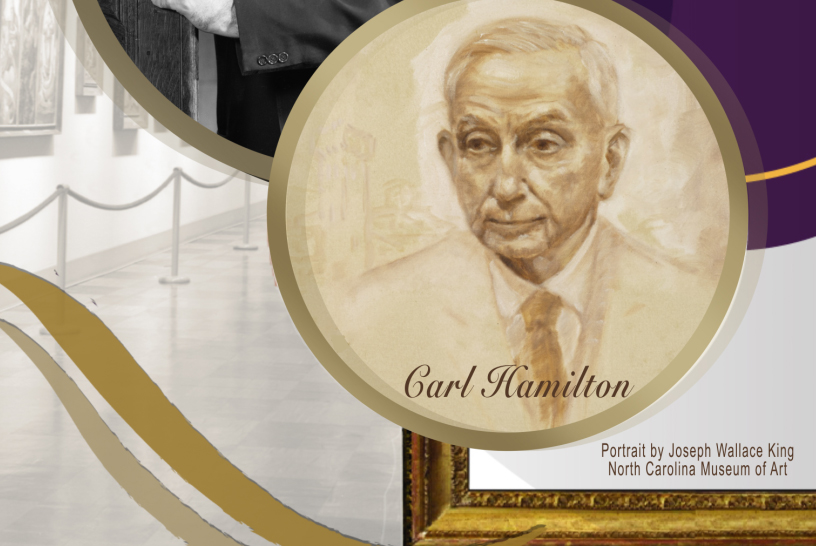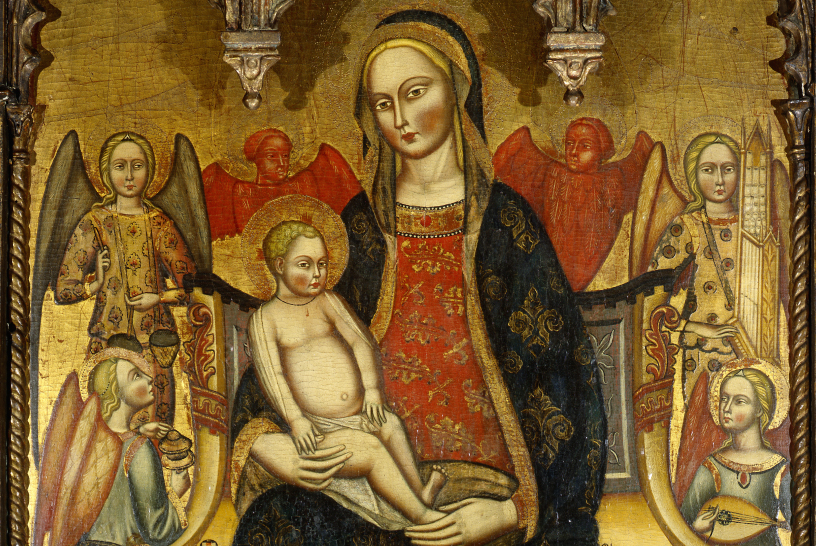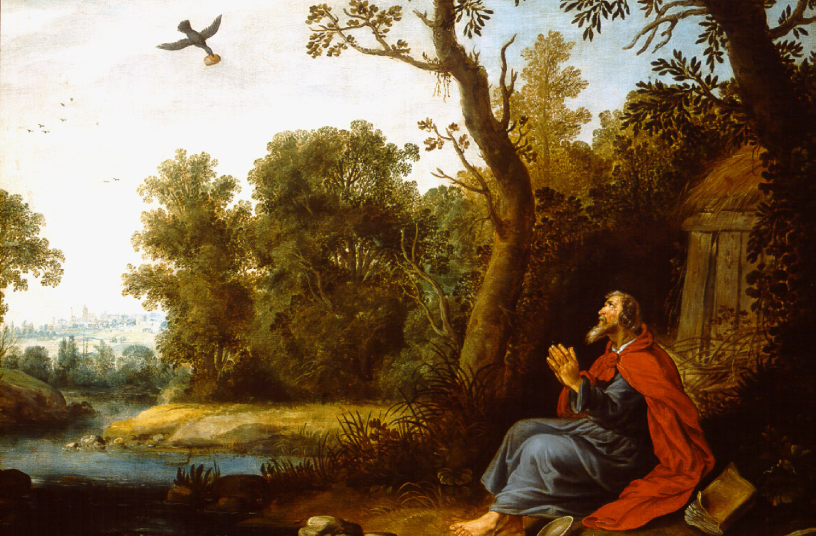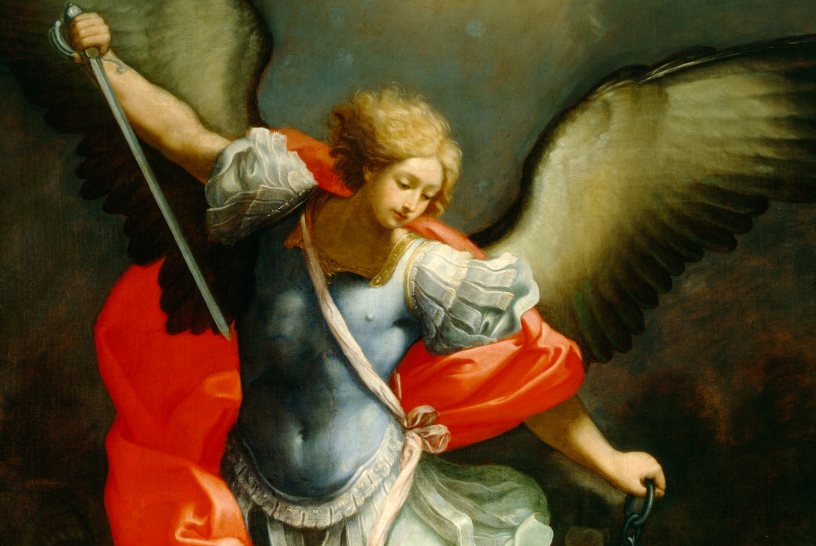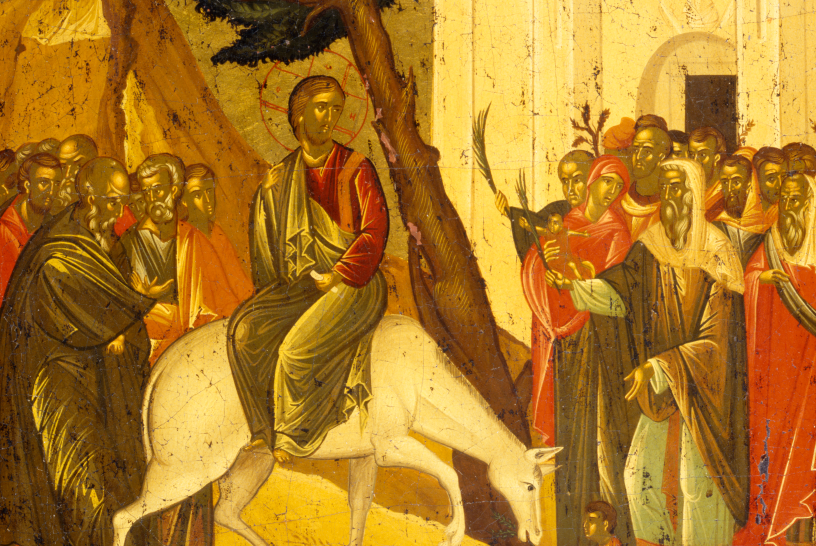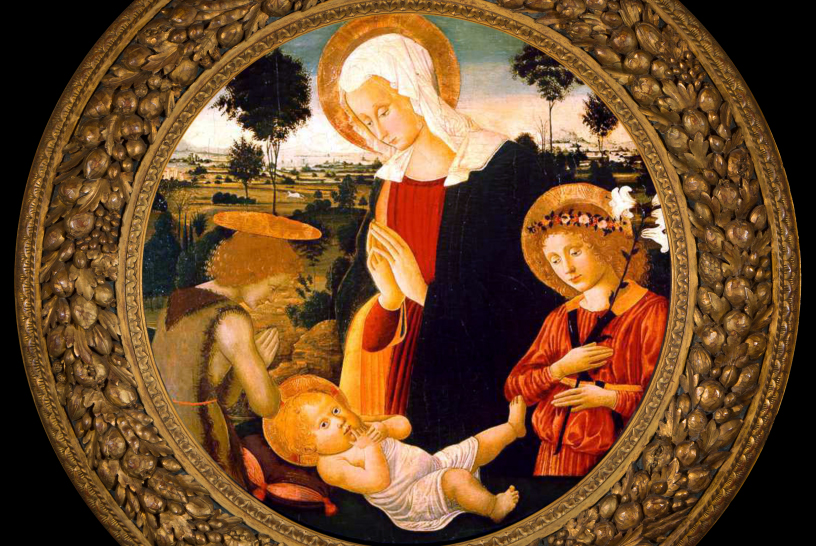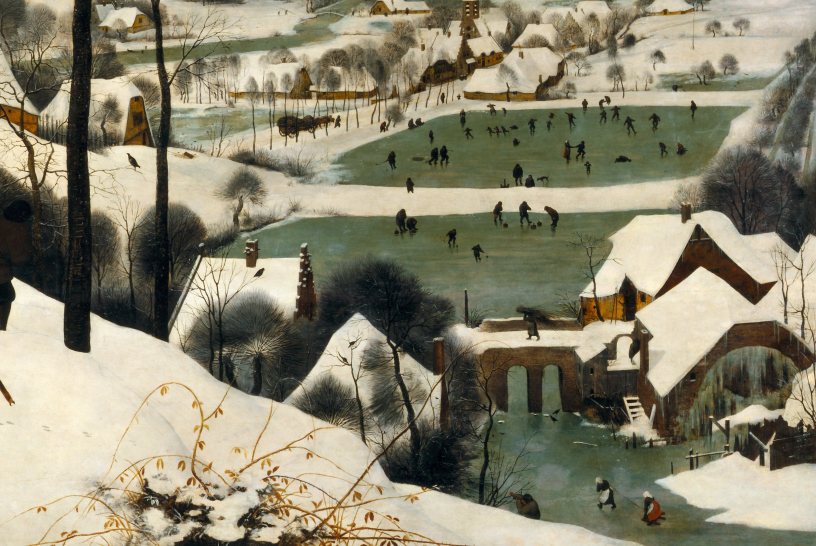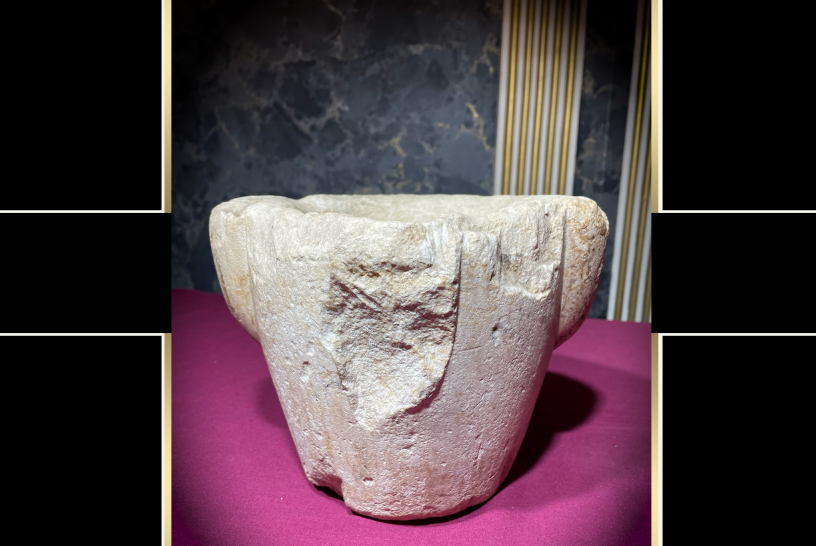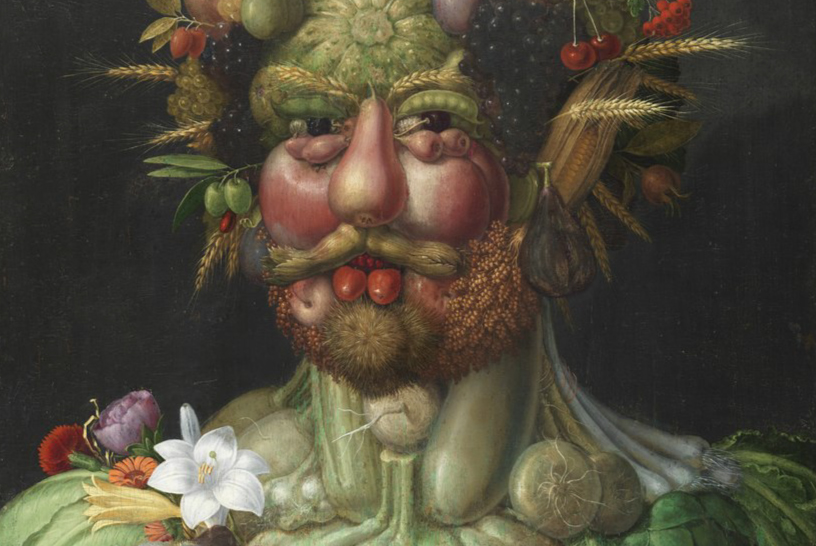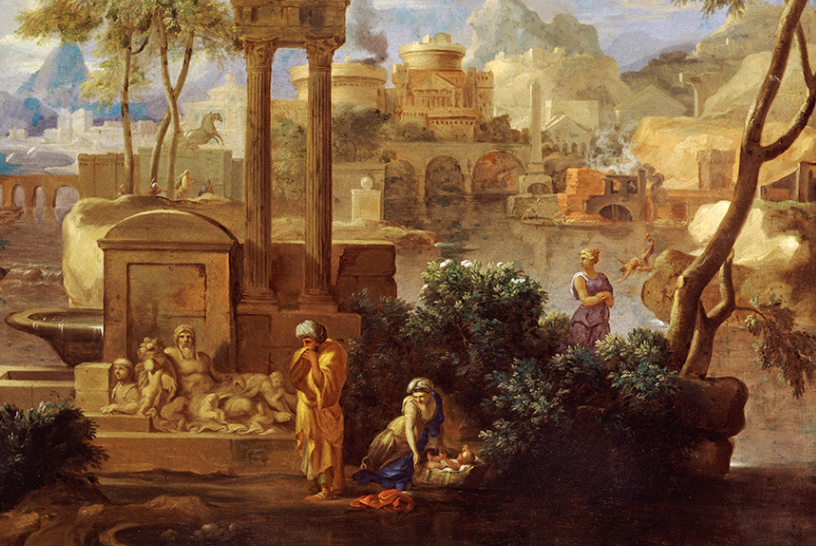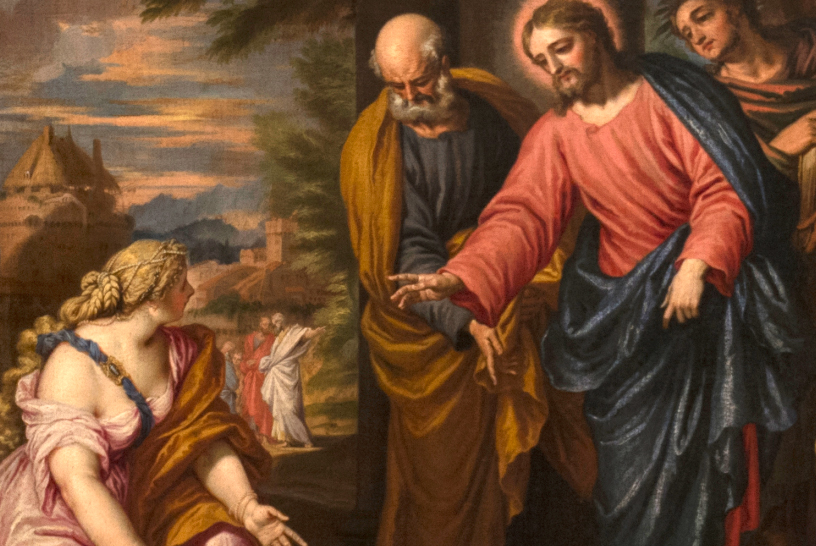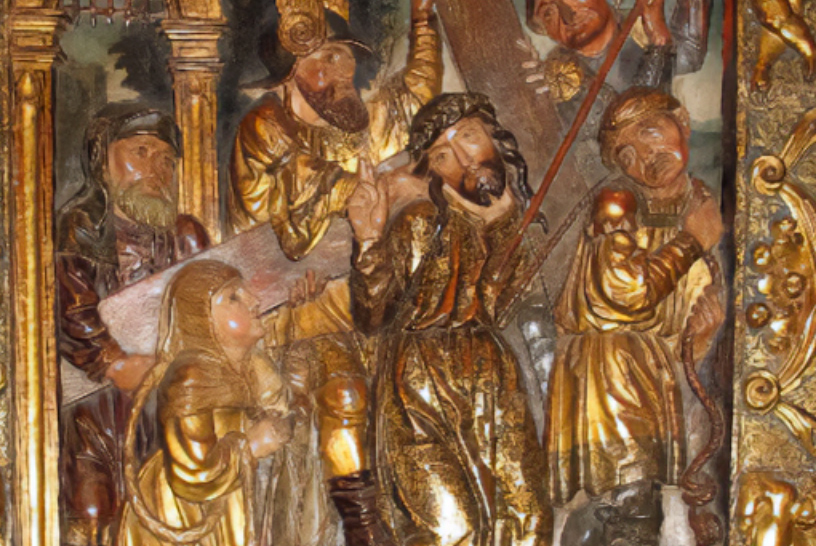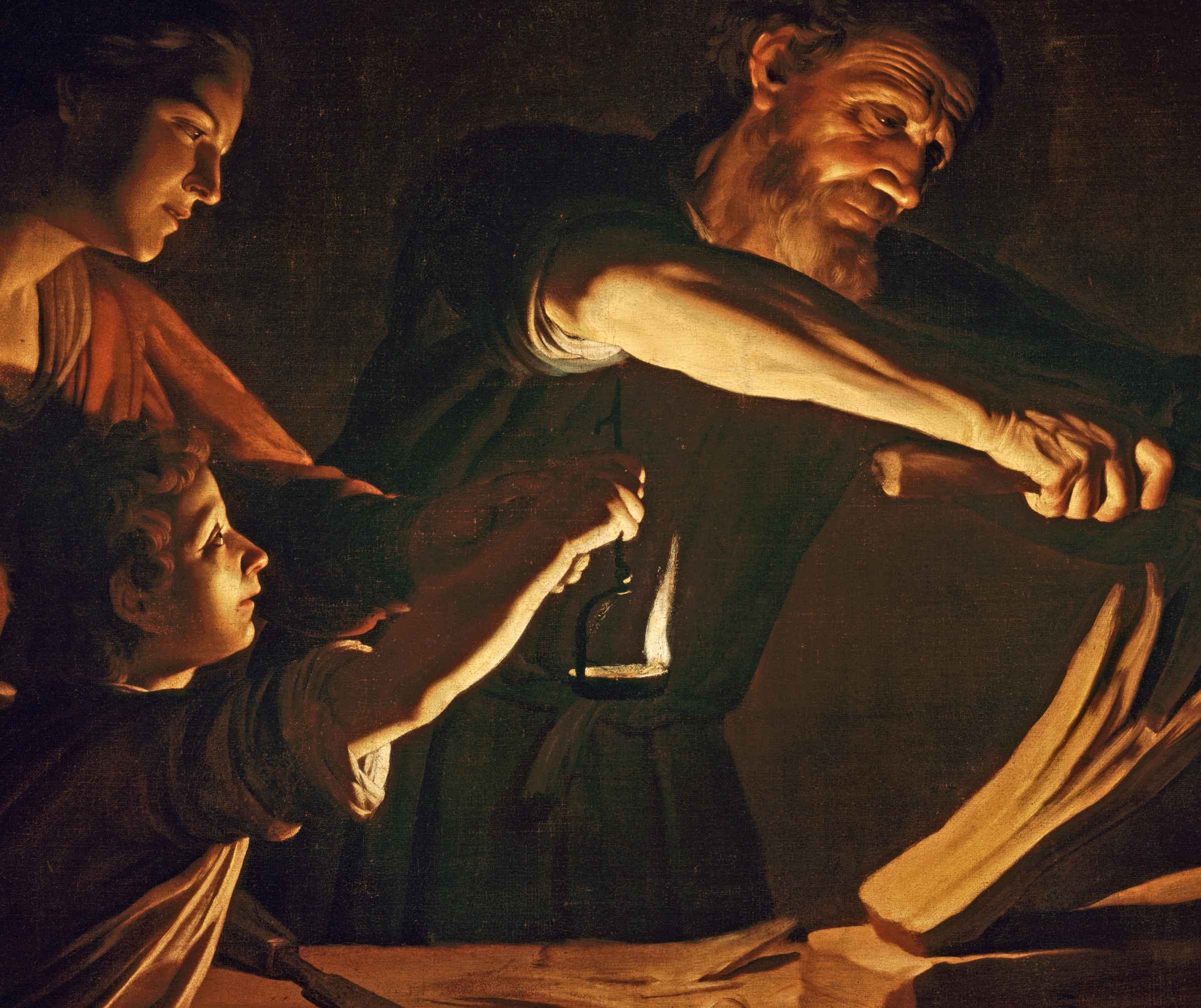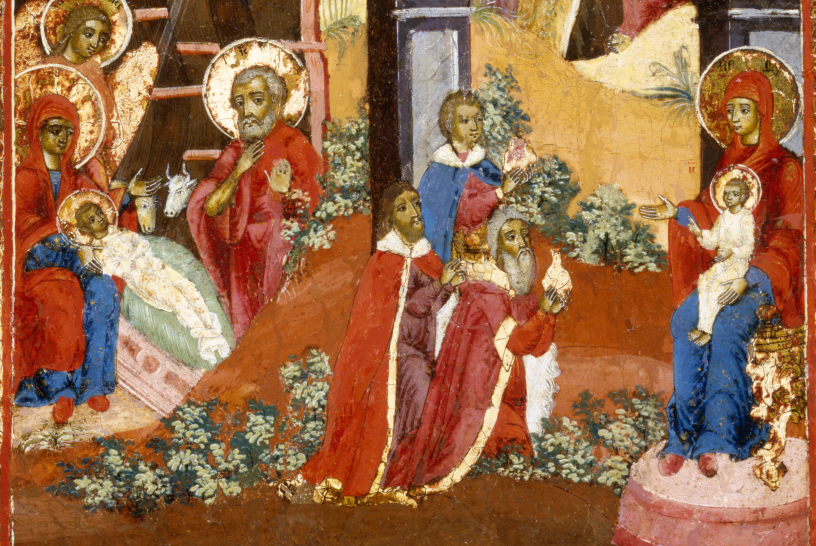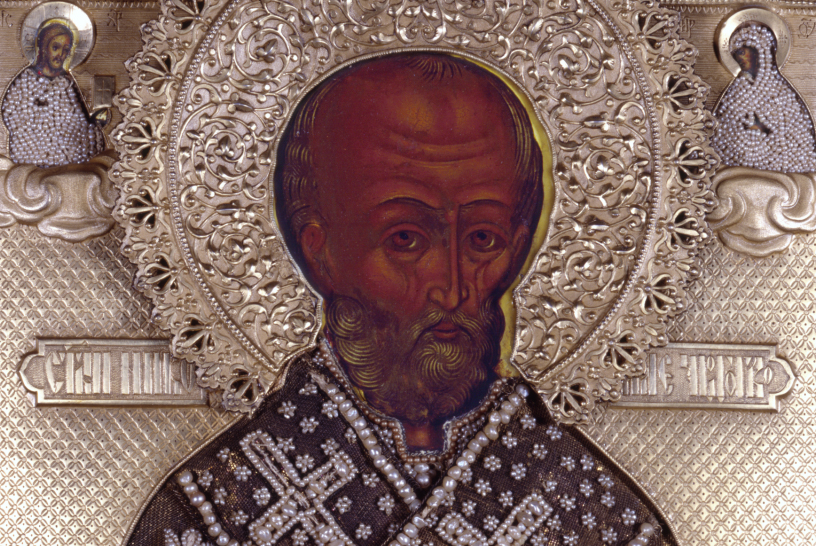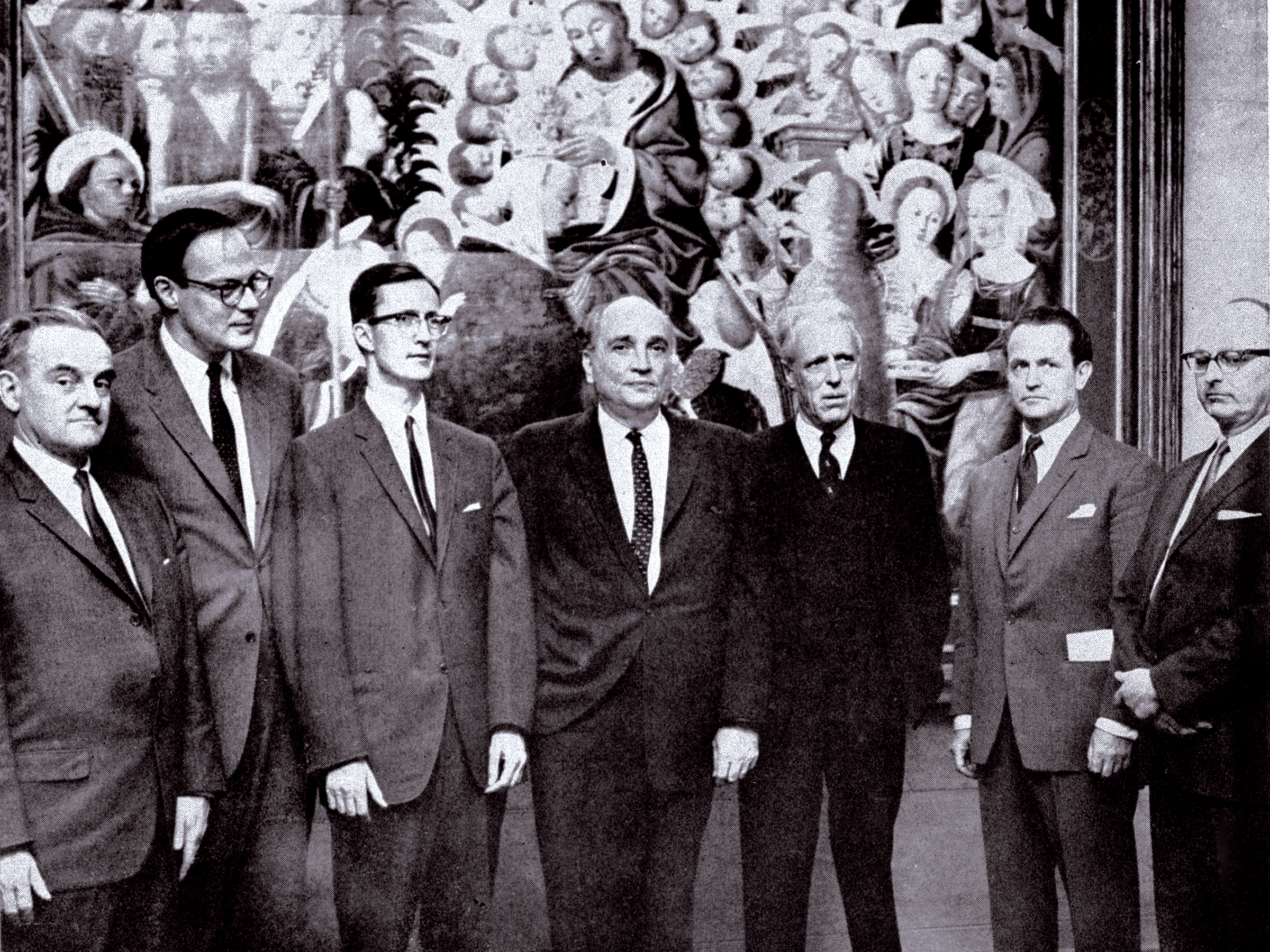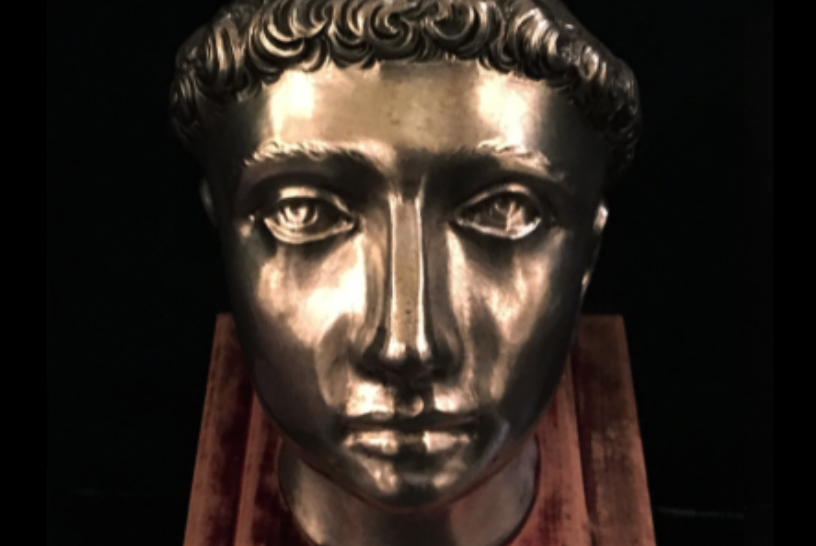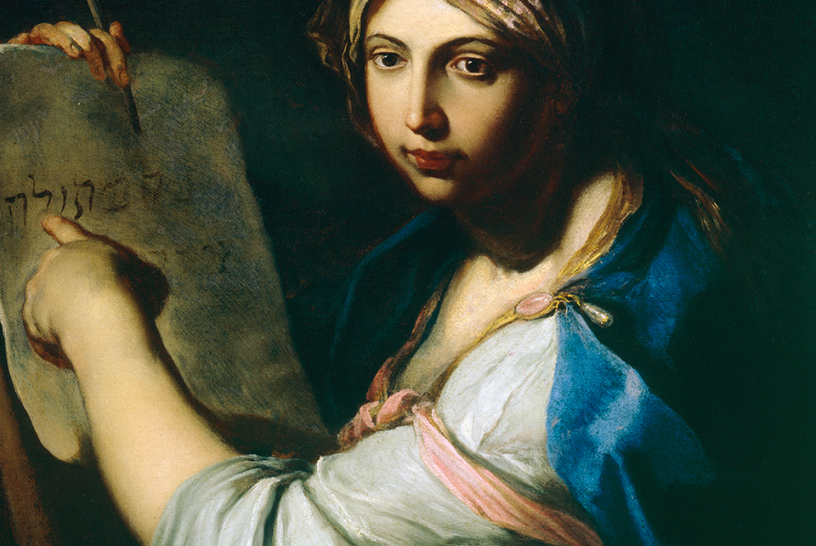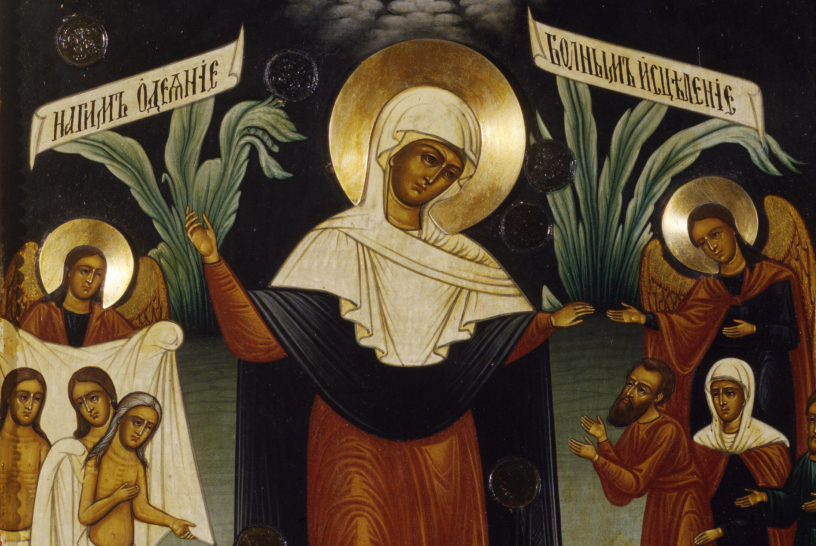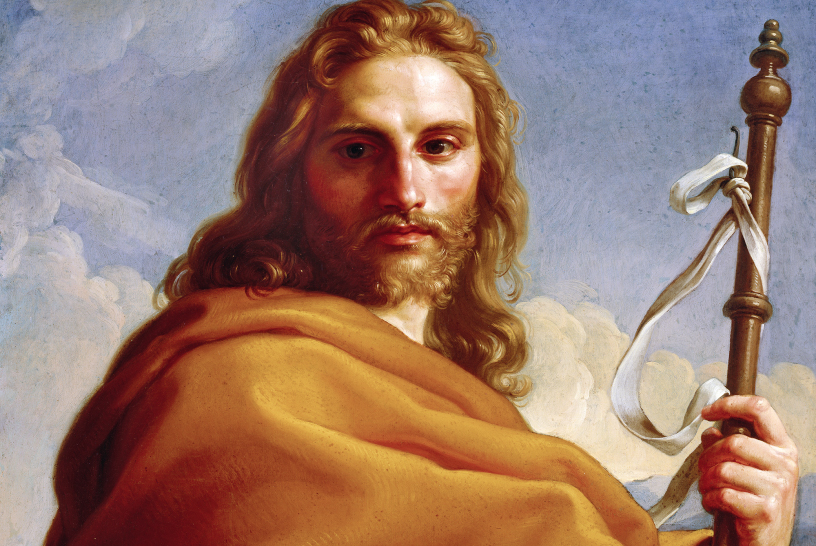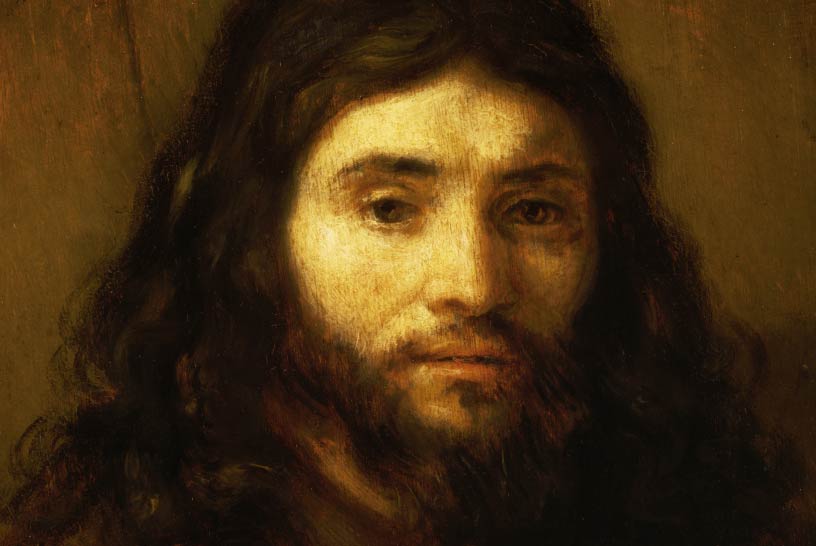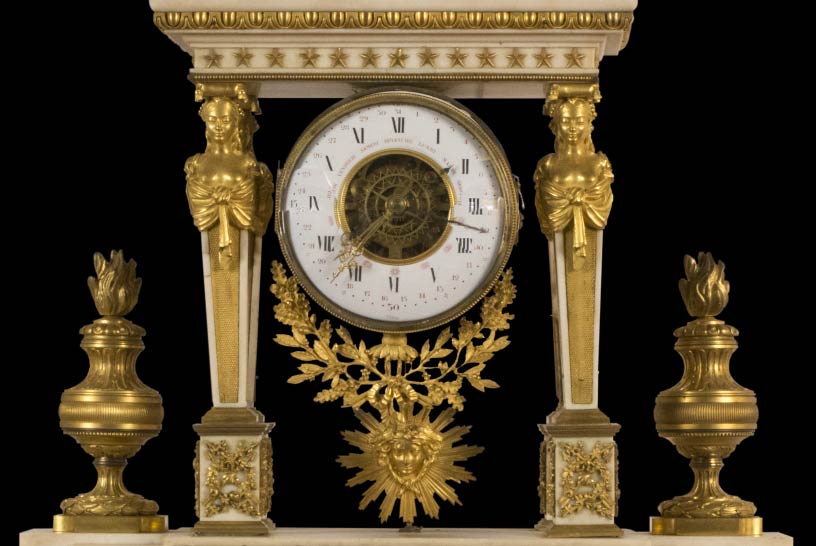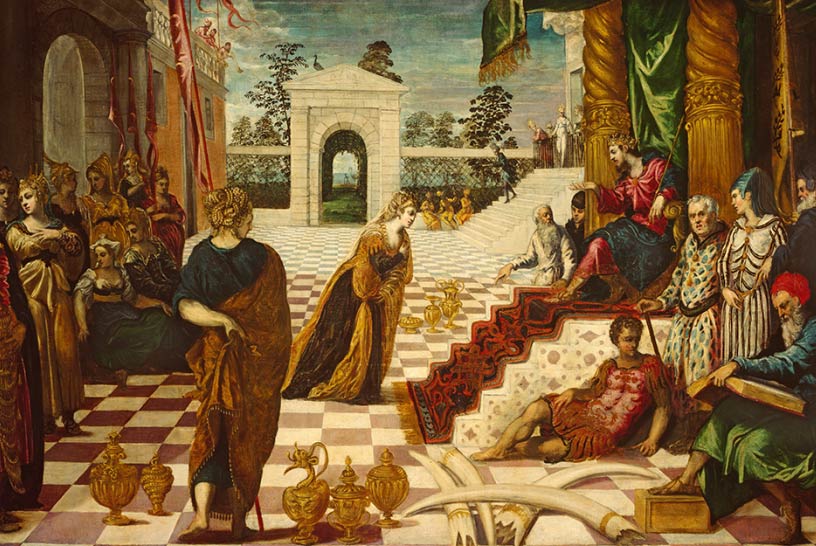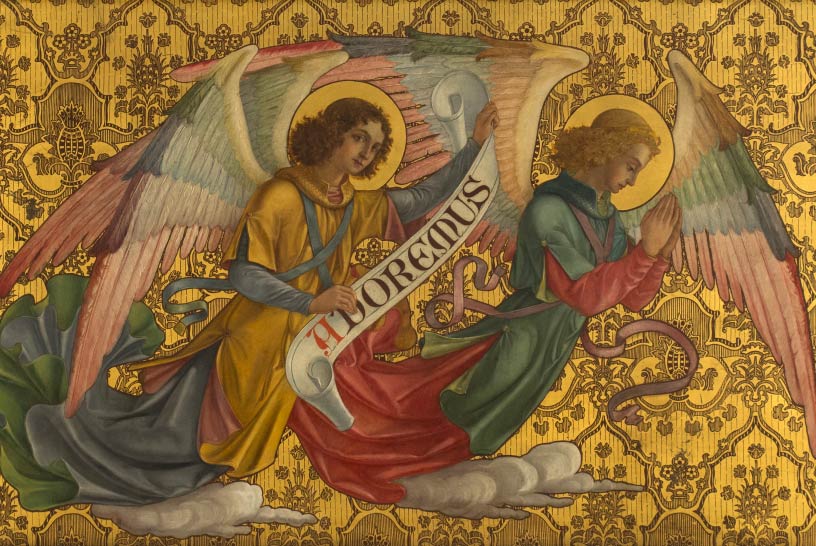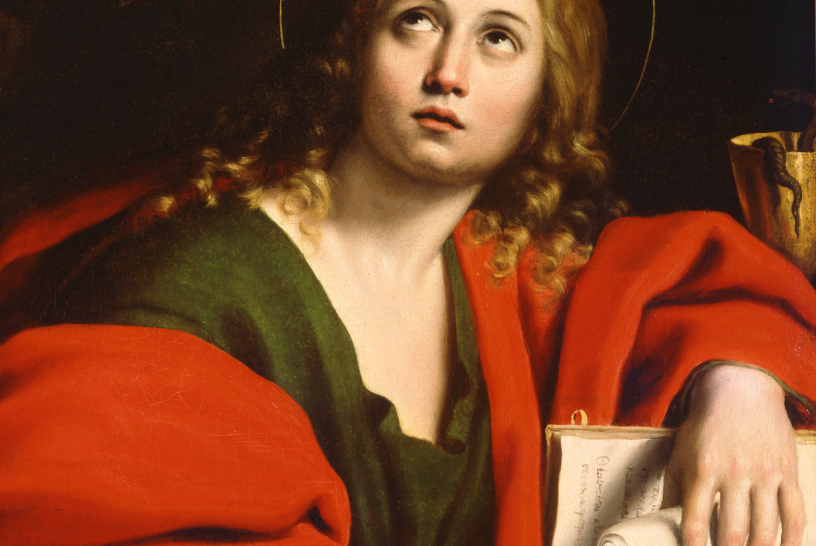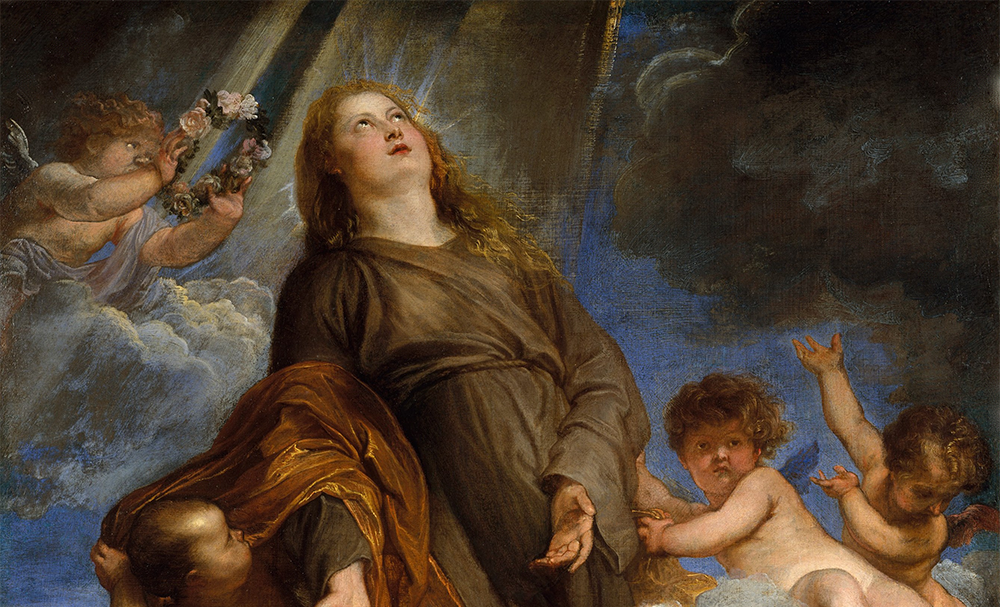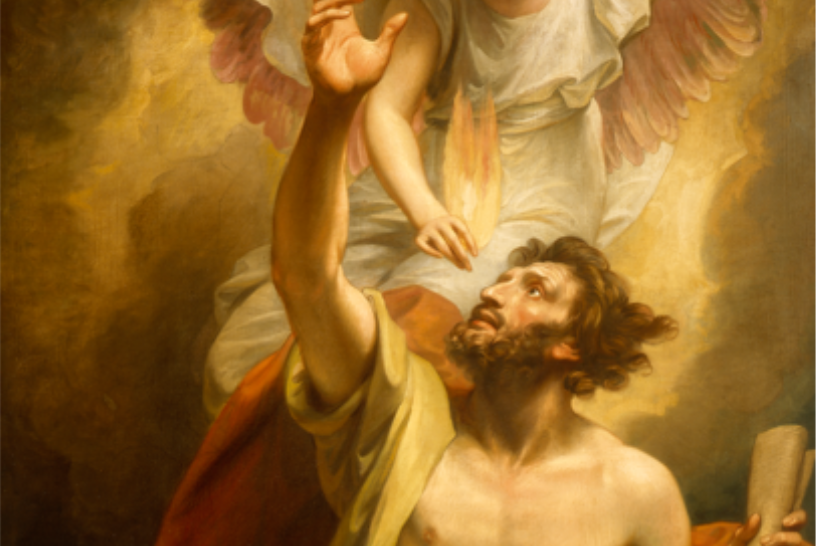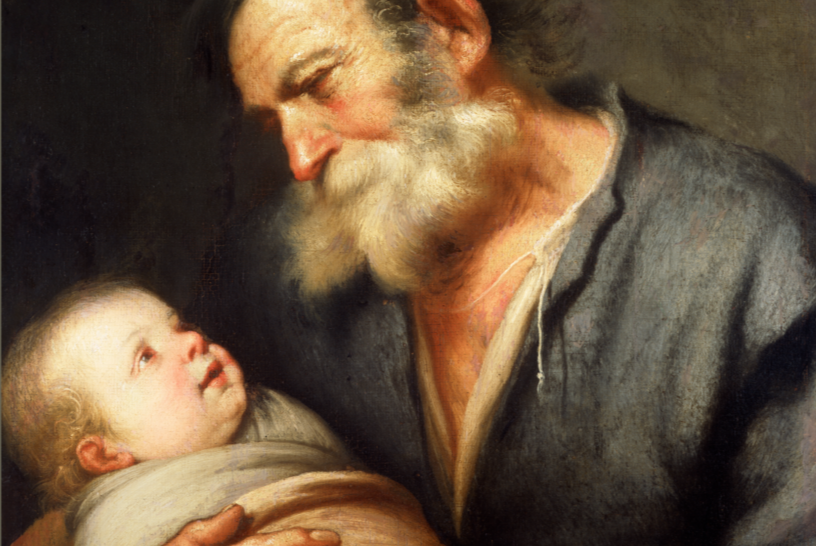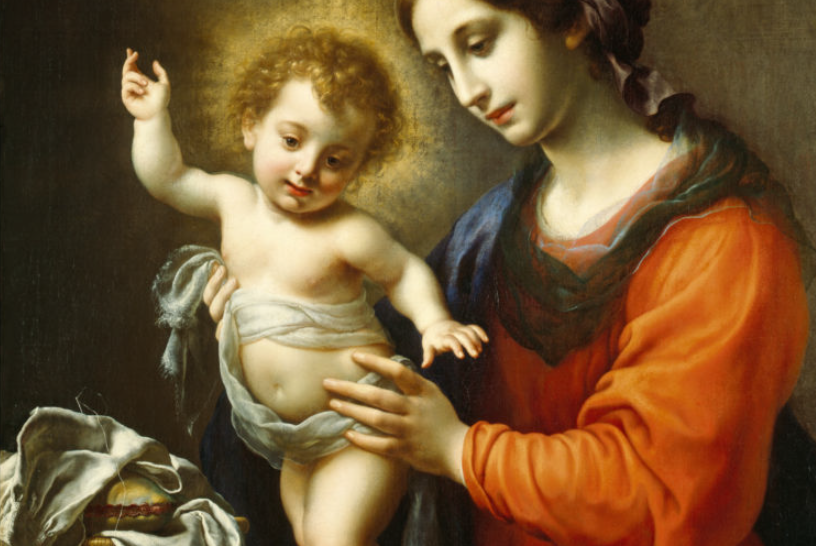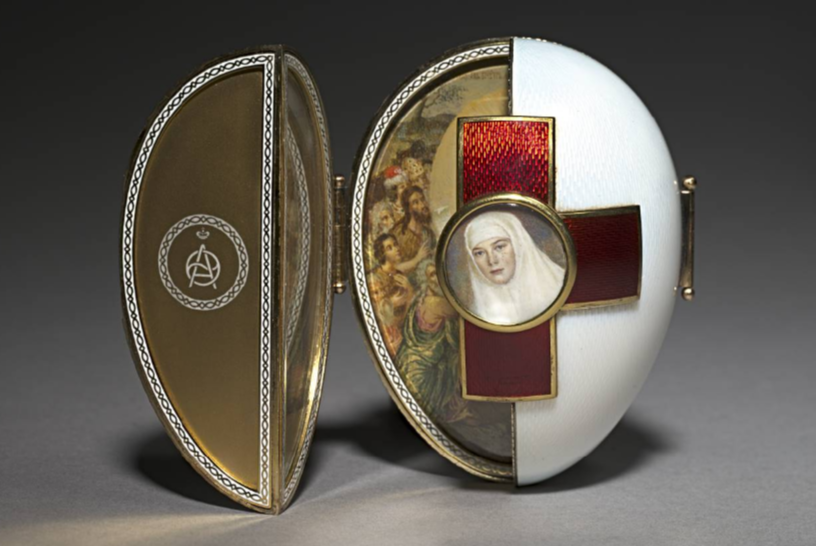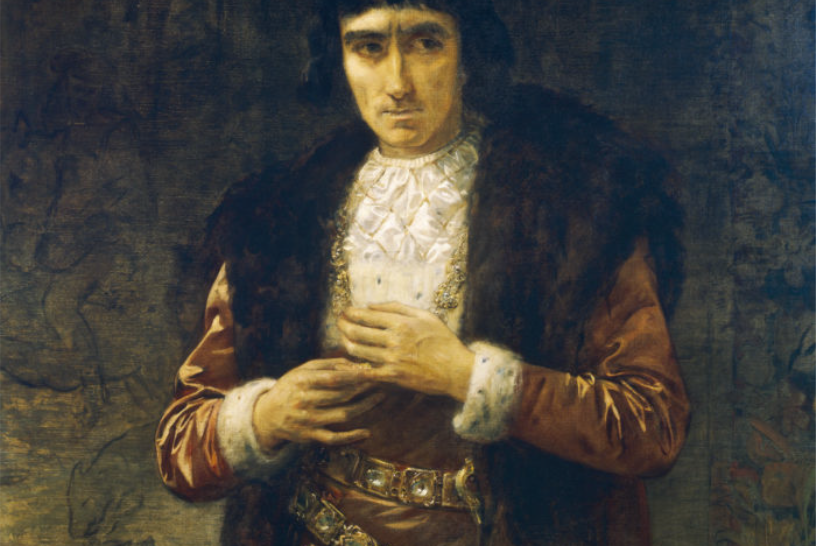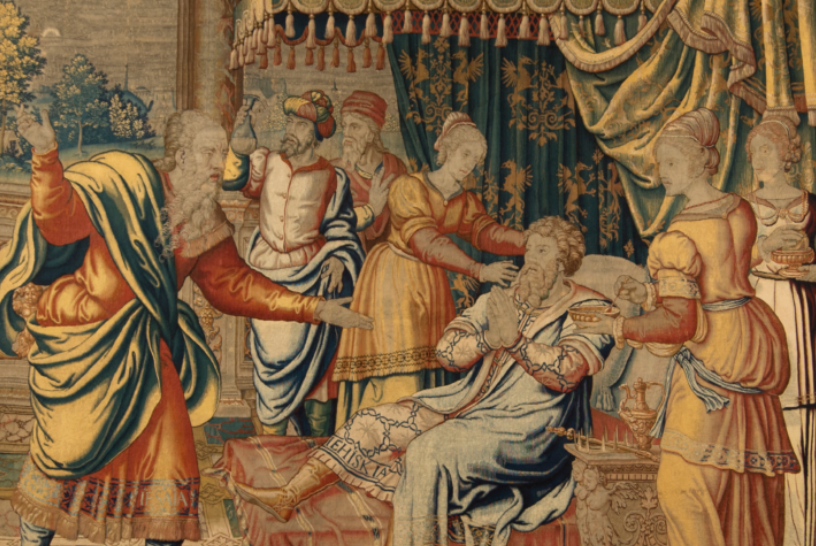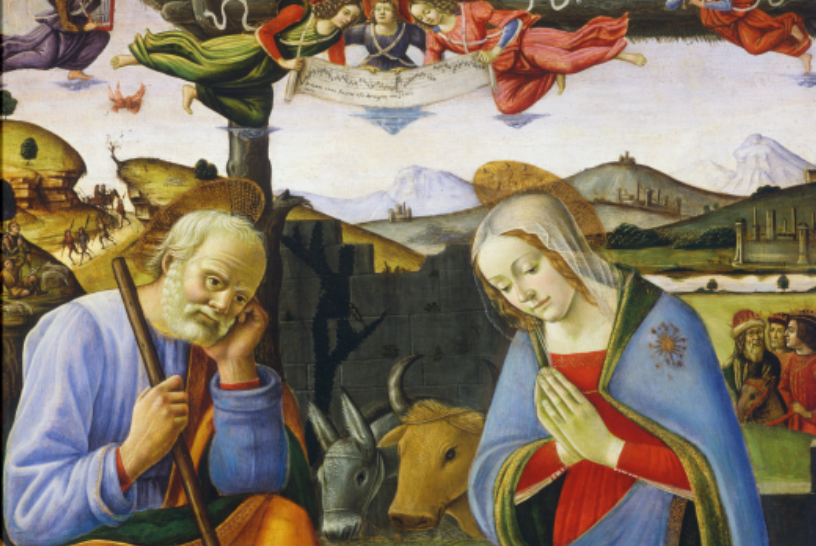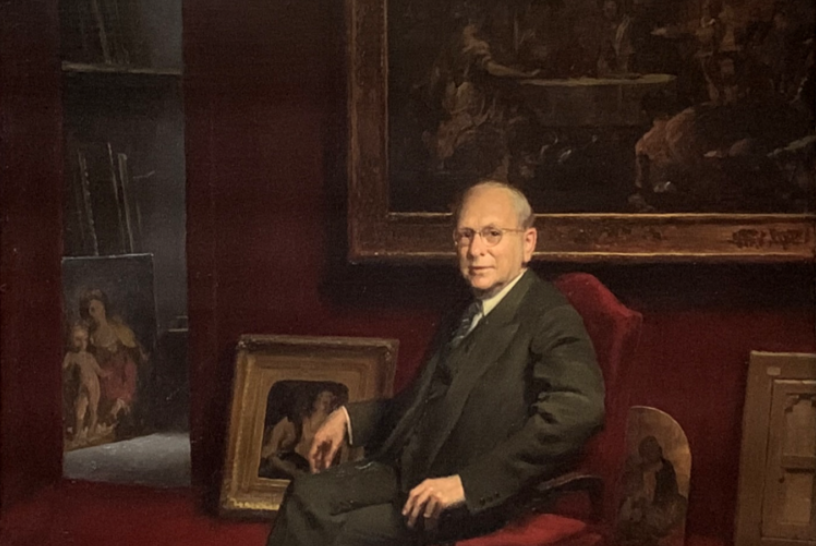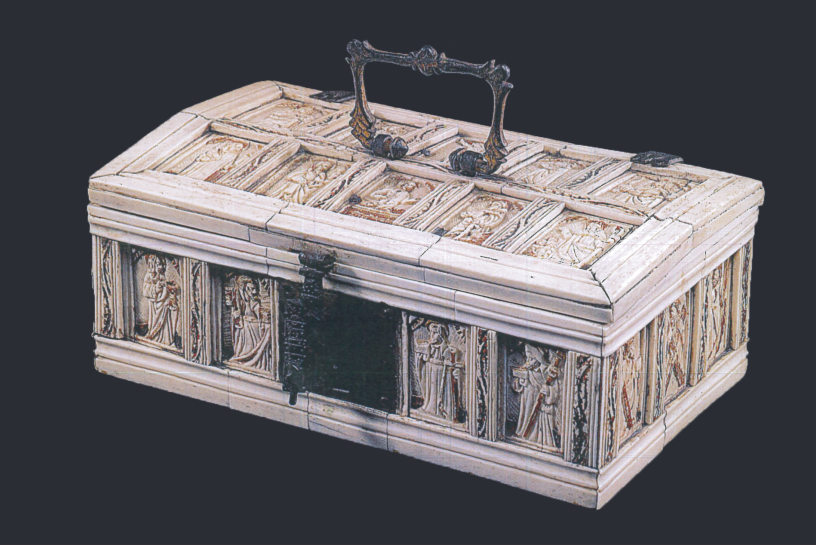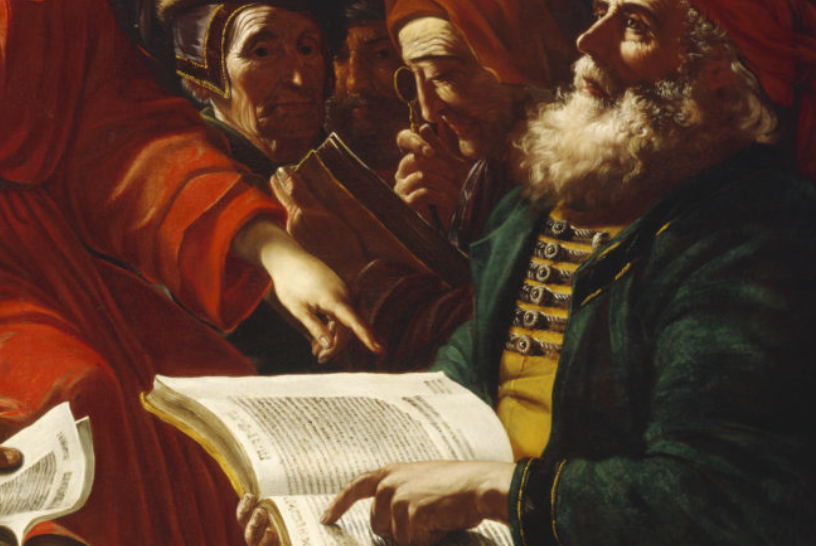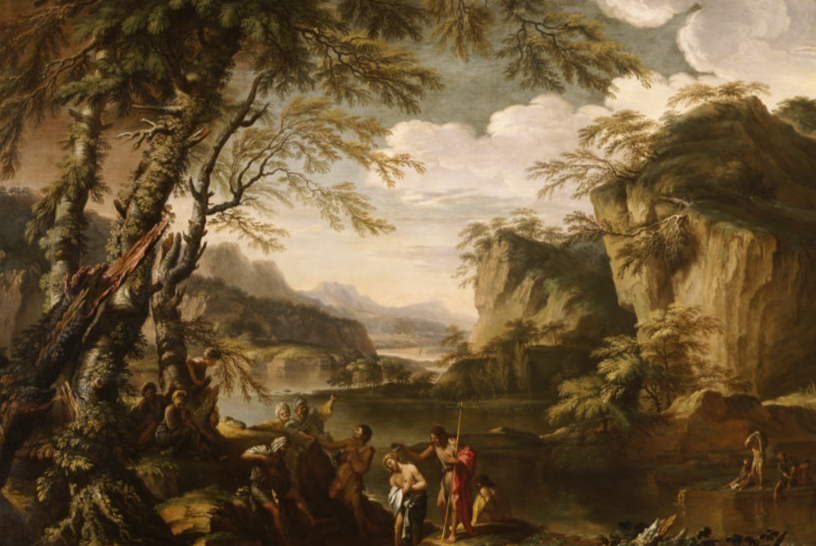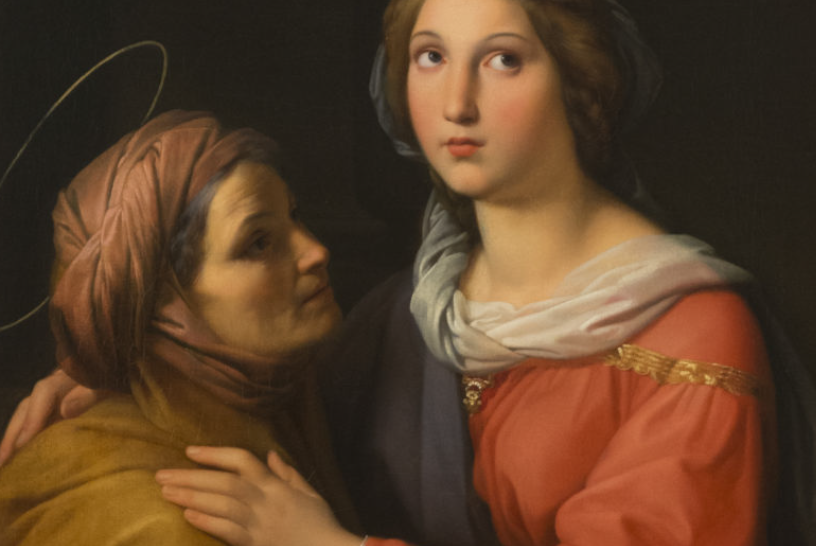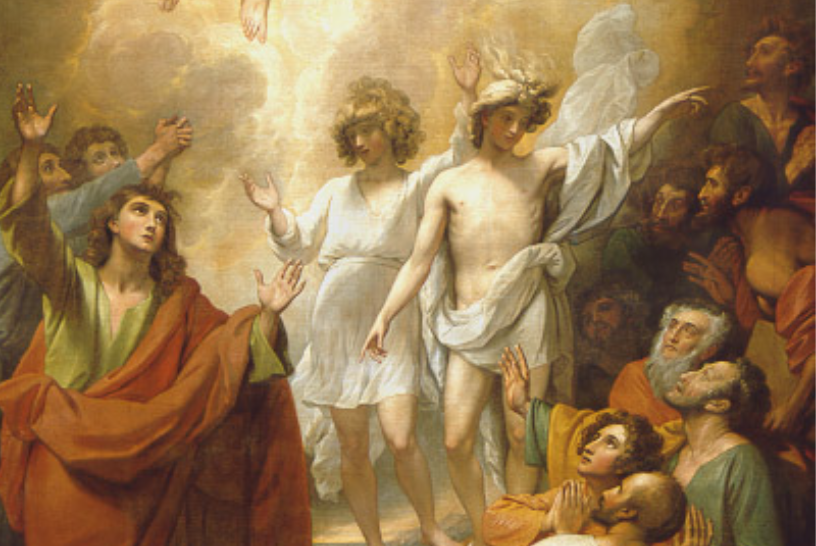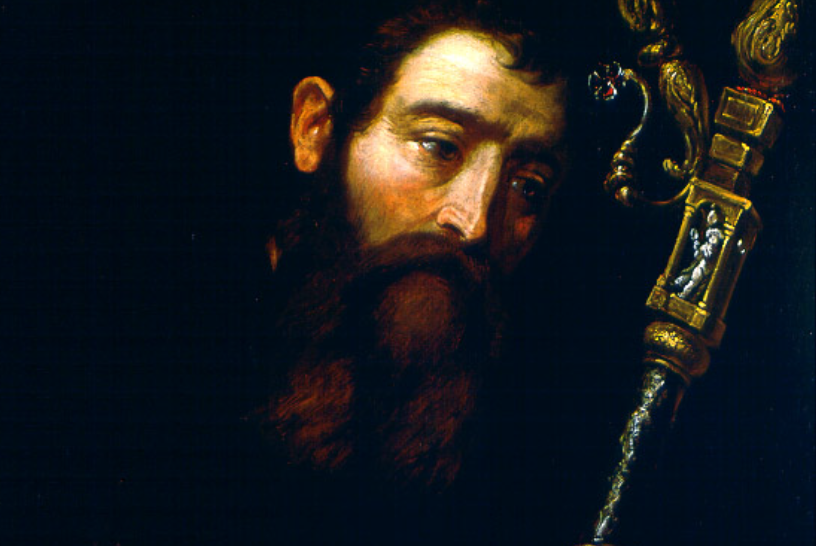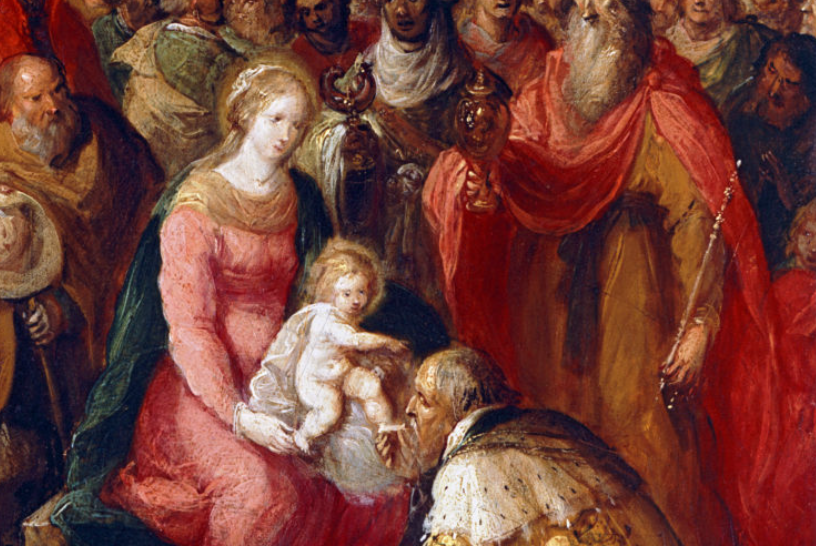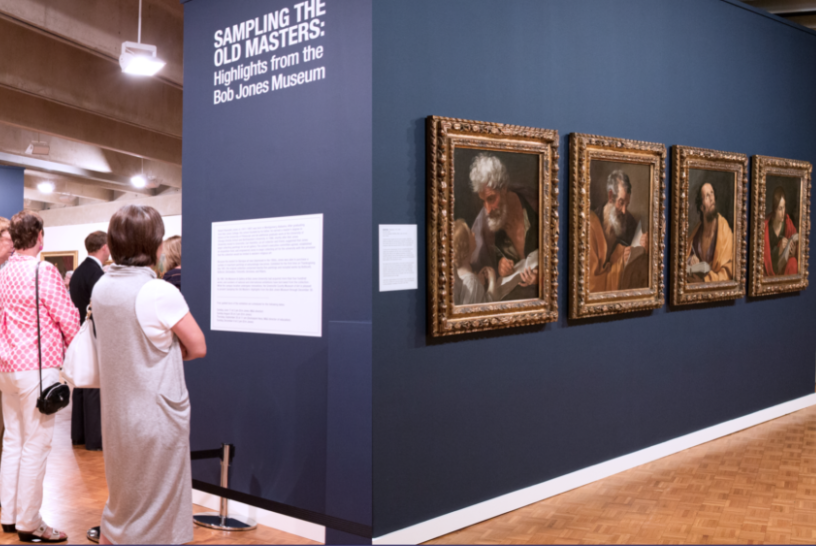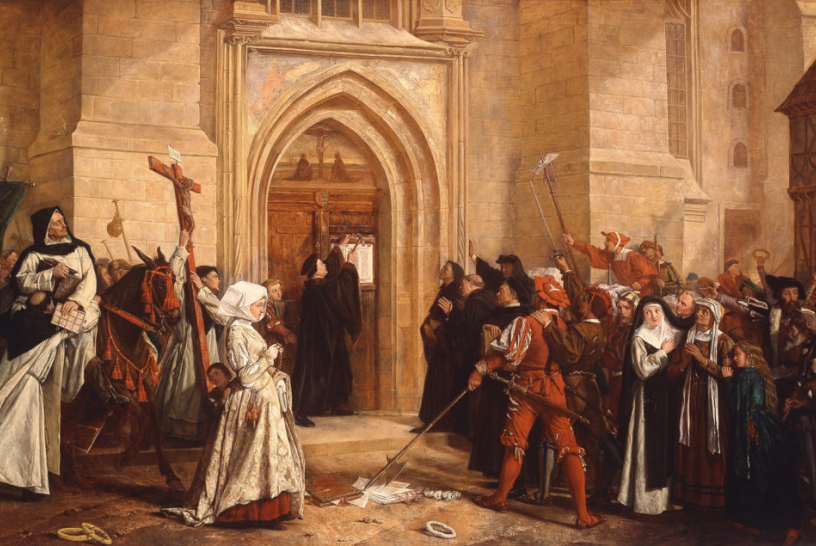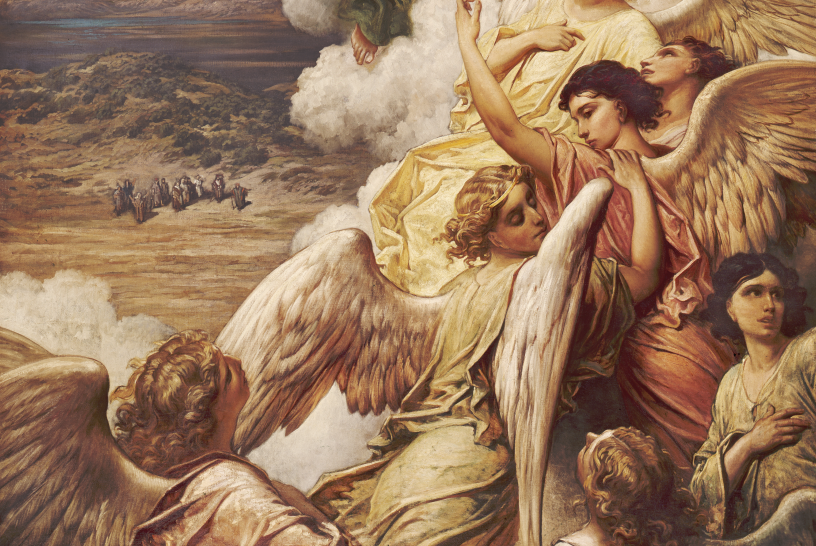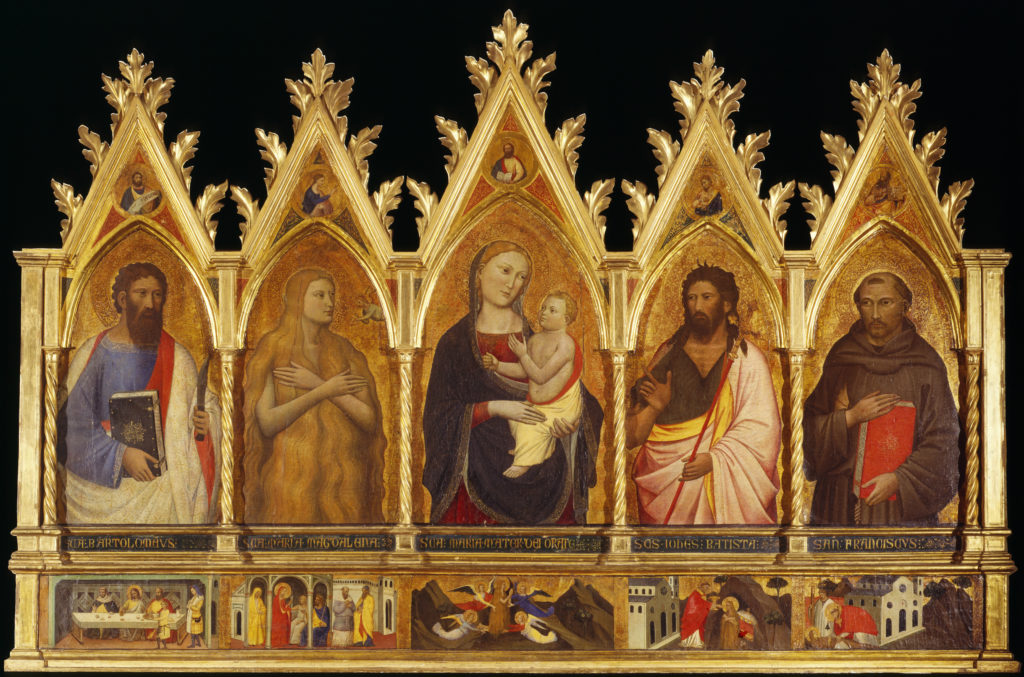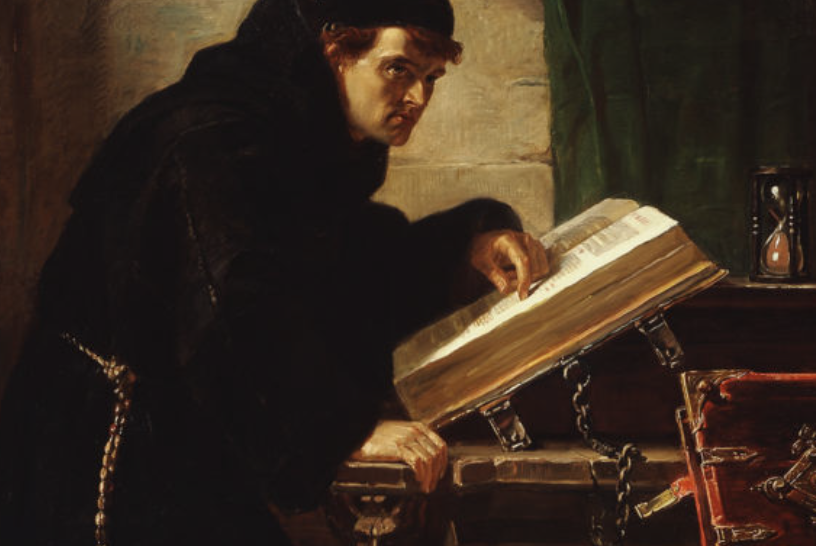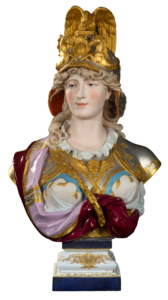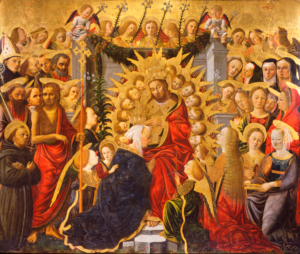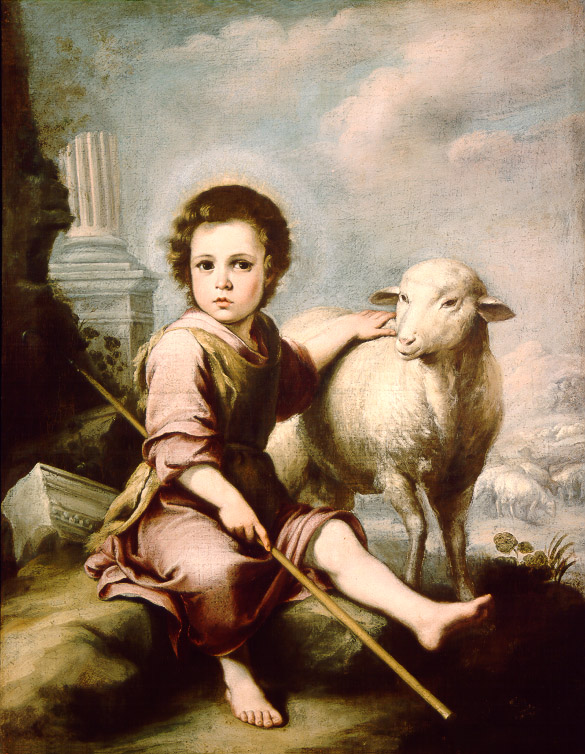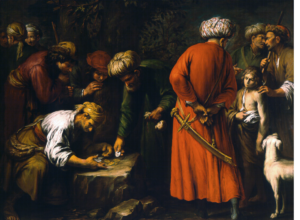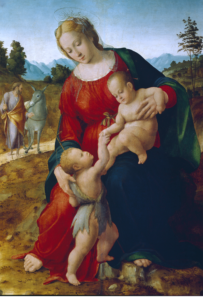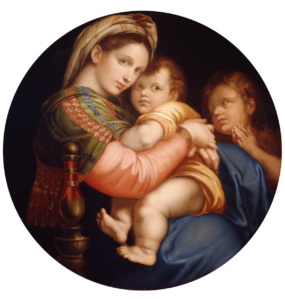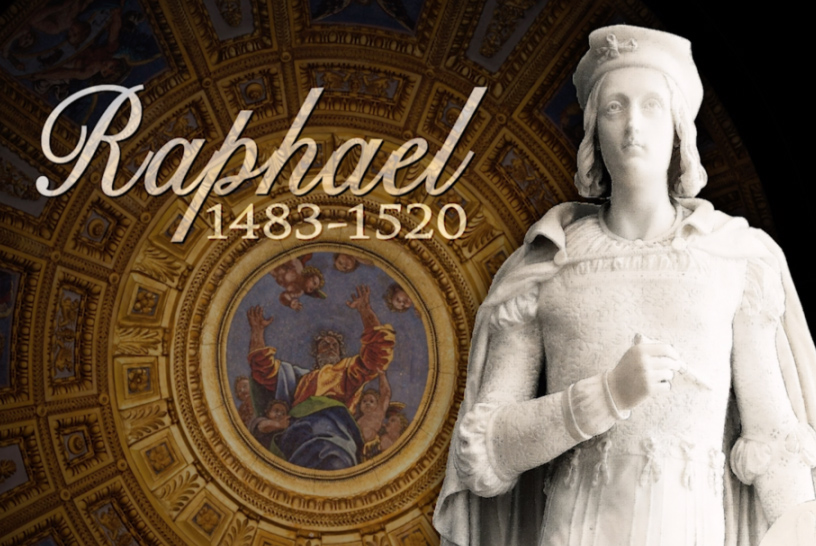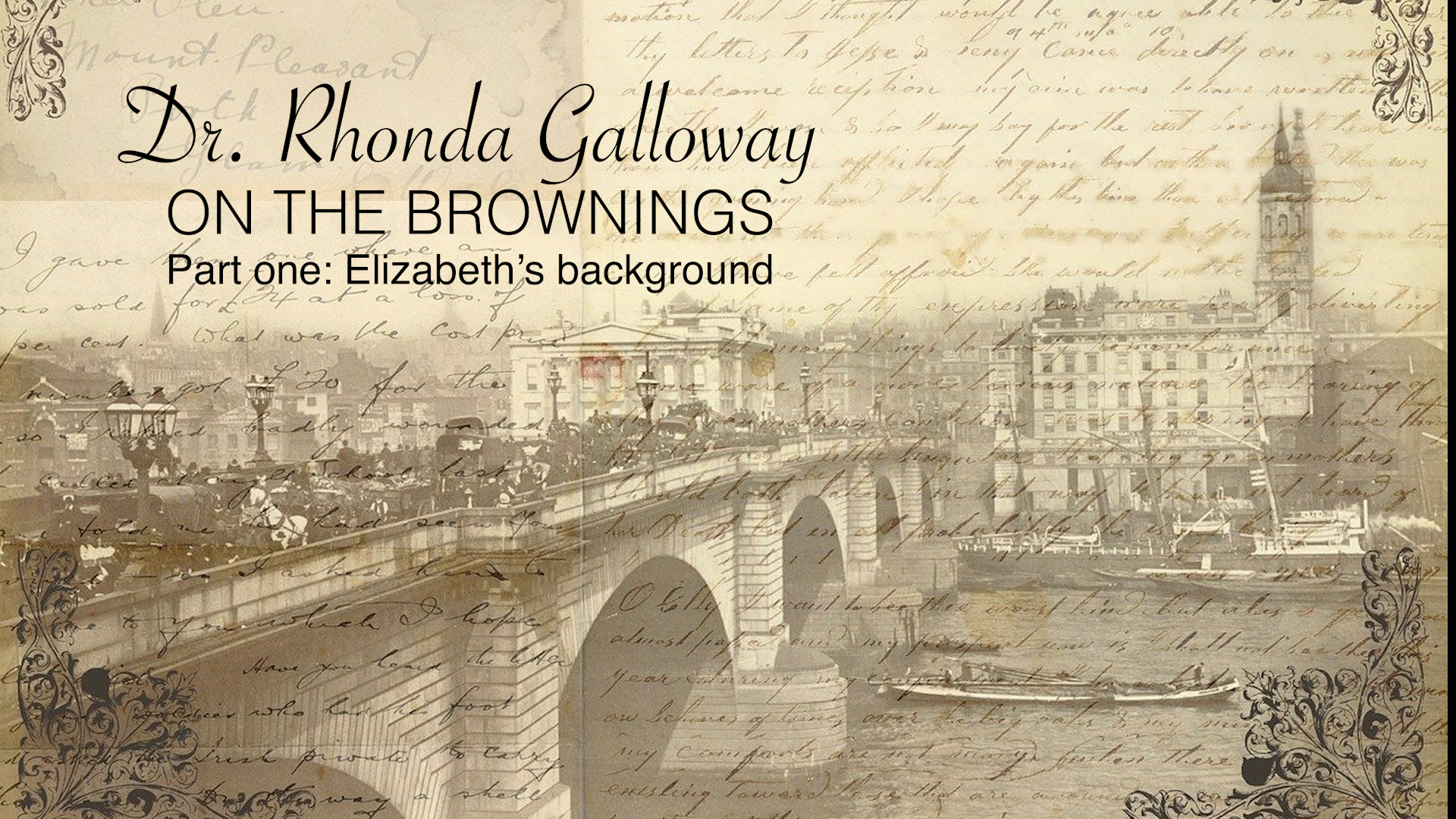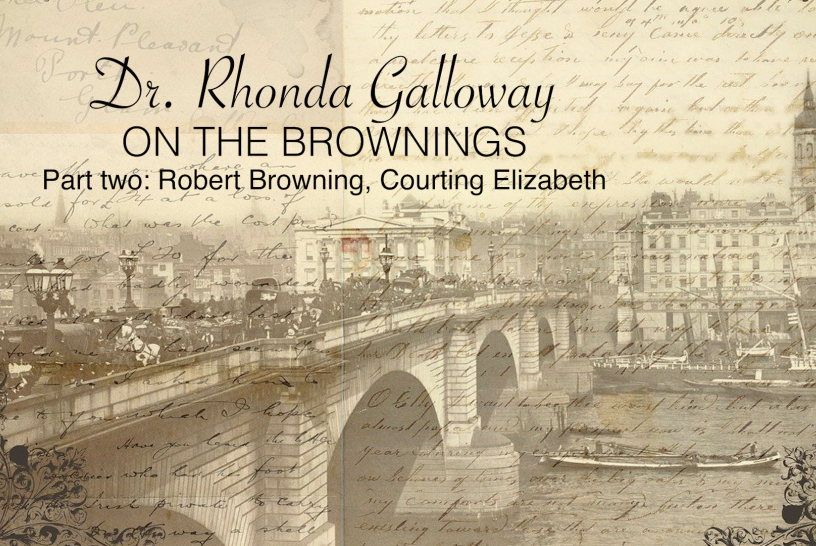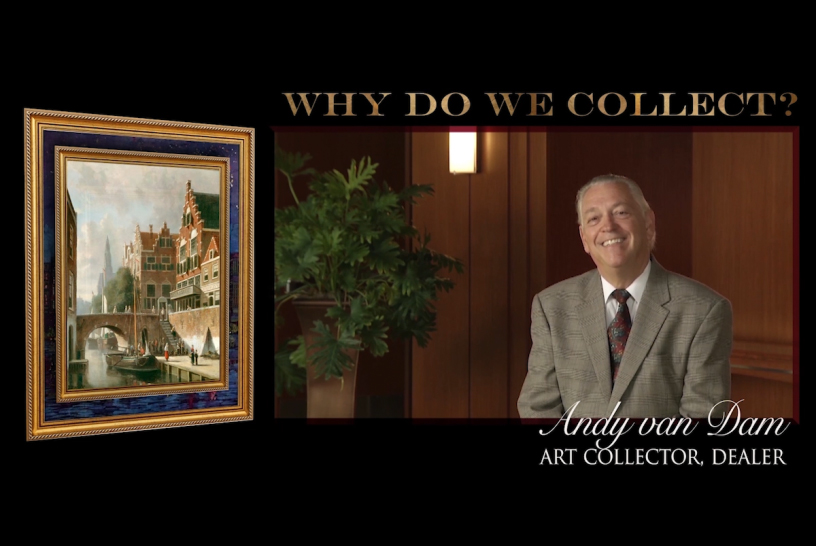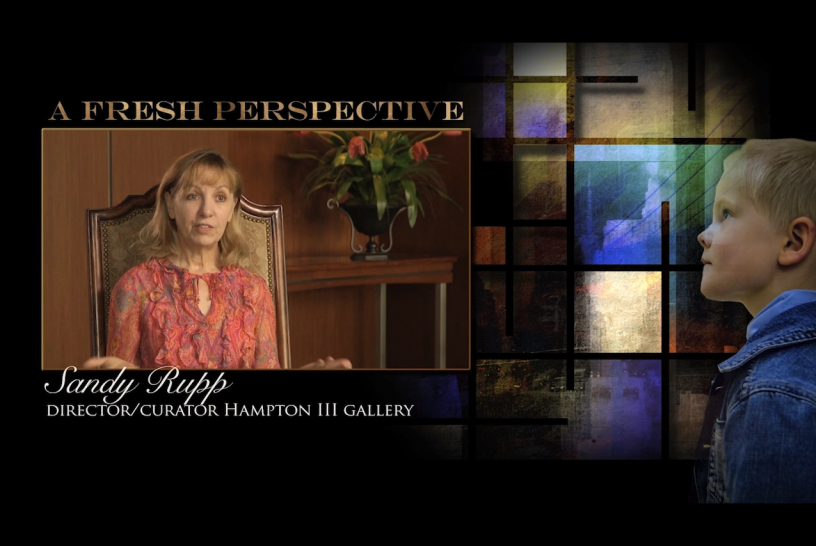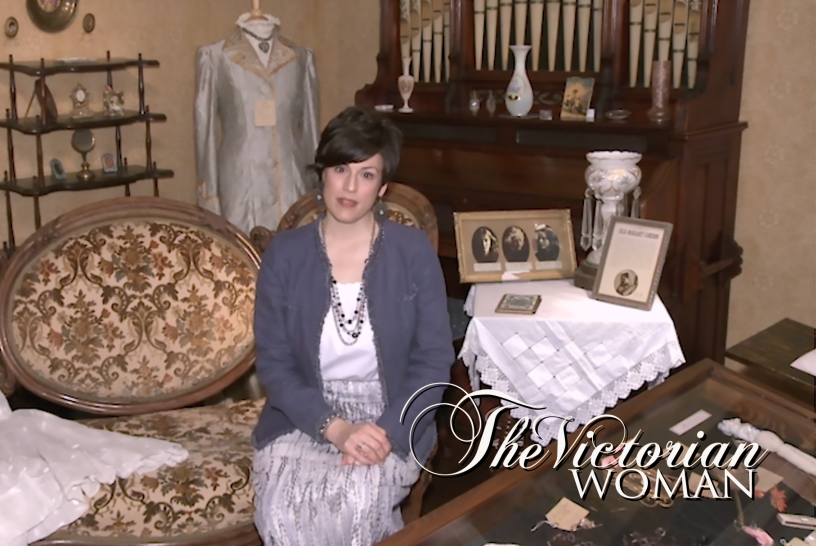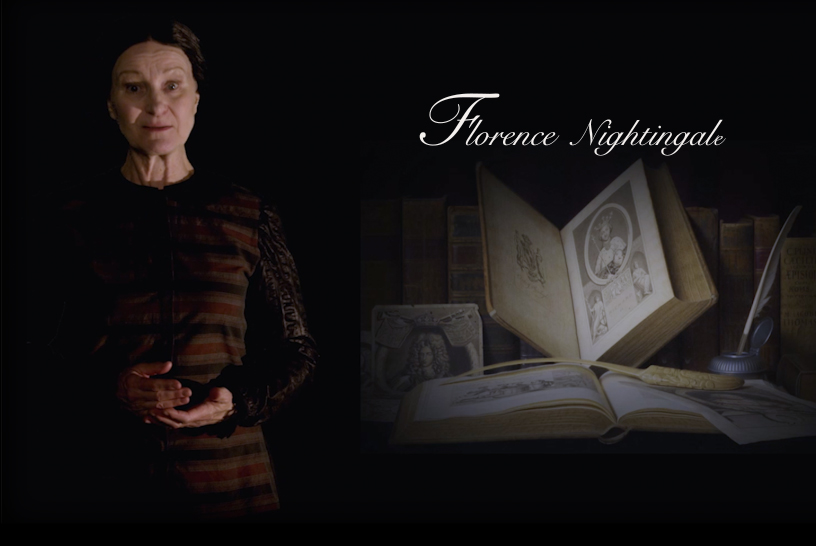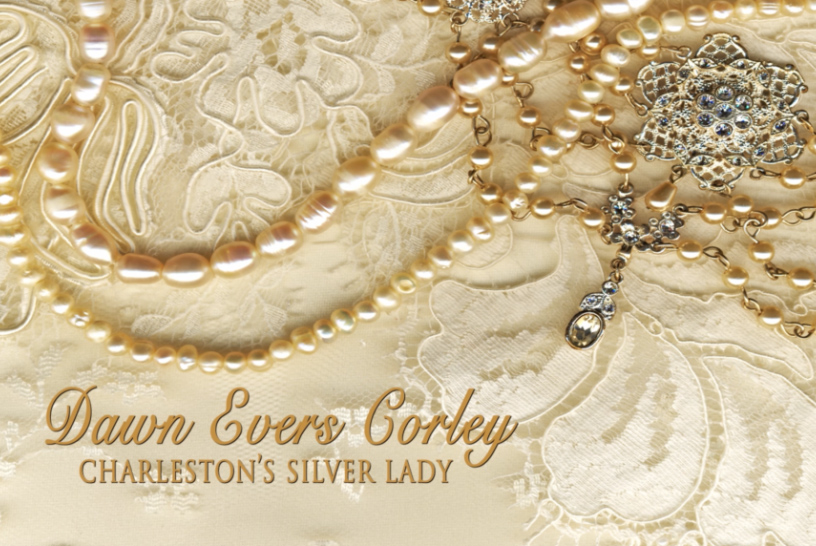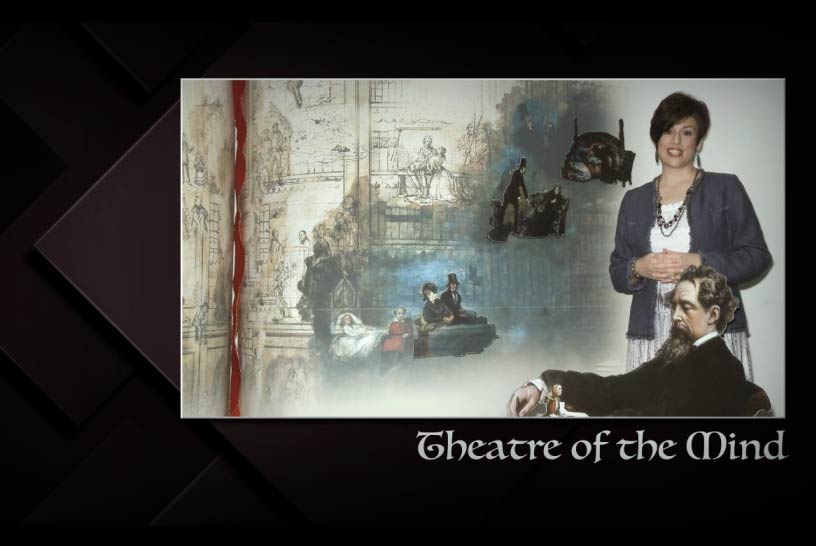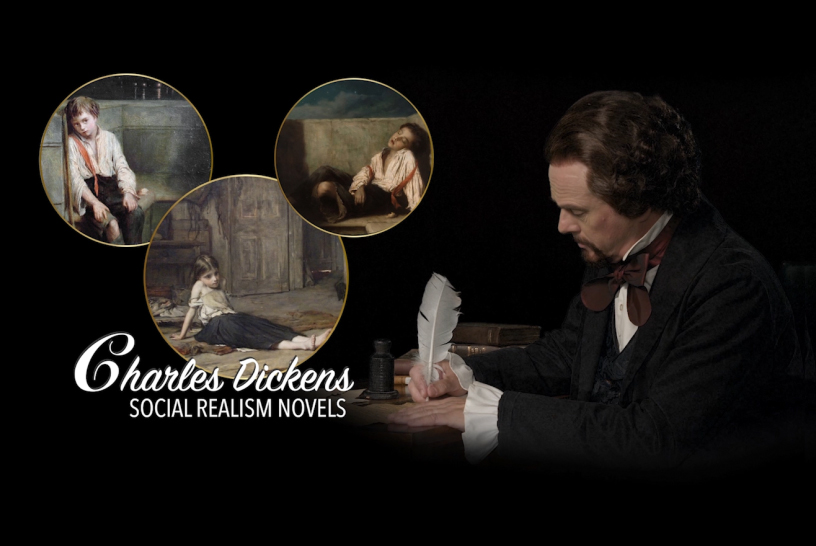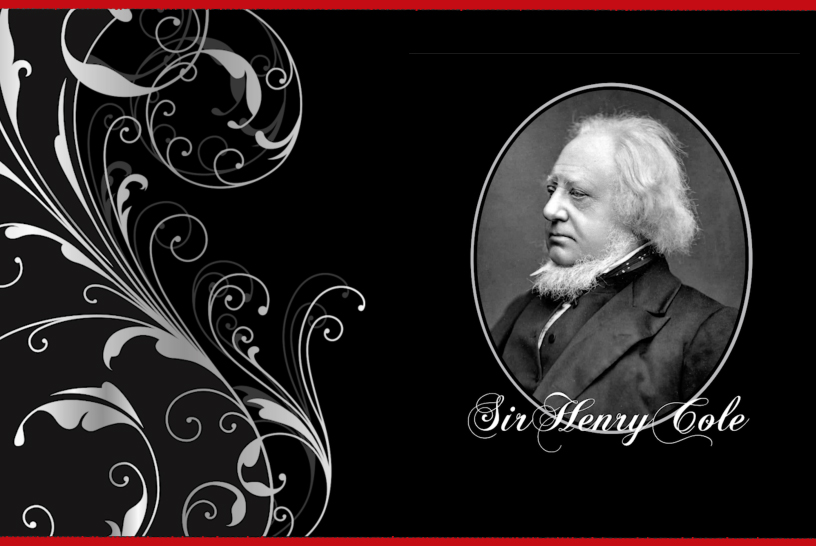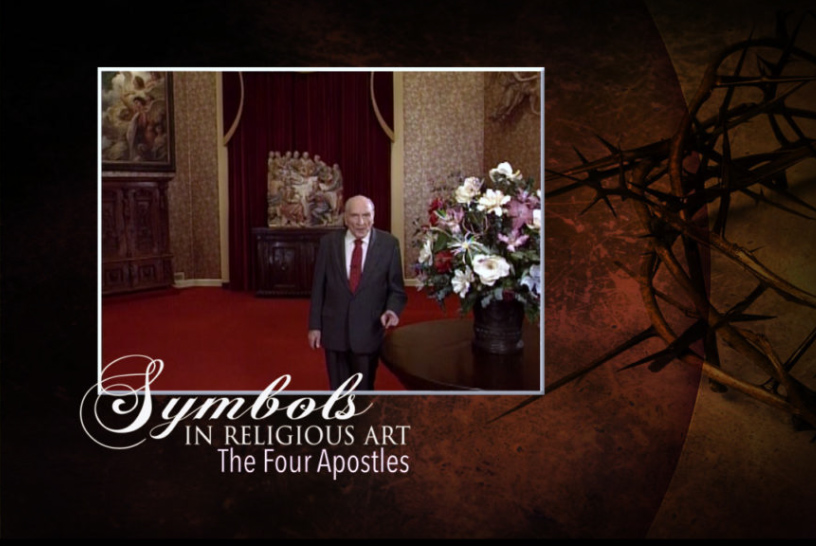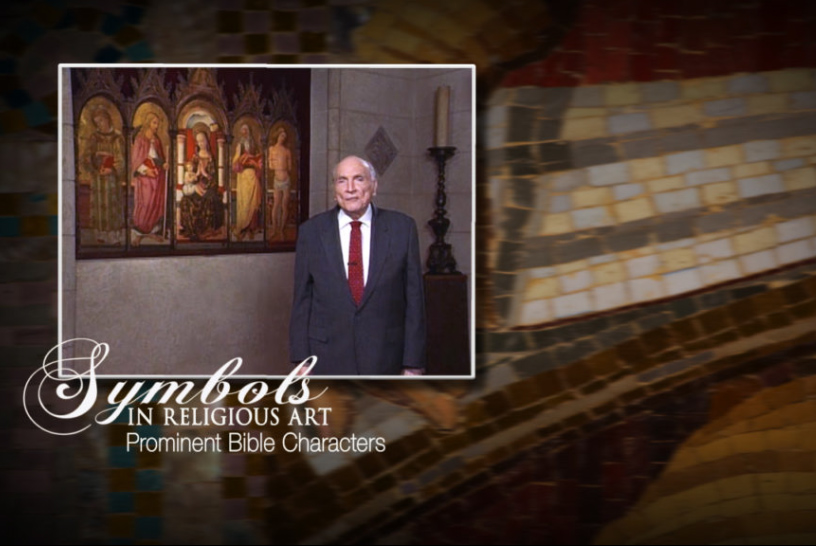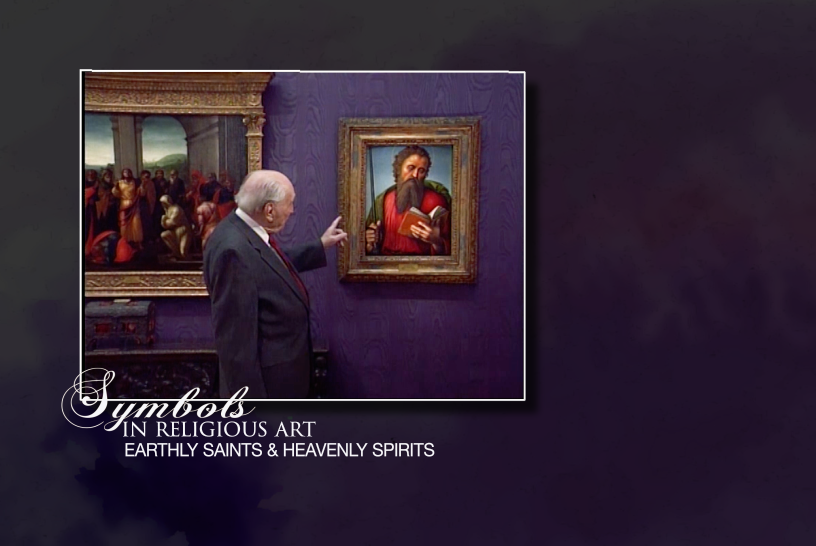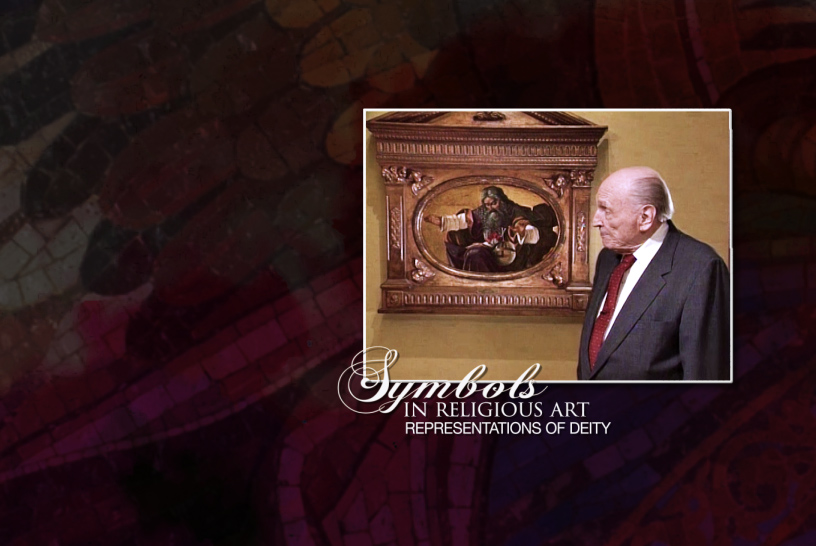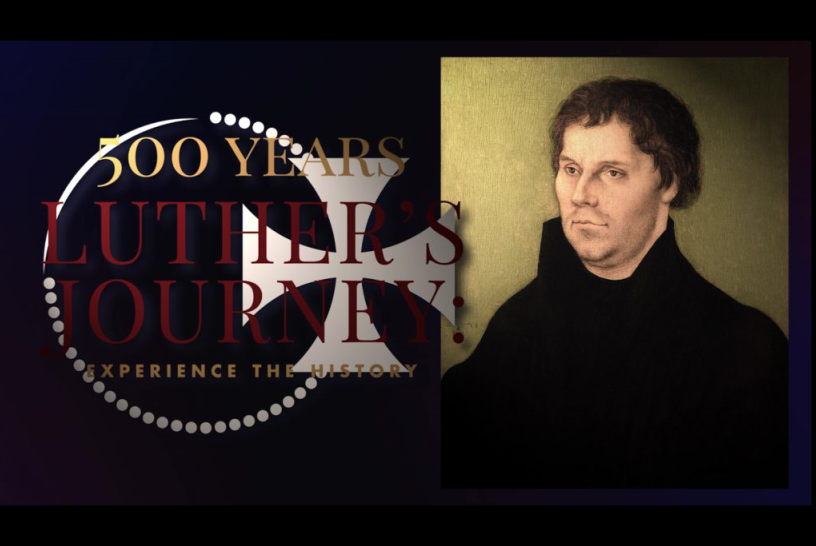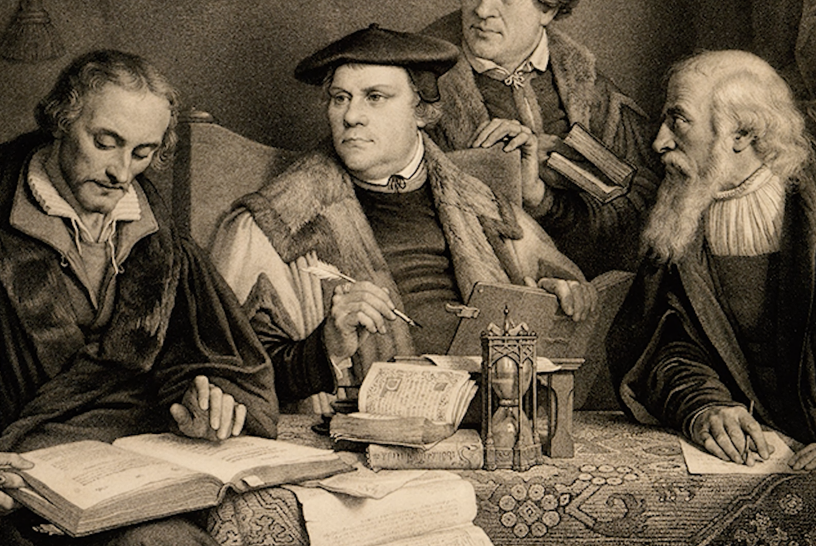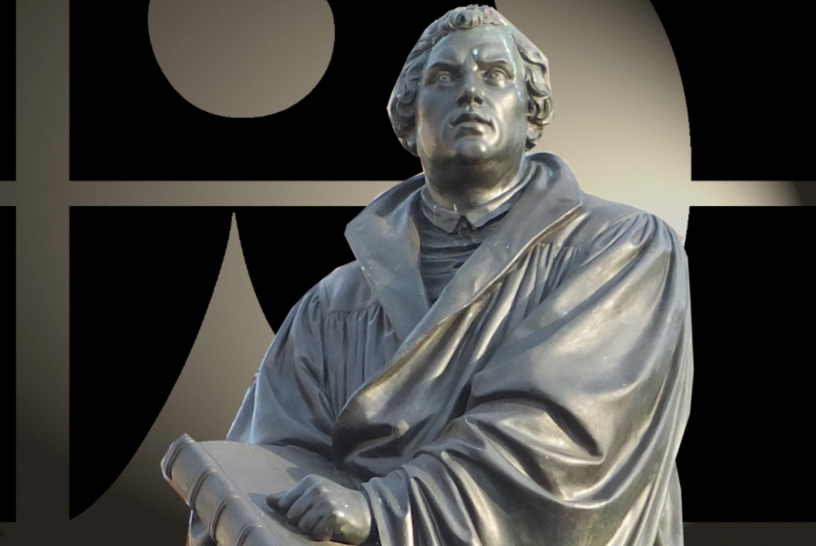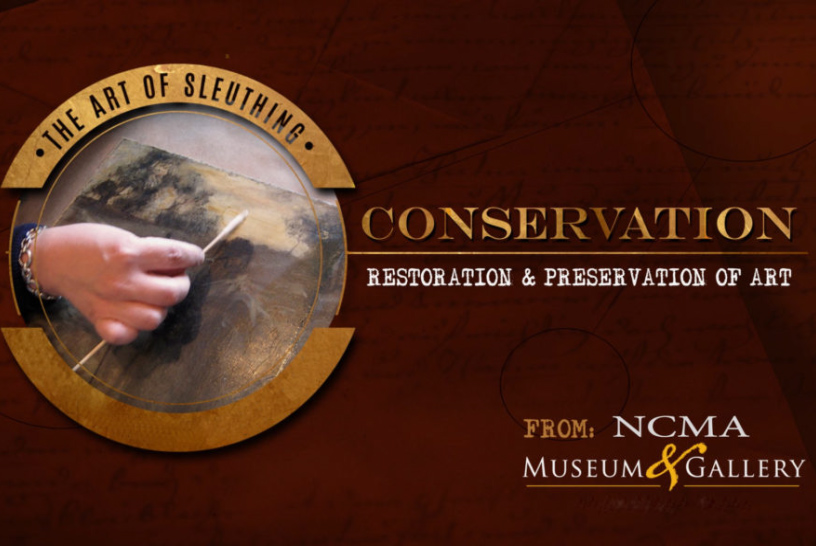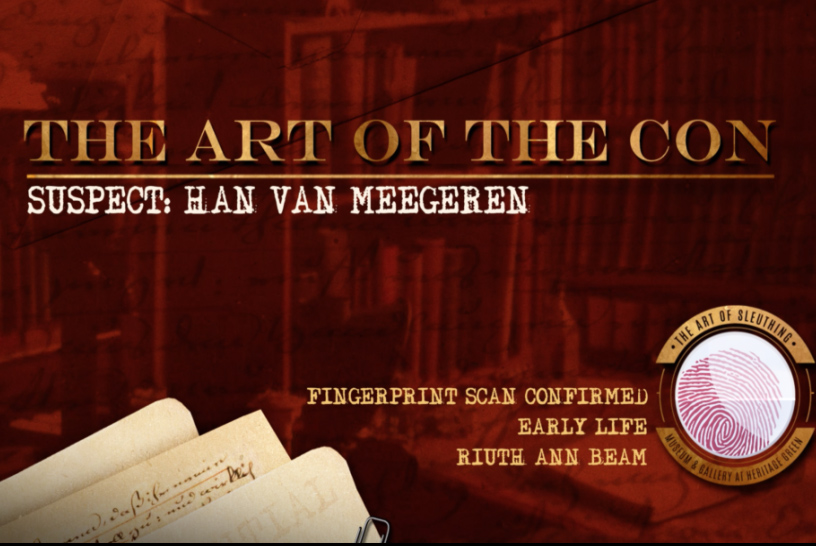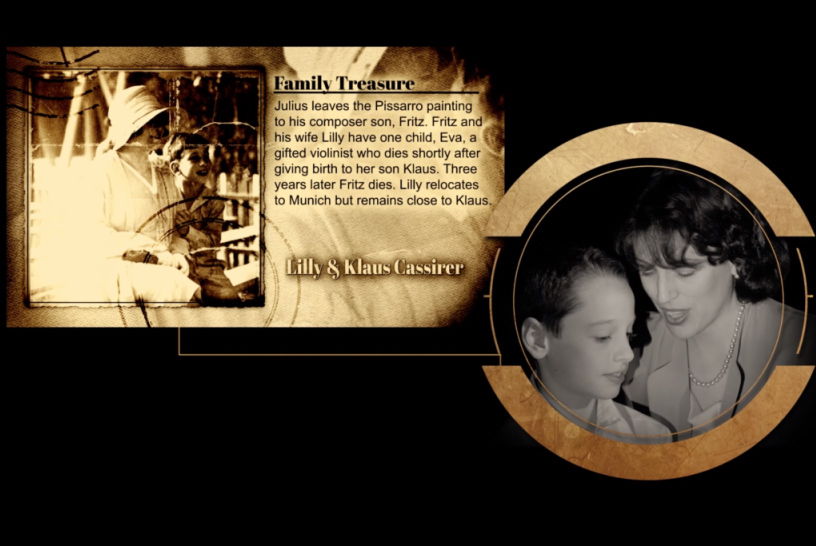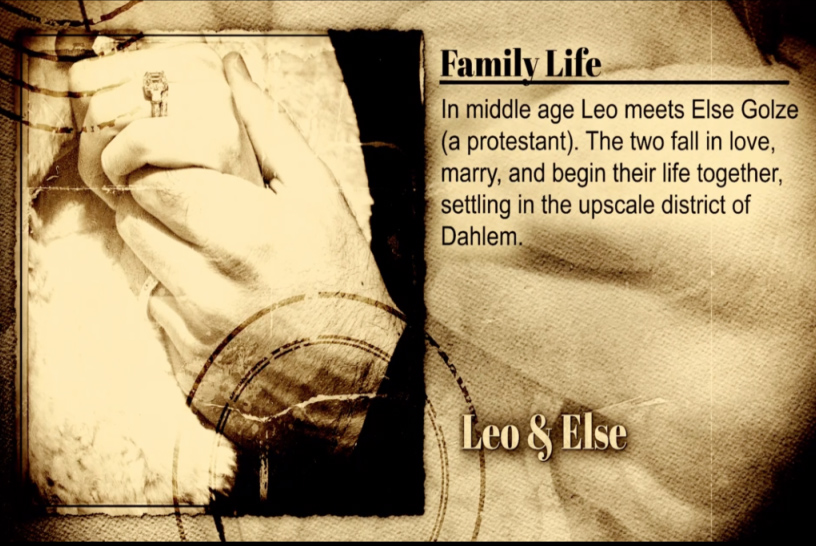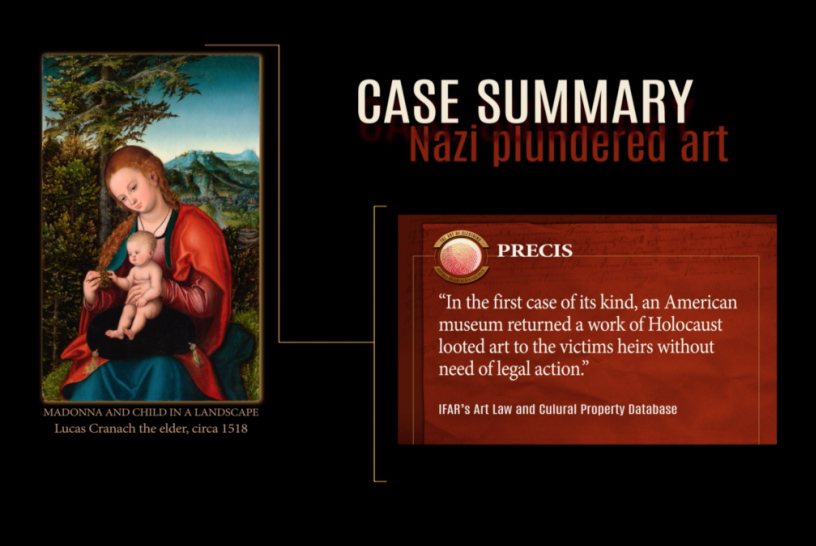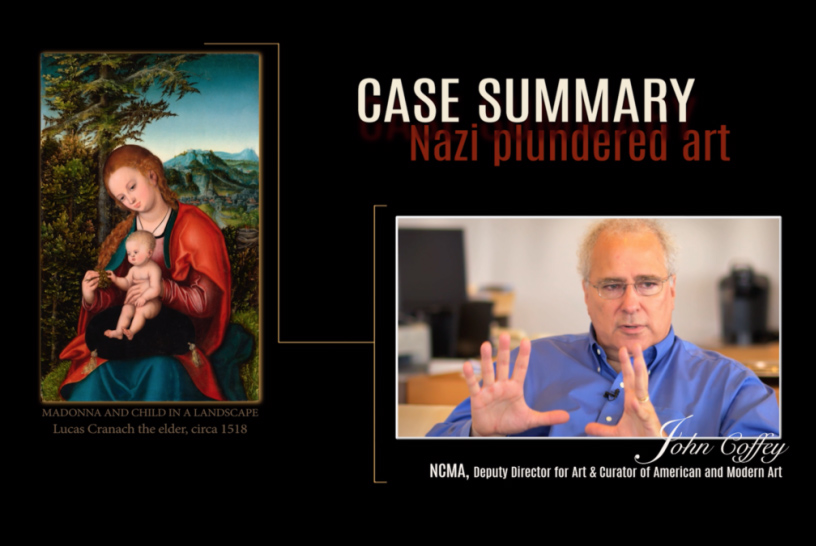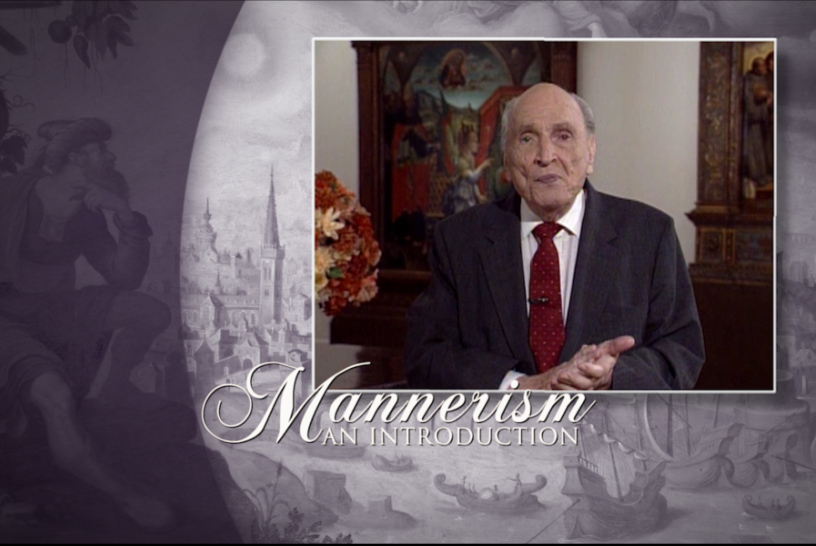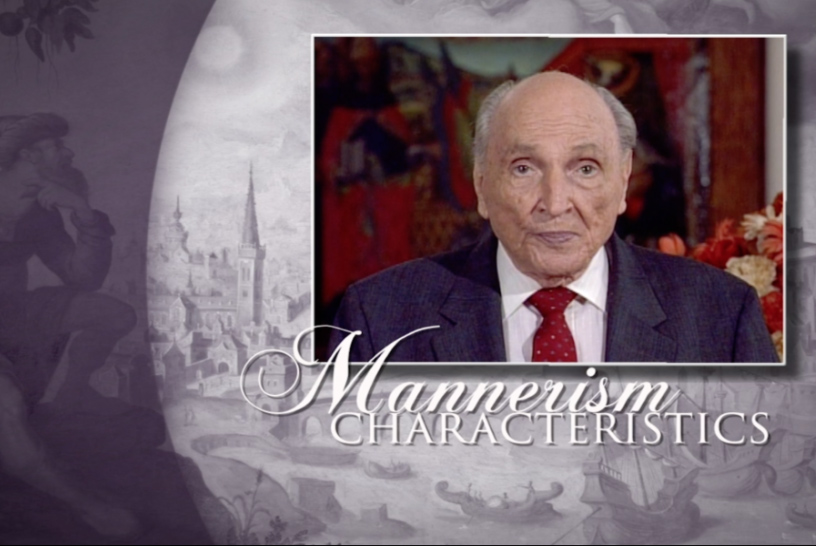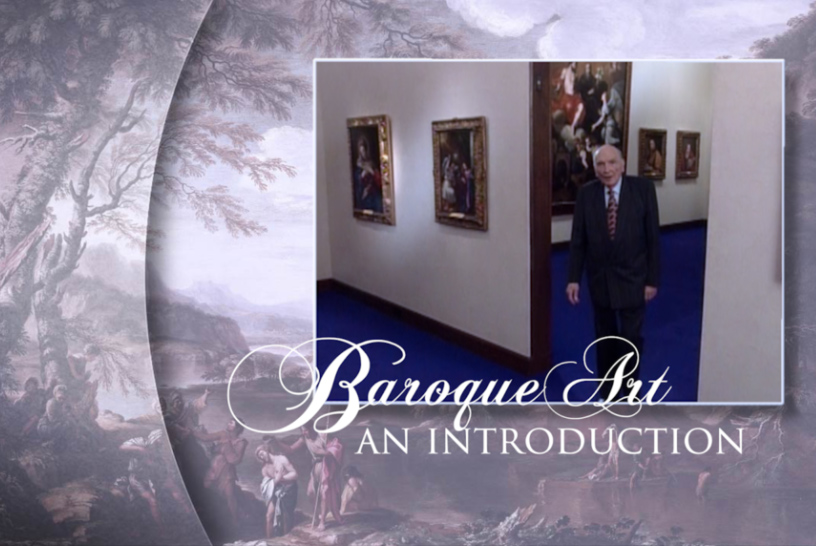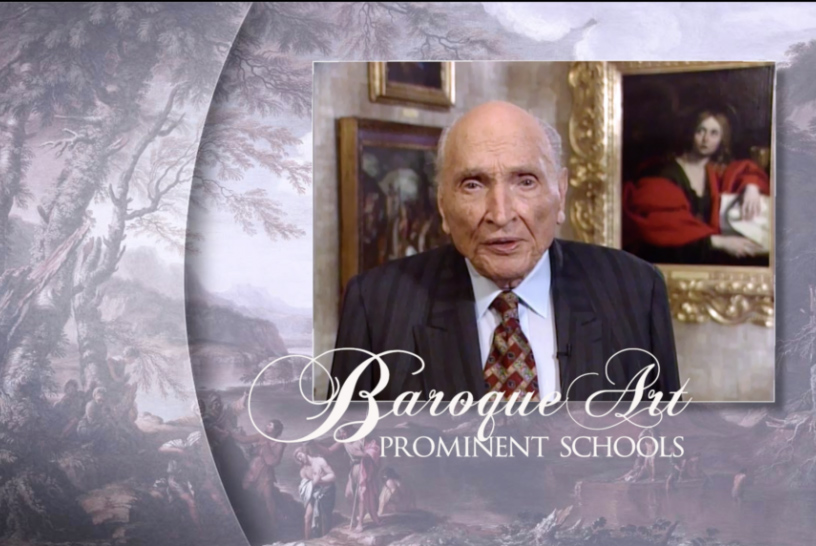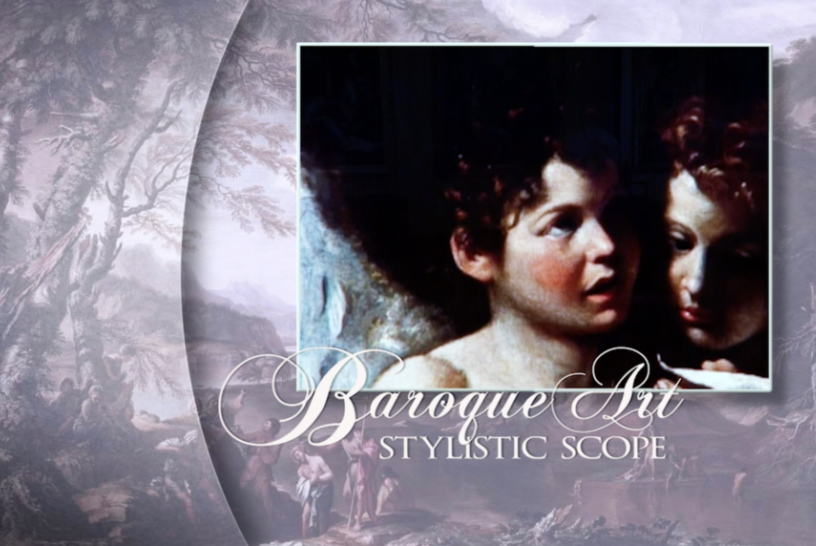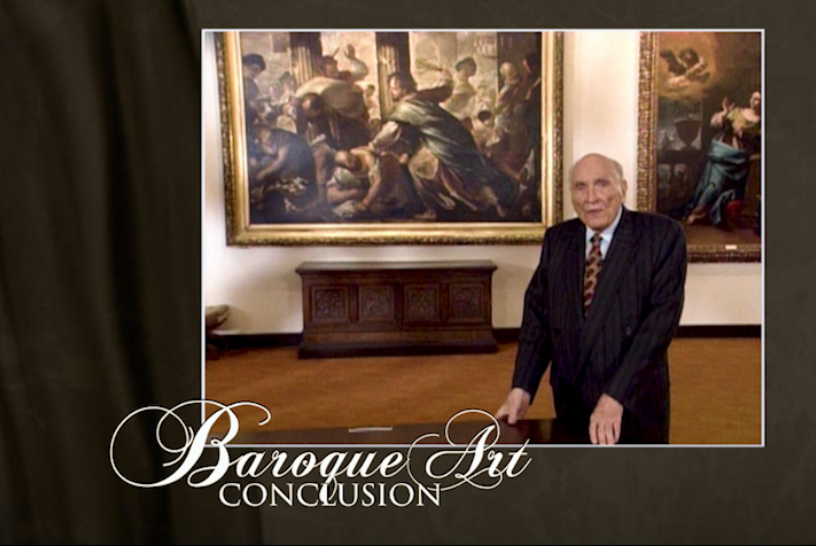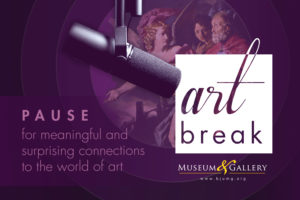Take a closer look at objects in the collection to discover fascinating details in the materials, narrative, or artists. Each clip will help you better understand the past as well as enjoy the objects in M&G’s collection.
Category Archives: Instagram
Art is a record of ideas and messages from the past, reflecting its own time and culture. Sometimes art’s culture is foreign to our own experiences and understanding today, which requires a translation in order for us to grasp the meaning of its intent and the significance in its time. Listen and learn about works of art and their context from M&G’s collection and others—it’s an opportunity to view the world beyond your twenty-first-century perspective and experience.
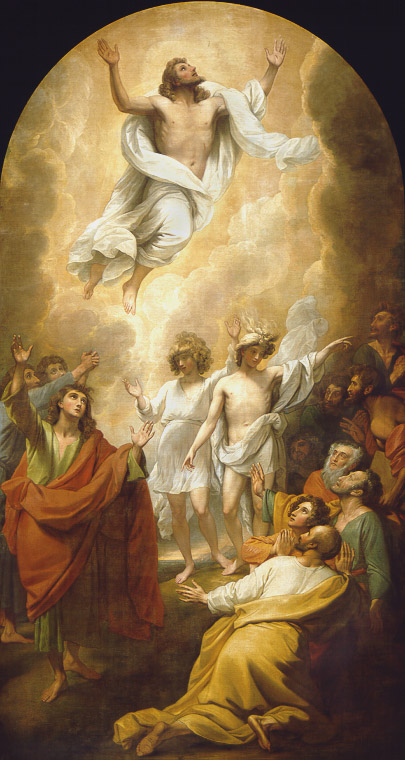
In 1963, the Museum & Gallery acquired seven canvases from Benjamin West’s large series, The Progress of Revealed Religion. Originally, King George III of England had commissioned West to paint this series for the king’s proposed private chapel, St. George’s, at Windsor Castle. However, because of the king’s illness and eventual madness, the chapel was never renovated, the entire series was never completed, and the paintings were never hung at Windsor. After West’s death, the completed part of the series was separated. Out of the thirteen known, extant works in the world from West’s series, seven of the paintings reside in the War Memorial Chapel on the campus of Bob Jones University.
If you’re interested in seeing the Benjamin West collection while M&G is closed, consider bringing a tour group. Learn more here.
These works from the series are represented in M&G’s Collection and on view:
The Ascension
St. Peter Preaching at Pentecost
Isaiah’s Lips Anointed with Fire
Christ Coming Up Out of the Jordan
Moses and Aaron before Pharaoh
Esau and Jacob Presented to Isaac
The Brazen Serpent
M&G Digital Homeschool Days: The Age of Antiquity
For Students ages 5-14
Join us for an exploration of ancient tombs, palaces, caves, and libraries in search of some of the secrets of the ancient world of art. Through engaging digital lessons and at-home art projects and activities, you’ll discover what contributions were made to art and culture by seven influential civilizations of the distant past.
Register HERE for the following digital lessons and resources:
- Sumer: Ingenious Innovators (FREE Lesson & Resources to sample)
- Assyria: The First Empire
- Babylon: The Jewel of Mesopotamia
- Egypt: From Tombs to Treasures
- Hebrew: A Chosen People
- Greece: Paving the Way for the World of Art
- Rome: Expansion & Influence
Roelandt Savery’s lifelong interest in studying and painting exotic animals and topography made him one of the most imaginative artists of the late sixteenth-early seventeenth centuries.
Bust of Athena
Porcelain
Unknown Sculptor, after Paul Duboy
French, 1860-1880
M&G’s magnificent porcelain bust of a female warrior presents the viewer with two fascinating mysteries.
Who Crafted It?
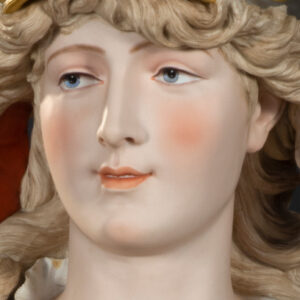 The bust has no signature or manufacture’s marks. The base does, but documented provenance of the piece, which dates to the mid-twentieth century, reveals that the base is not original to the sculpture. Experts have examined M&G’s bust and place its manufacture in France between 1860 and 1880. At that time similar, elaborately dressed busts were popular, and the techniques needed to produce the richly colored glazes for the clothing and accessories while leaving smooth, lightly colored biscuit porcelain for the skin and various details had been perfected. The contrast between the solid, smooth, glossy sections and the soft, matte texture of the biscuit sections heightens the visual interest of works like these.
The bust has no signature or manufacture’s marks. The base does, but documented provenance of the piece, which dates to the mid-twentieth century, reveals that the base is not original to the sculpture. Experts have examined M&G’s bust and place its manufacture in France between 1860 and 1880. At that time similar, elaborately dressed busts were popular, and the techniques needed to produce the richly colored glazes for the clothing and accessories while leaving smooth, lightly colored biscuit porcelain for the skin and various details had been perfected. The contrast between the solid, smooth, glossy sections and the soft, matte texture of the biscuit sections heightens the visual interest of works like these.
Paul Duboy (1830-1887), a French sculptor, exhibited his sculpture at the prestigious Paris Salon from 1853-1882. Duboy made and signed busts similar to M&G’s sculpture, which lacks his elaborate signature on its back. Yet, because of its similarity to his other works, authorities have suggested using “in the manner of” or “after” Paul Duboy.
Who Is This Female Warrior?
From the pantheon of candidates, the personification of the French Republic has been suggested. During the French Revolution, Marianne embodied the qualities valued by French citizens: liberty, equality, fraternity, and reason. M&G’s bust, however, lacks the Phrygian cap, laurel wreath or spiked diadem, and other visual symbols attributed to Marianne.
The Greek goddess Athena is a more likely candidate. Zeus, the chief Greek deity, was her father. Legend tells that Athena sprang full-grown from Zeus’s forehead dressed in complete Greek armor. As the goddess of war, Athena participated in the Trojan War and has generally been portrayed with a spear or bow and arrows. She was also the goddess of domestic handicrafts, animal husbandry, and wisdom. Generally, she used her wisdom to supply warriors with the tactics, strategy, and inspiration needed to defeat enemies. Animal symbols associated with Athena include the owl and snake, both representing wisdom (she also cursed Medusa with hair of snakes), and the horse referencing her teaching man how to tame the animal. While an unusual artistic reference, perhaps the horses on M&G’s helmet symbolize this lore. The eagle-winged dragon atop M&G’s helmet, however, has no known Athenian reference.
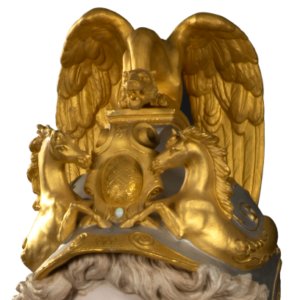 Another possible female warrior may be Minerva, the Roman version of Athena. The two share similar attributes, but the Roman goddess of war is usually depicted wearing an Attic helmet, which does not cover the face but often has ear guards, and may have decorative elements on top. Roman soldiers typically wore Attic helmets and variations were common after the fall of the Roman empire. M&G’s bust wears a greatly-modified and highly-decorated Attic helmet.
Another possible female warrior may be Minerva, the Roman version of Athena. The two share similar attributes, but the Roman goddess of war is usually depicted wearing an Attic helmet, which does not cover the face but often has ear guards, and may have decorative elements on top. Roman soldiers typically wore Attic helmets and variations were common after the fall of the Roman empire. M&G’s bust wears a greatly-modified and highly-decorated Attic helmet.
Virtually all artist renderings of both Athena and Minerva wear loose-fitting Greco-Roman garments, even when they wear armor. M&G’s bust is elaborately dressed and draped in the manner of many busts from the period of its manufacture. She also wears hints of decorative gold armor and a massive, ornate gold chain.
Some of the busts produced in this period are identified as famous individuals and with a name included on the sculpture. Most, however, are simply beautiful works of art with generic titles, not based on any specific individual. M&G’s bust may simply be a beautiful porcelain piece by an unknown, skilled artist depicting a female warrior.
The bust has presented more mysteries than answers. However, if you examine the piece closely you can be assured of two things: you will be impressed with its artistic quality and beauty, and you will gain a better understanding of the phrase “a porcelain complexion.”
Bill Pinkston, retired educator and M&G volunteer
Published 2024
For students of ALL ages: click and print the coloring sheet, then find inspiration in the Old Master’s original to create your own version! Share your work with others on social media and tag the Museum & Gallery!
Esther Accusing Haman by Jan Victors, Dutch (1619–after 1676)
For a printable coloring sheet click HERE.
The Heavenly Shepherd by Bartolomé Esteban Murillo, Spanish (1617–1682)
For a printable coloring sheet click HERE.
Joseph Sold into Bondage by His Brethren by Giovanni Battista Carlone, Genoese (1603–1684)
For a printable coloring sheet click HERE.
Rest on the Flight to Egypt by Francesco Granacci, Florentine (1469–1543)
For a printable coloring sheet click HERE.
Madonna of the Chair by Unknown 19th-century Artist (copy of Raphael)
For a printable coloring sheet click HERE.
Through the years, M&G has developed topical videos to support the educational themes of our diverse exhibitions and outreaches. Enjoy learning about the people of the past through these varied glimpses.
ArtBreak 2021-2022: Celebrating the Landmarks
From providential start to creative adaptations to surprising future plans, M&G’s 70-year existence reveals a consistent focus and mission rooted in our history. Gain further insight to an internationally respected collection from a variety of speakers to understand the M&G of tomorrow—a museum intentionally designed to serve students of all ages and enrich the whole person—mind, heart, and soul.
We hosted six speakers, but were only able to record and transfer four into video from the series. Click on the banner above to view the series.
ArtBreak 2020-2021: An M&G Podcast Series
During Covid19 isolation, M&G adapted our monthly ArtBreak to a different format—a podcast to enjoy on any personal break! Like our normal in-person lunch and lecture construct, you’ll hear various M&G staff members and guests for each, roughly 35-minute program—in the comfort and safety of your own surroundings. Click on the banner above to listen to the diverse voices and perspectives toward various art topics.
